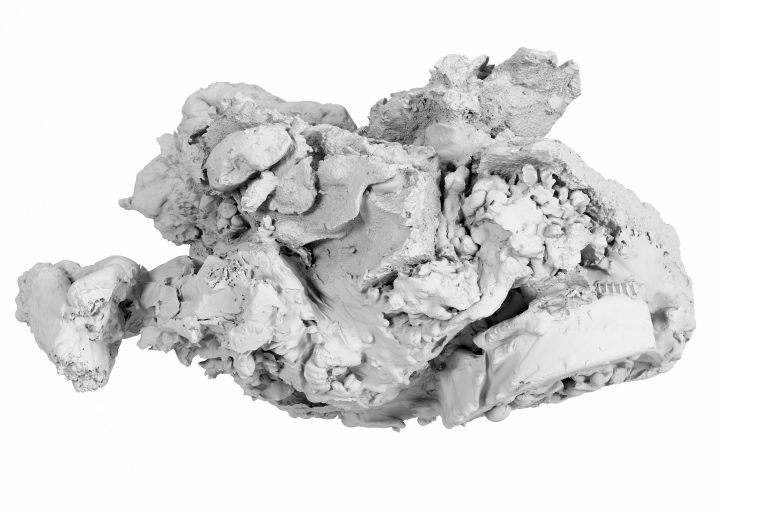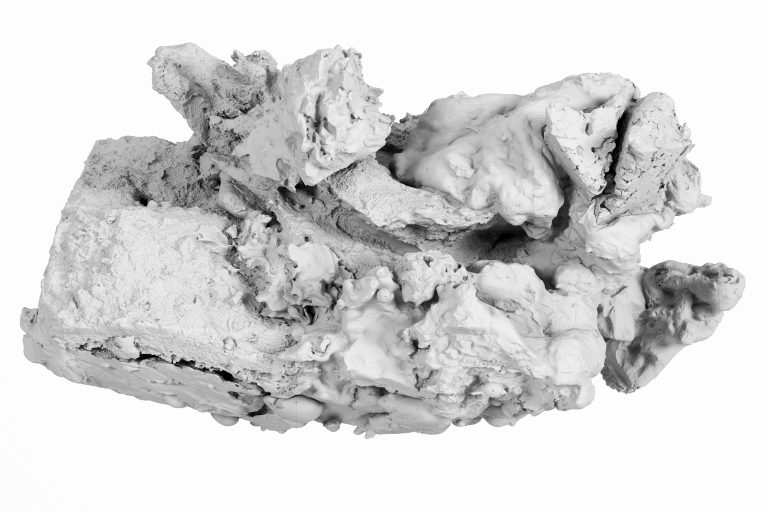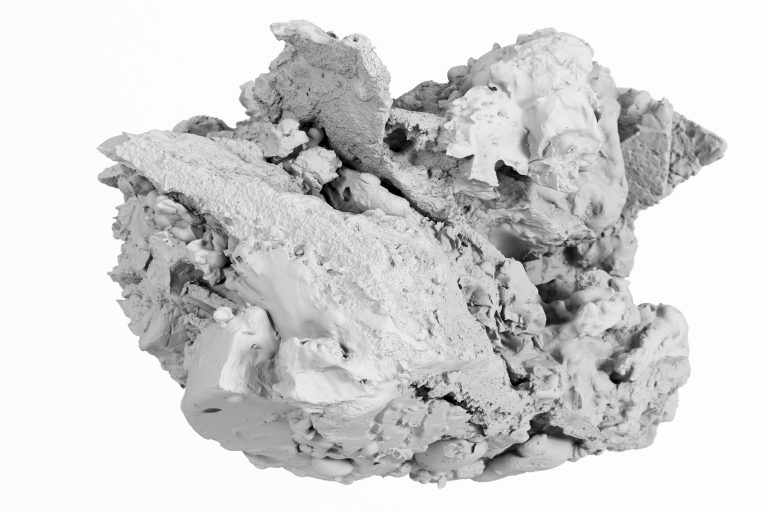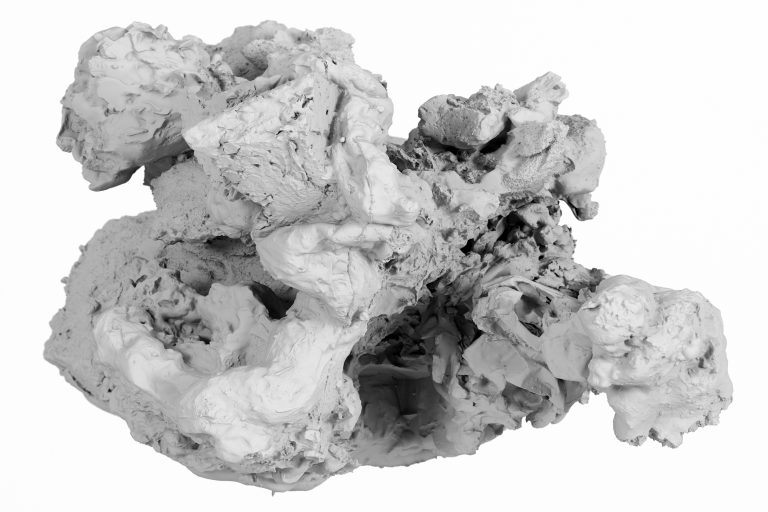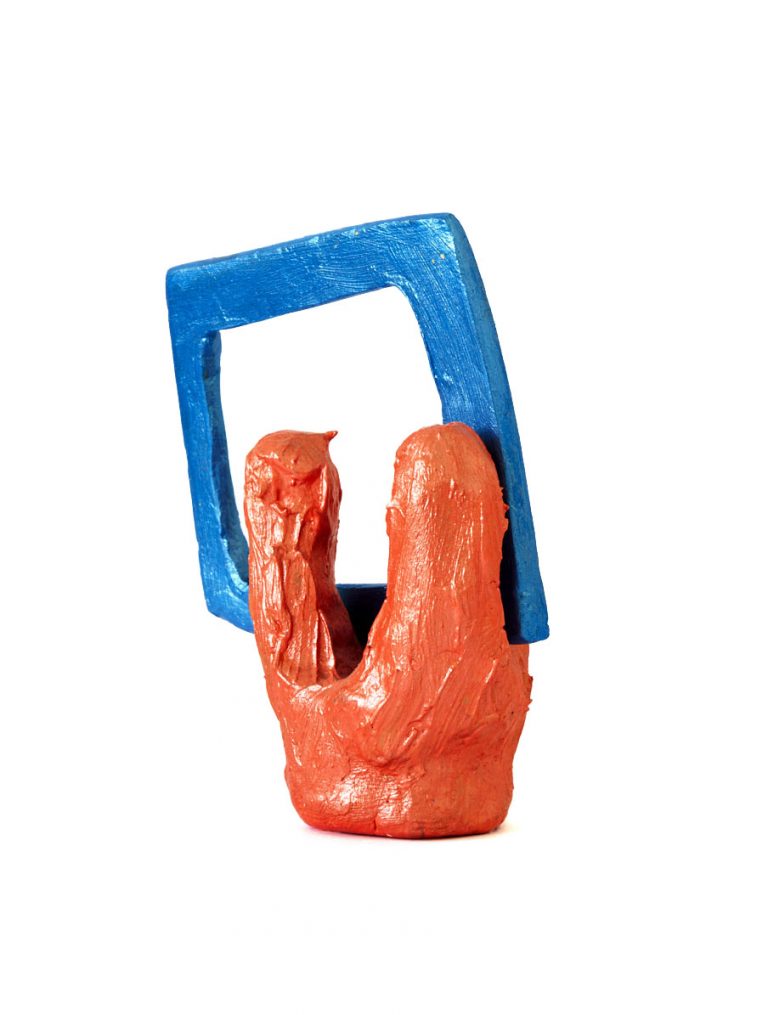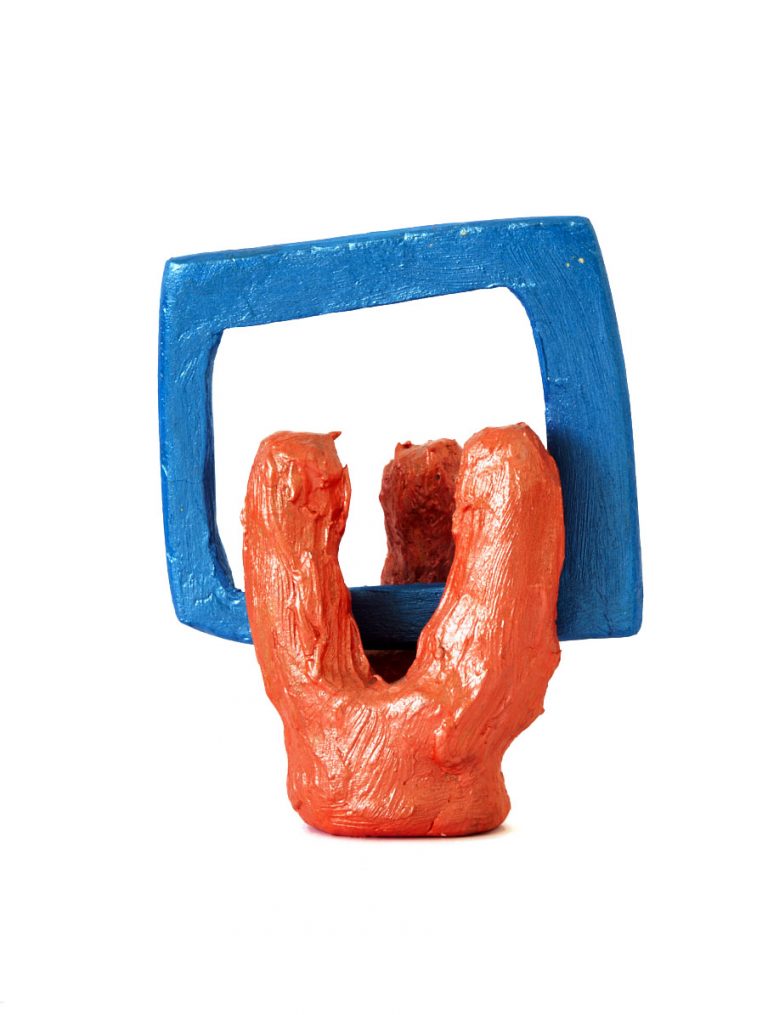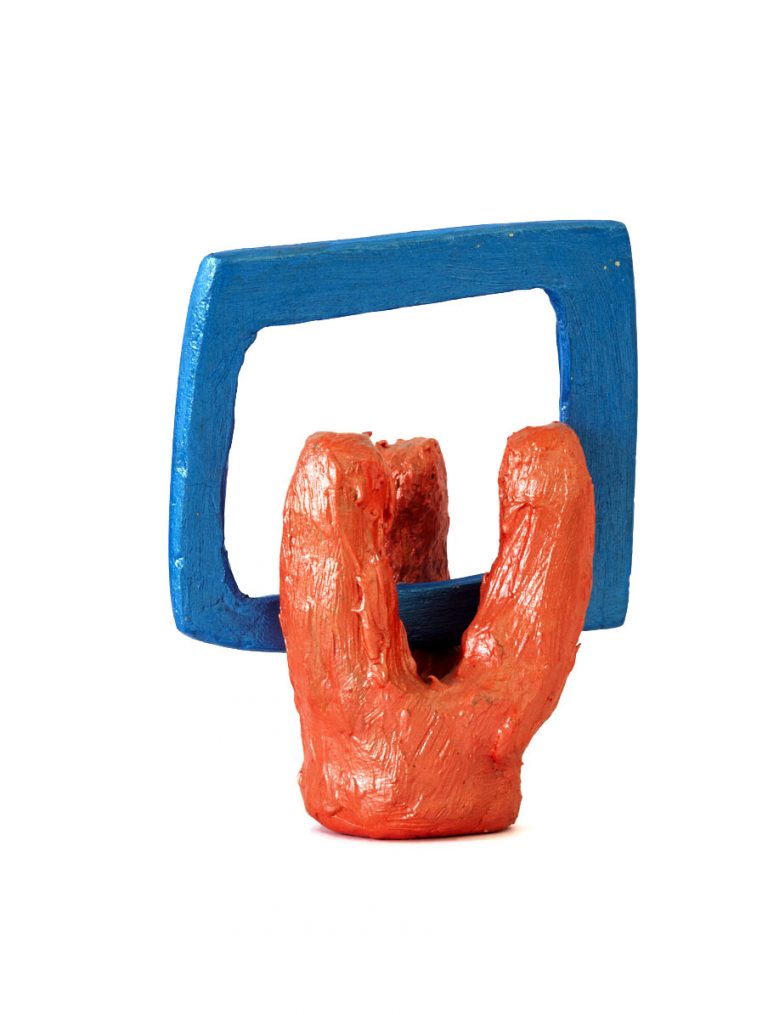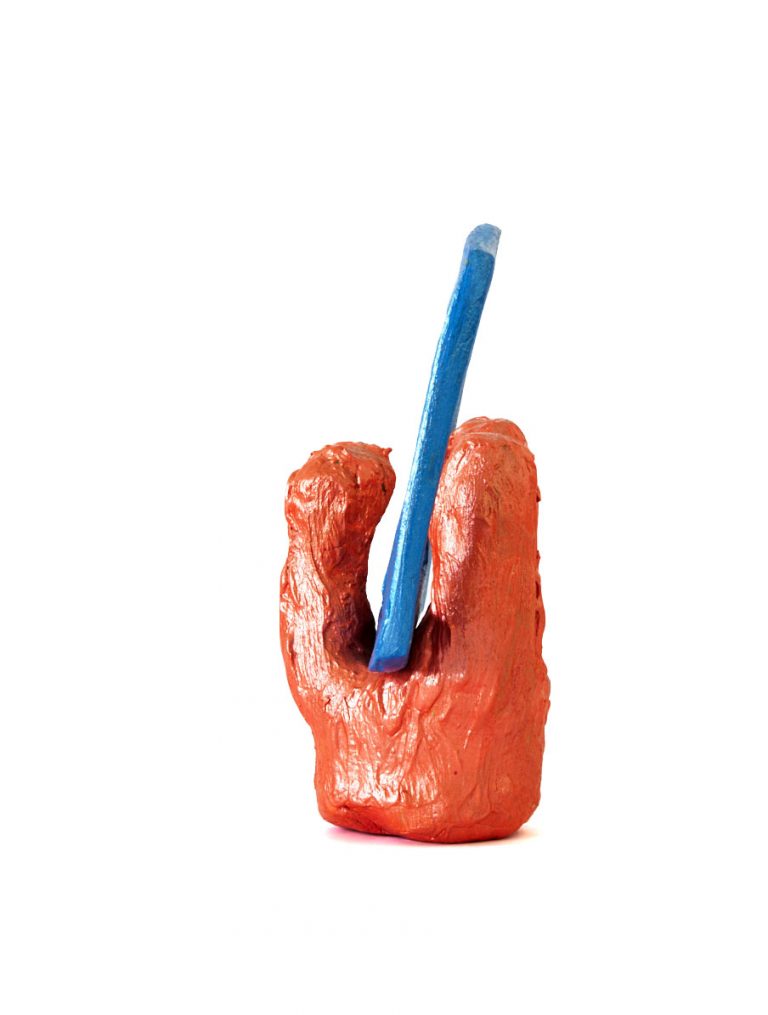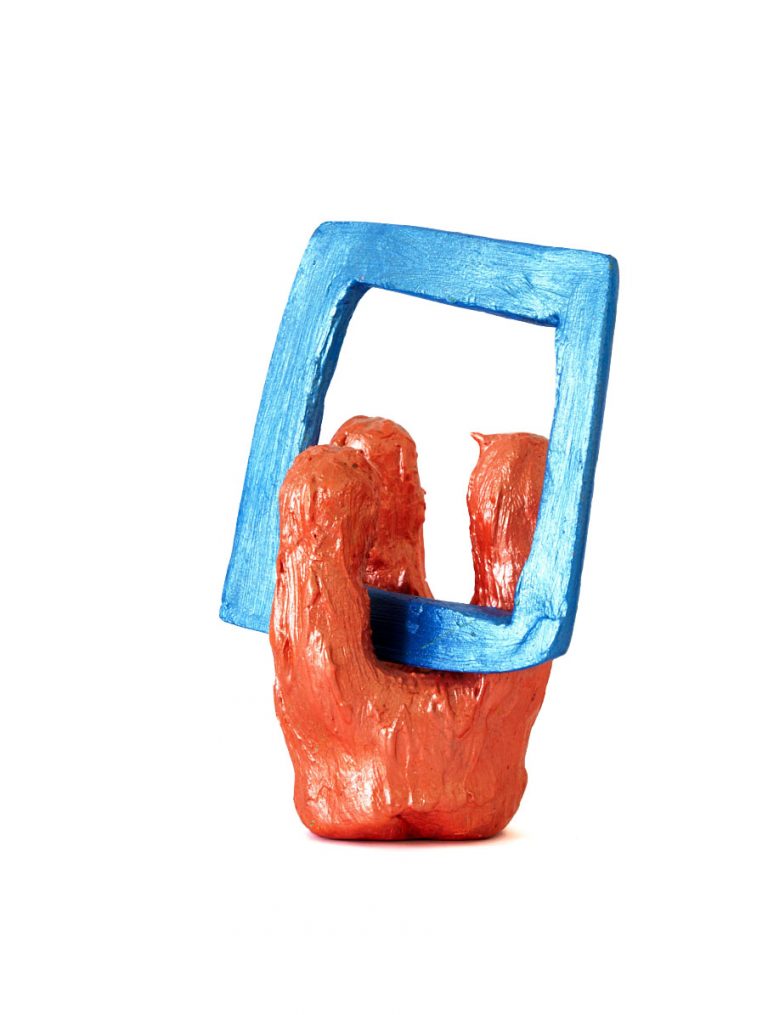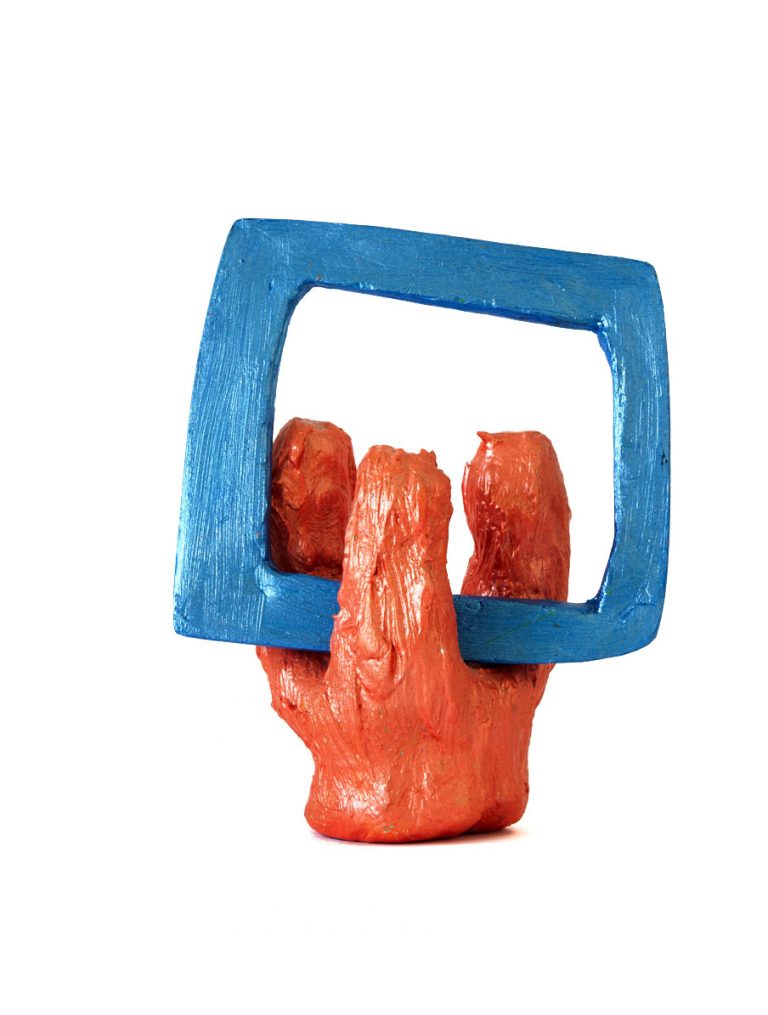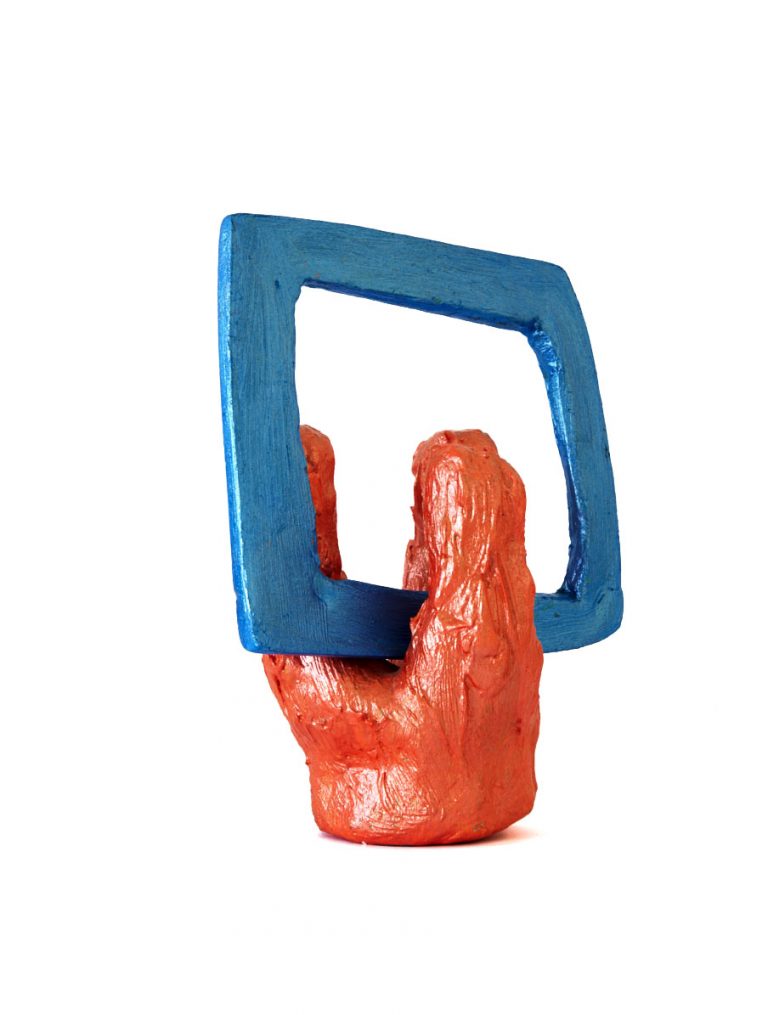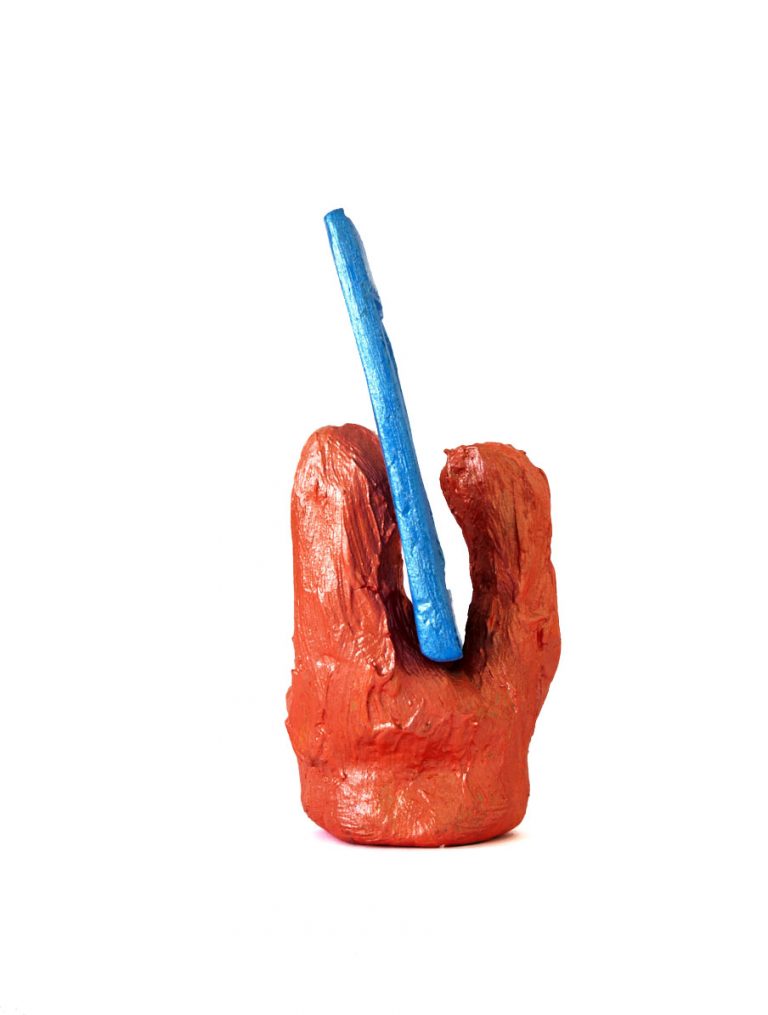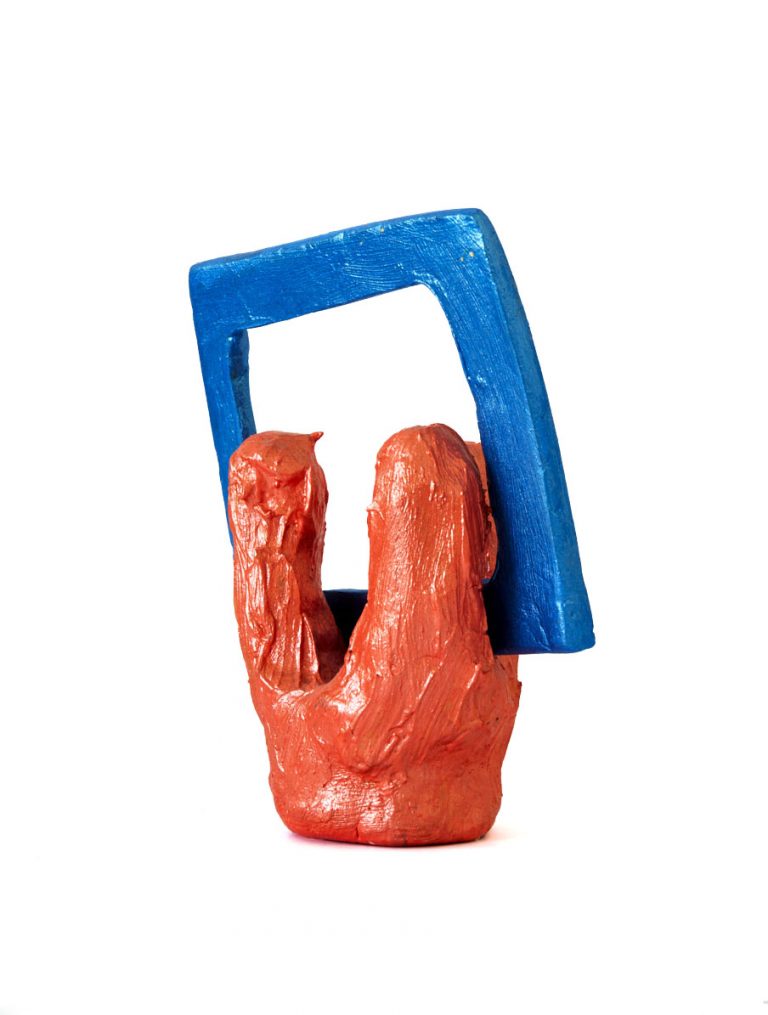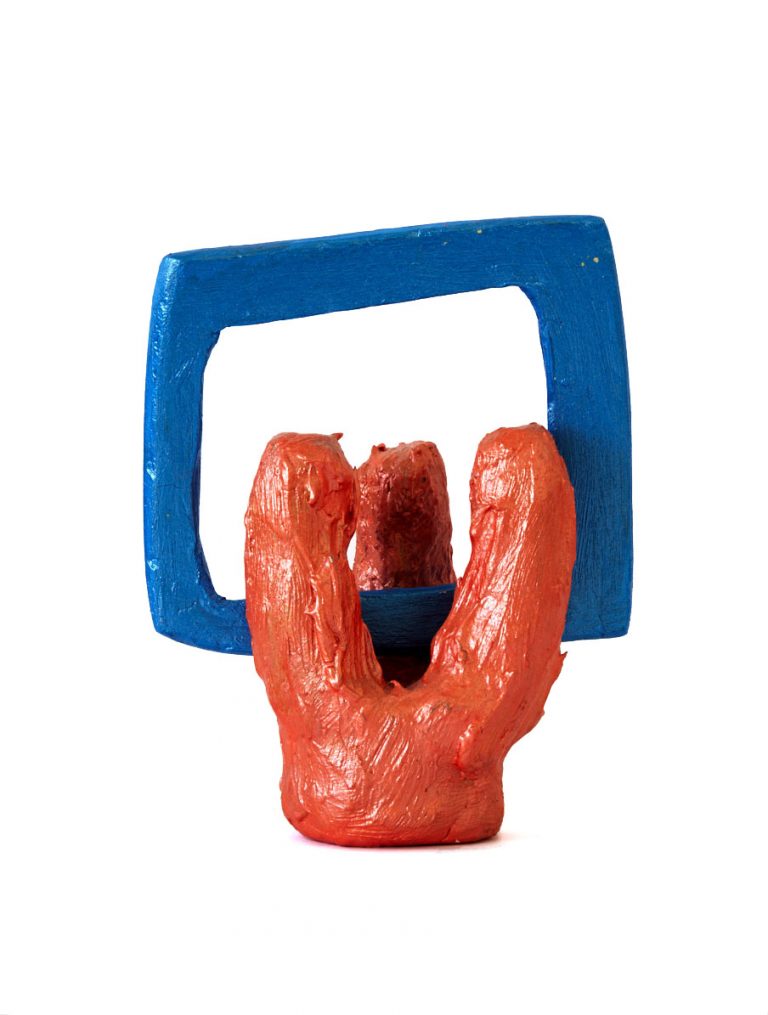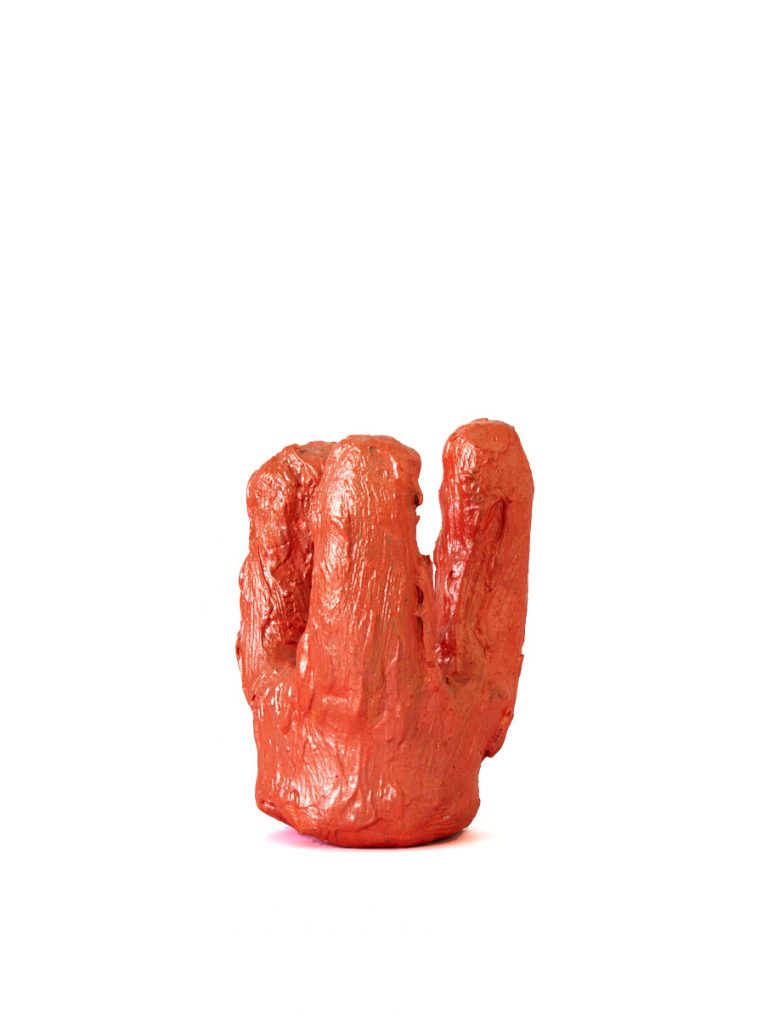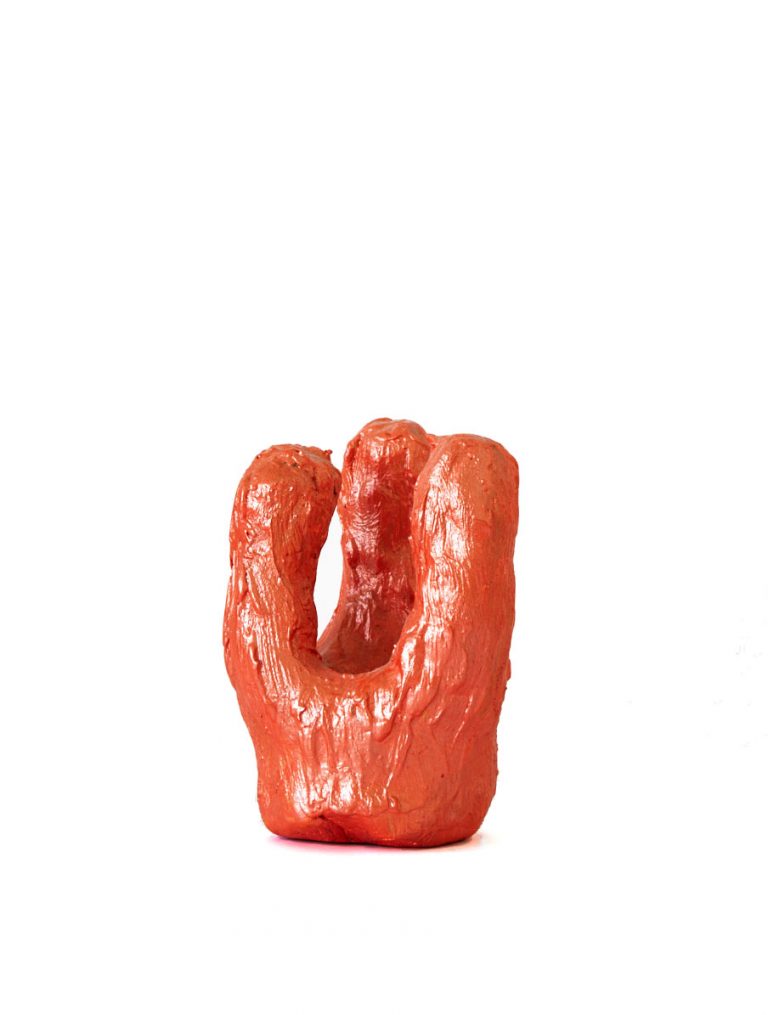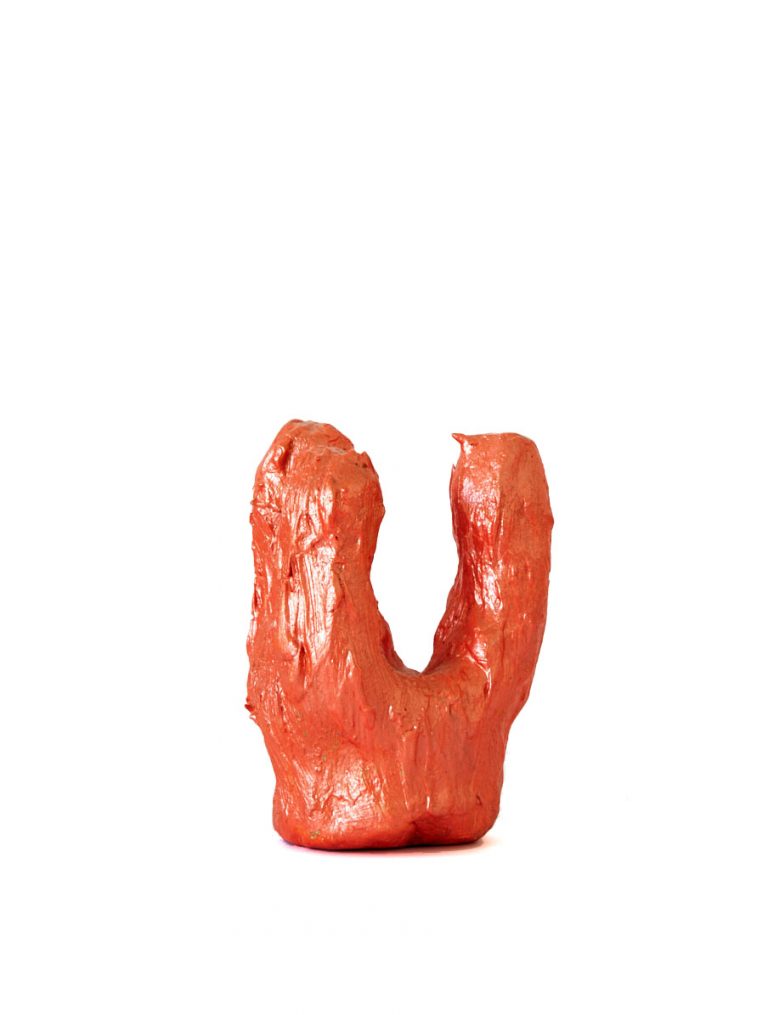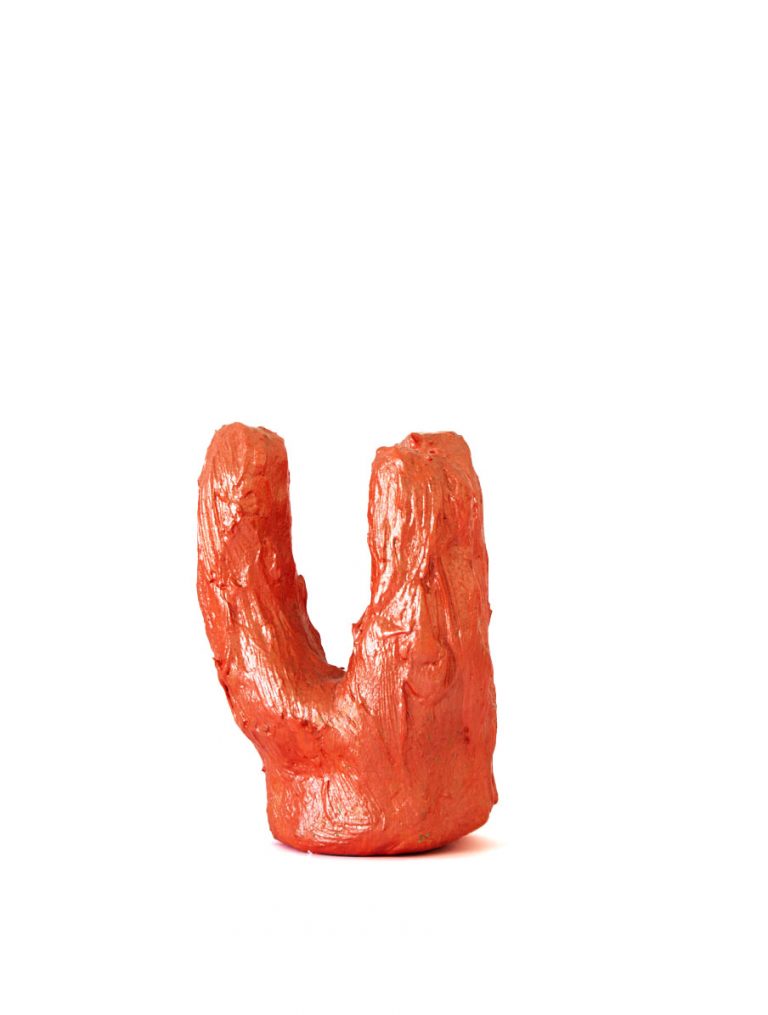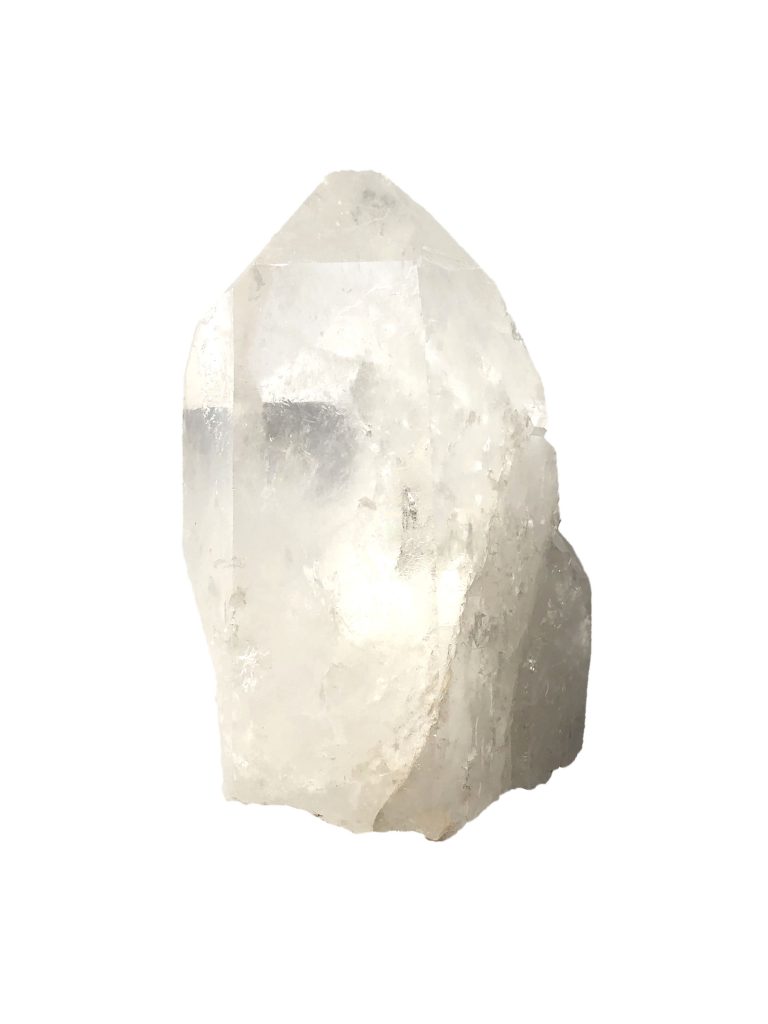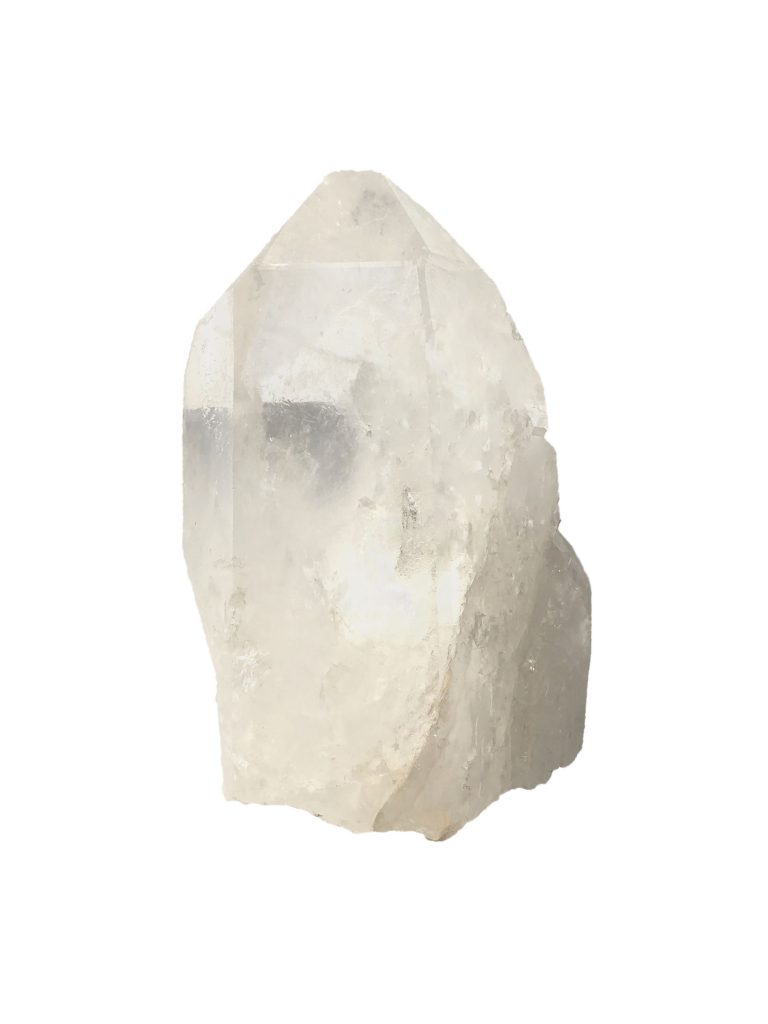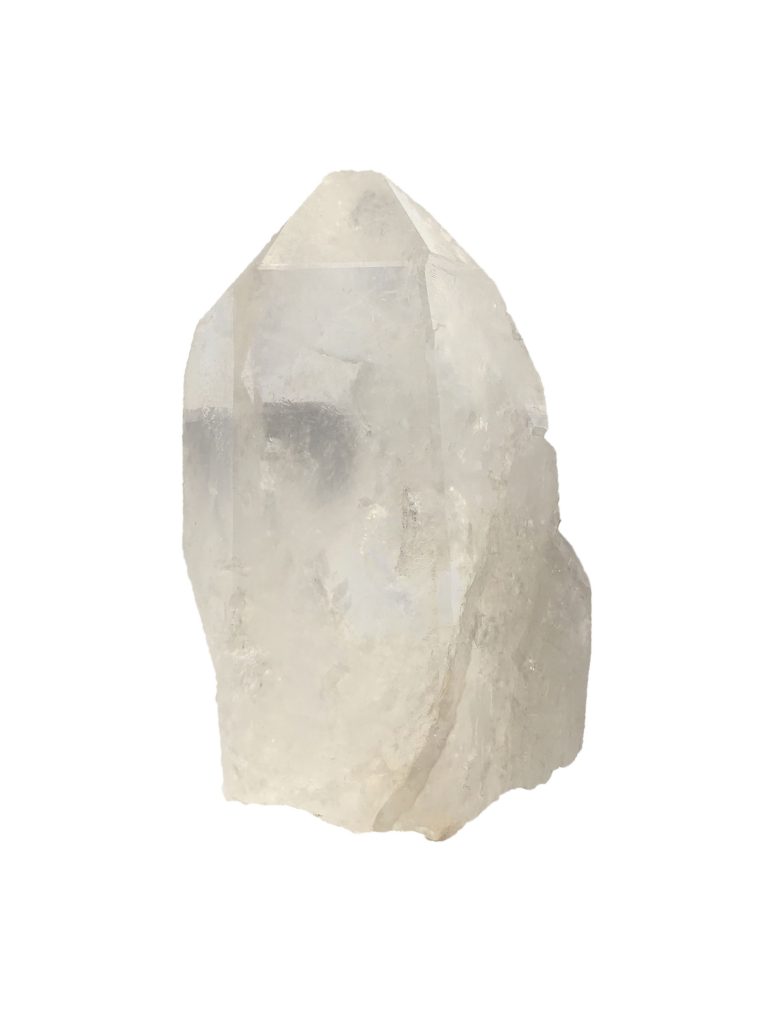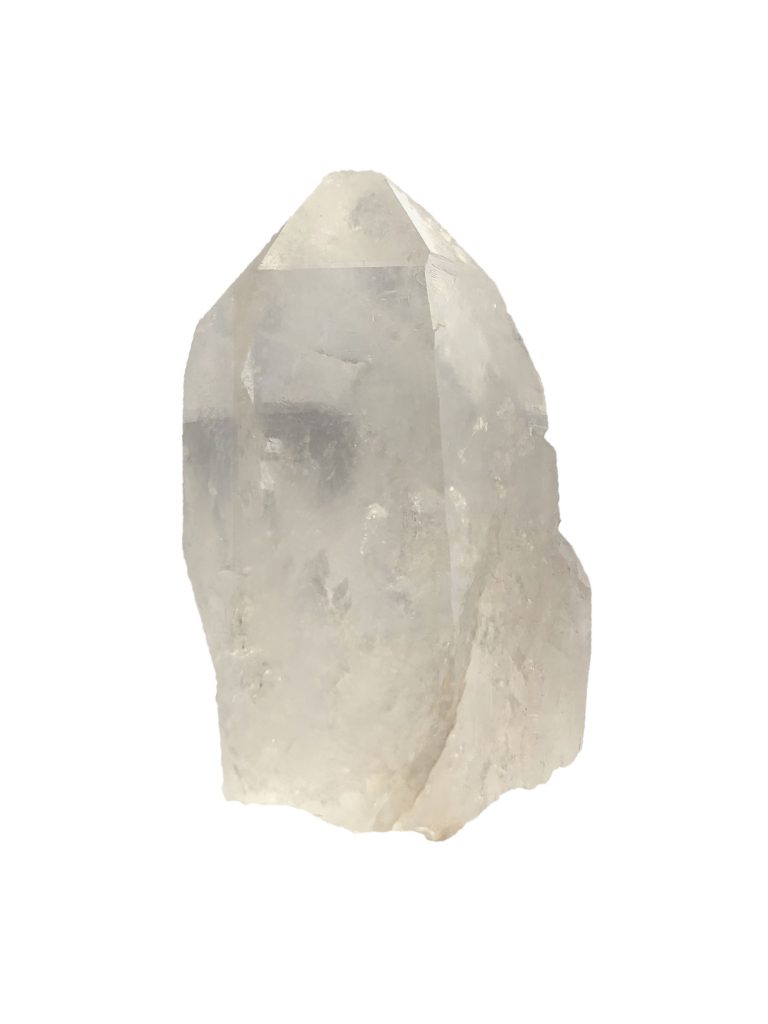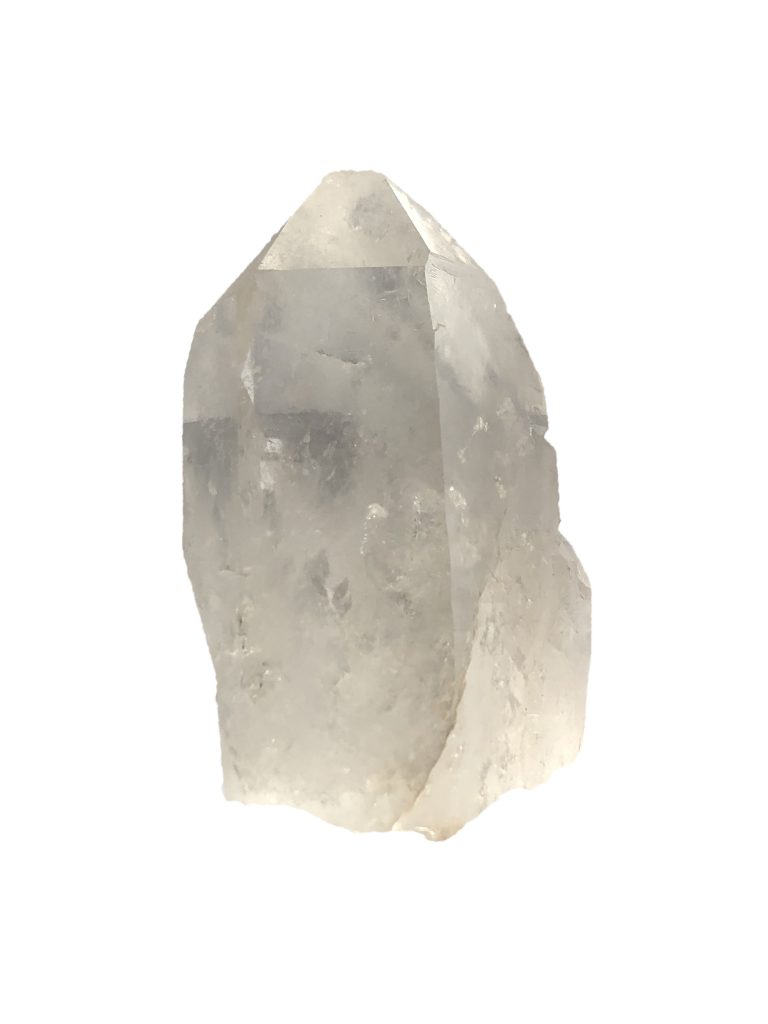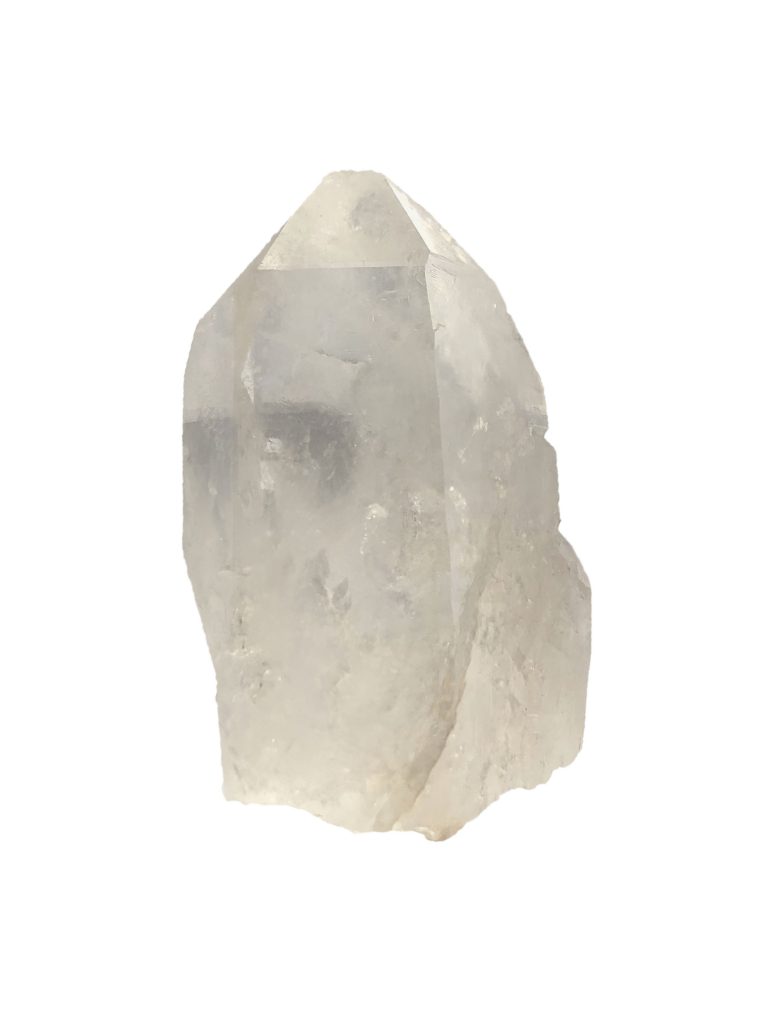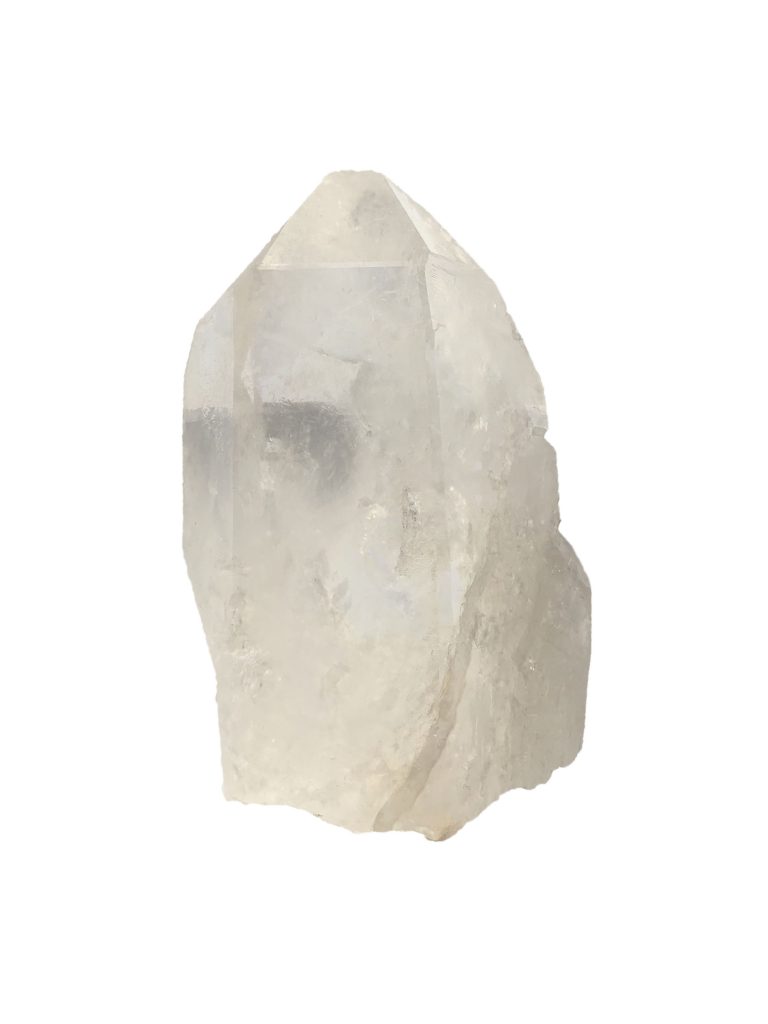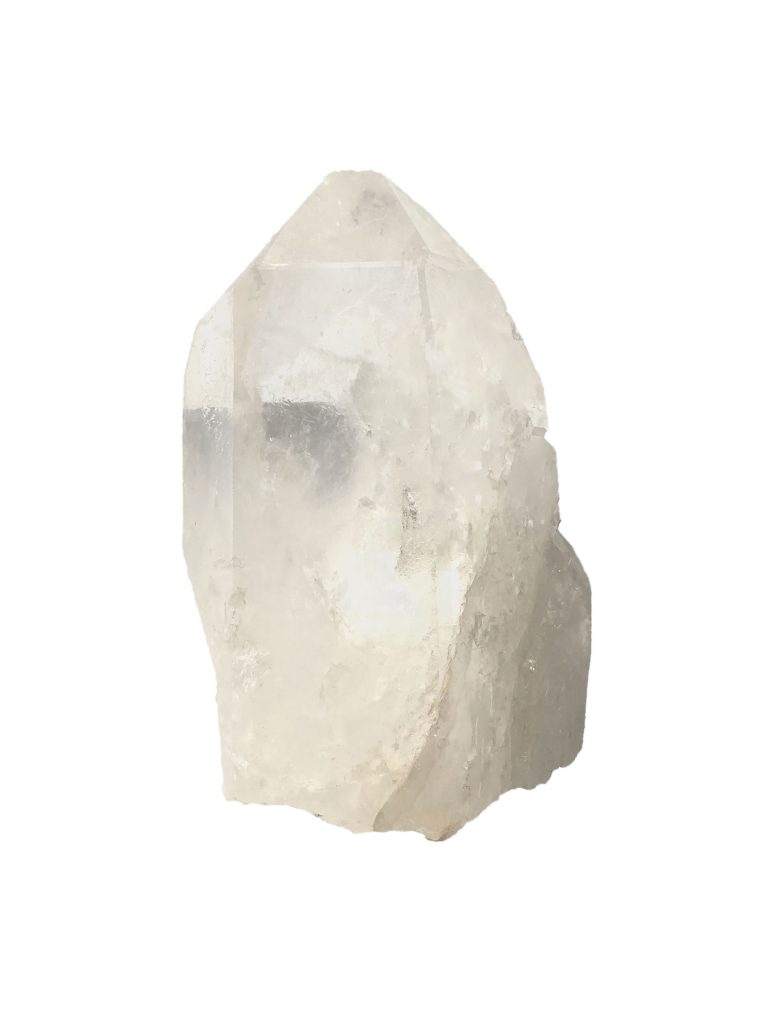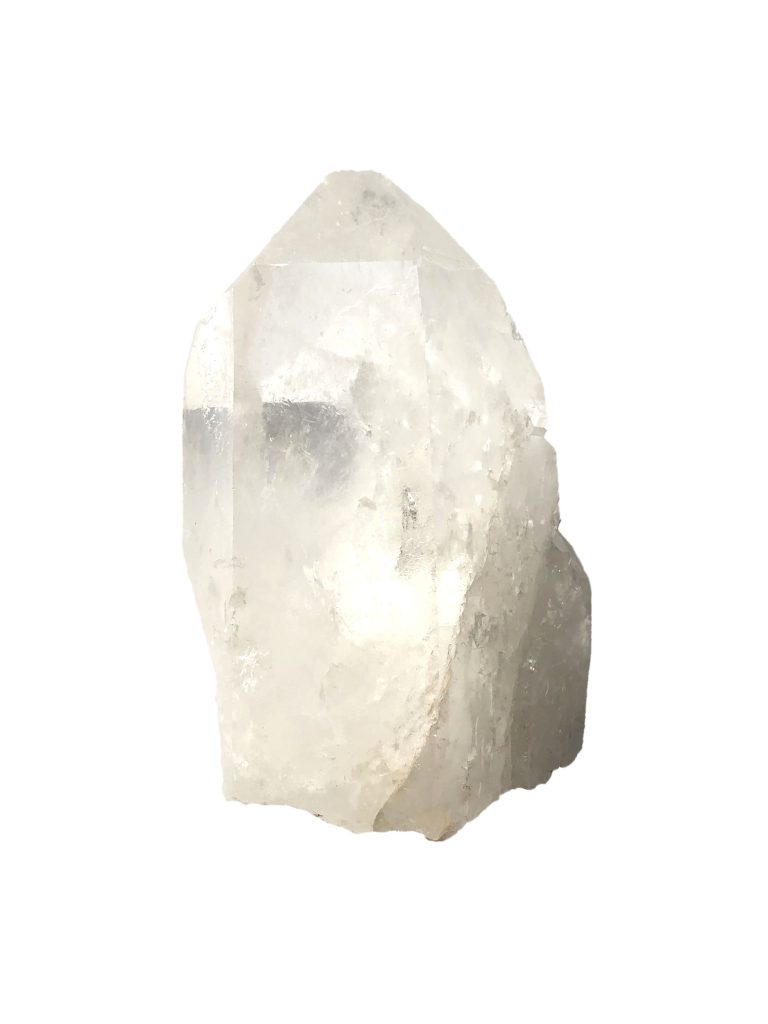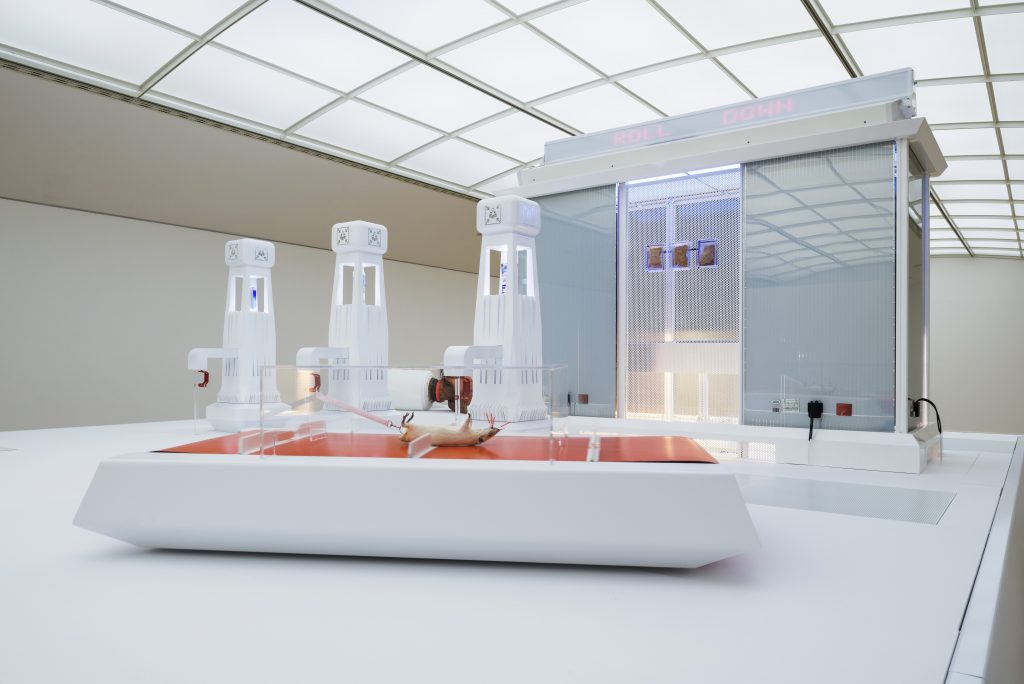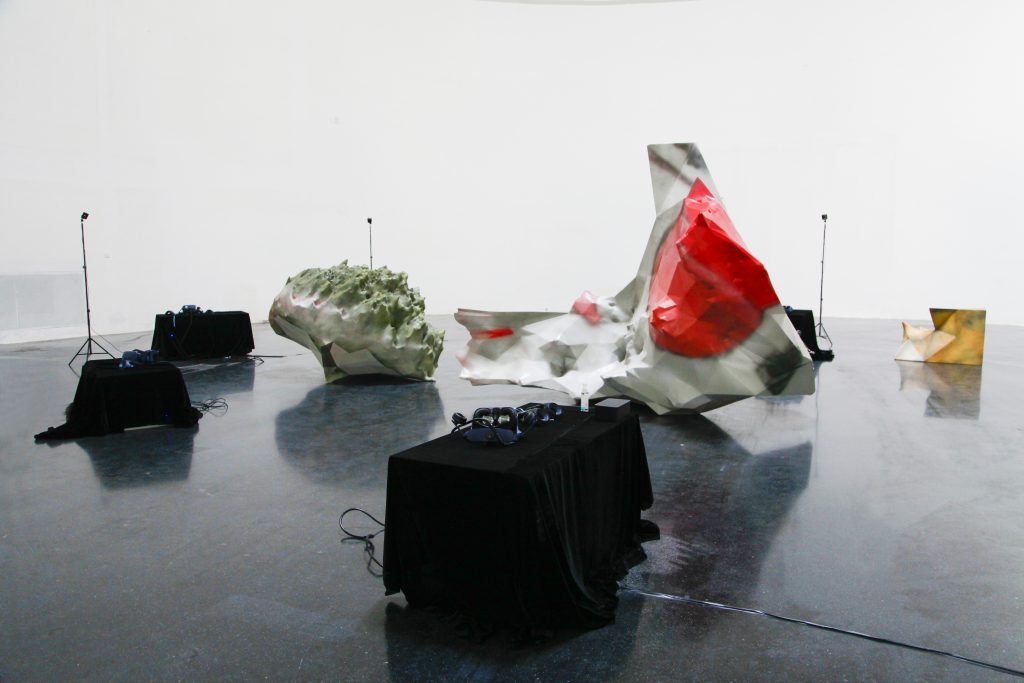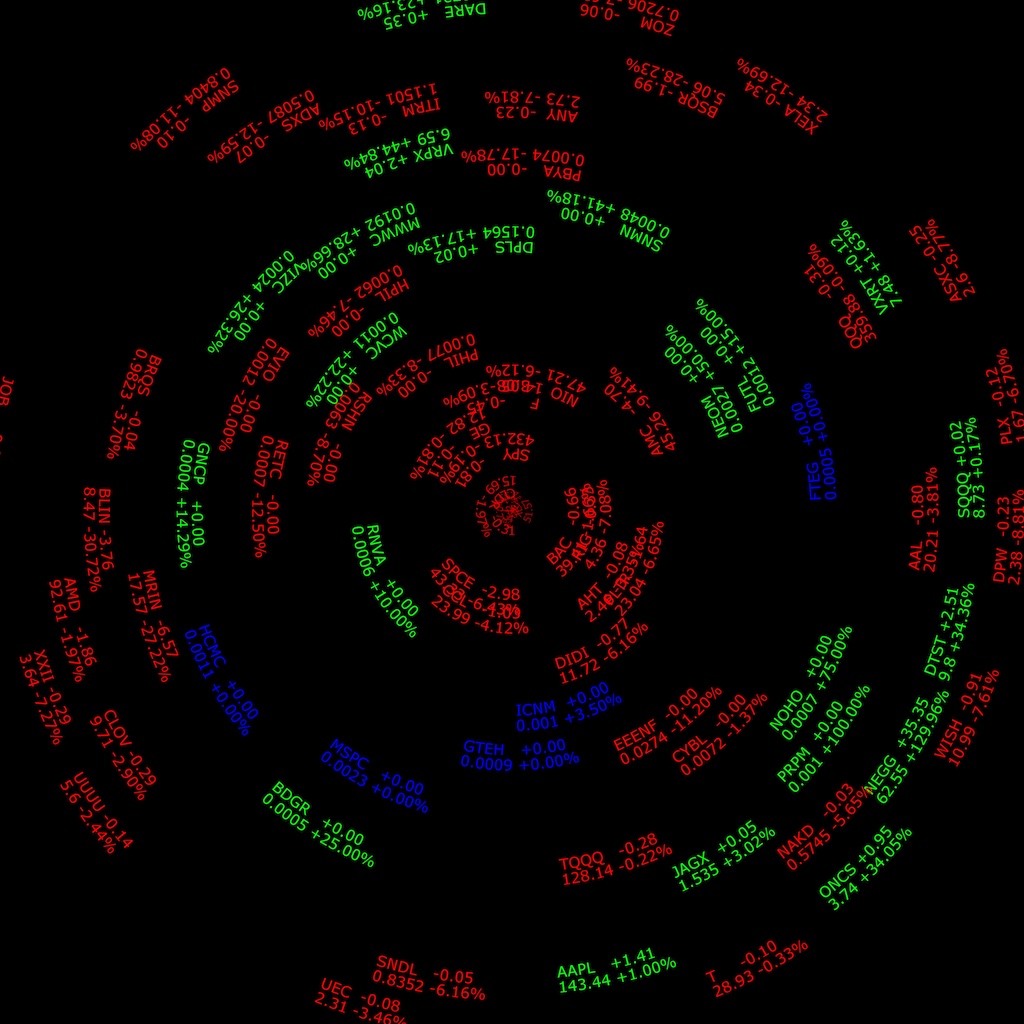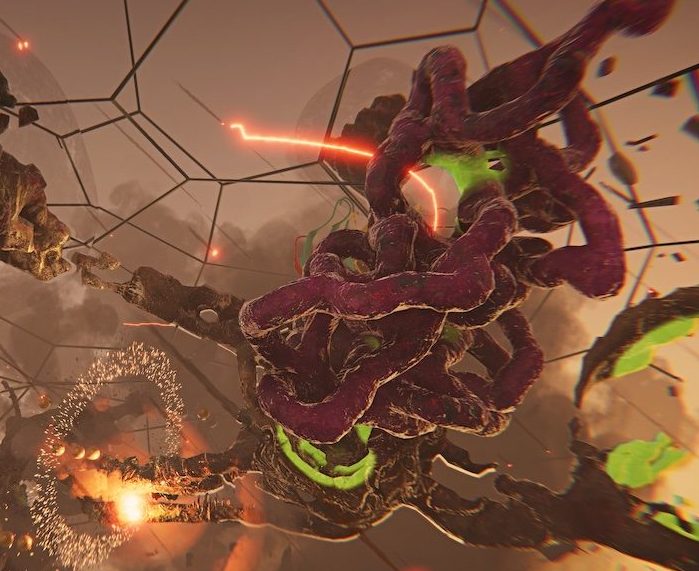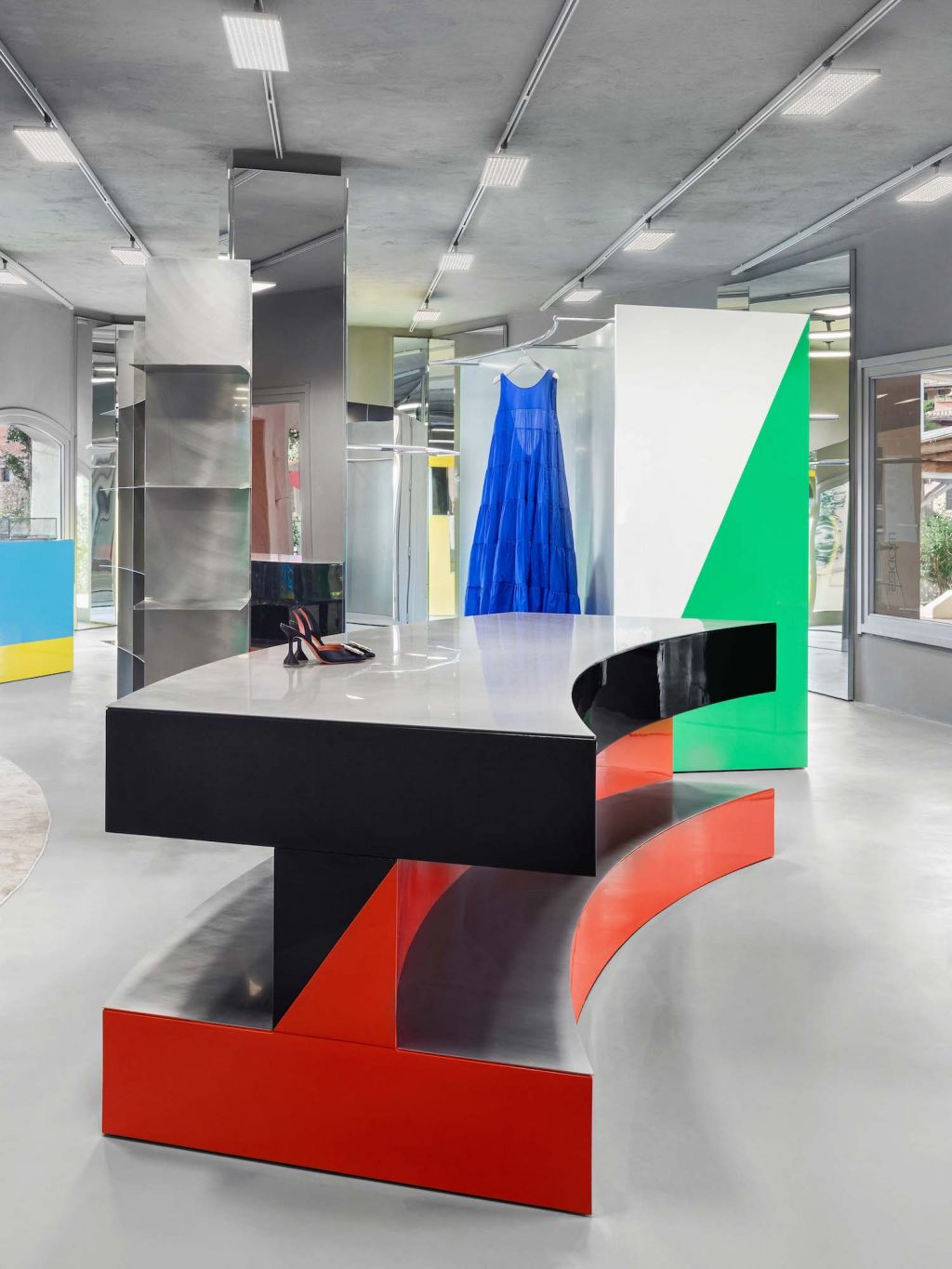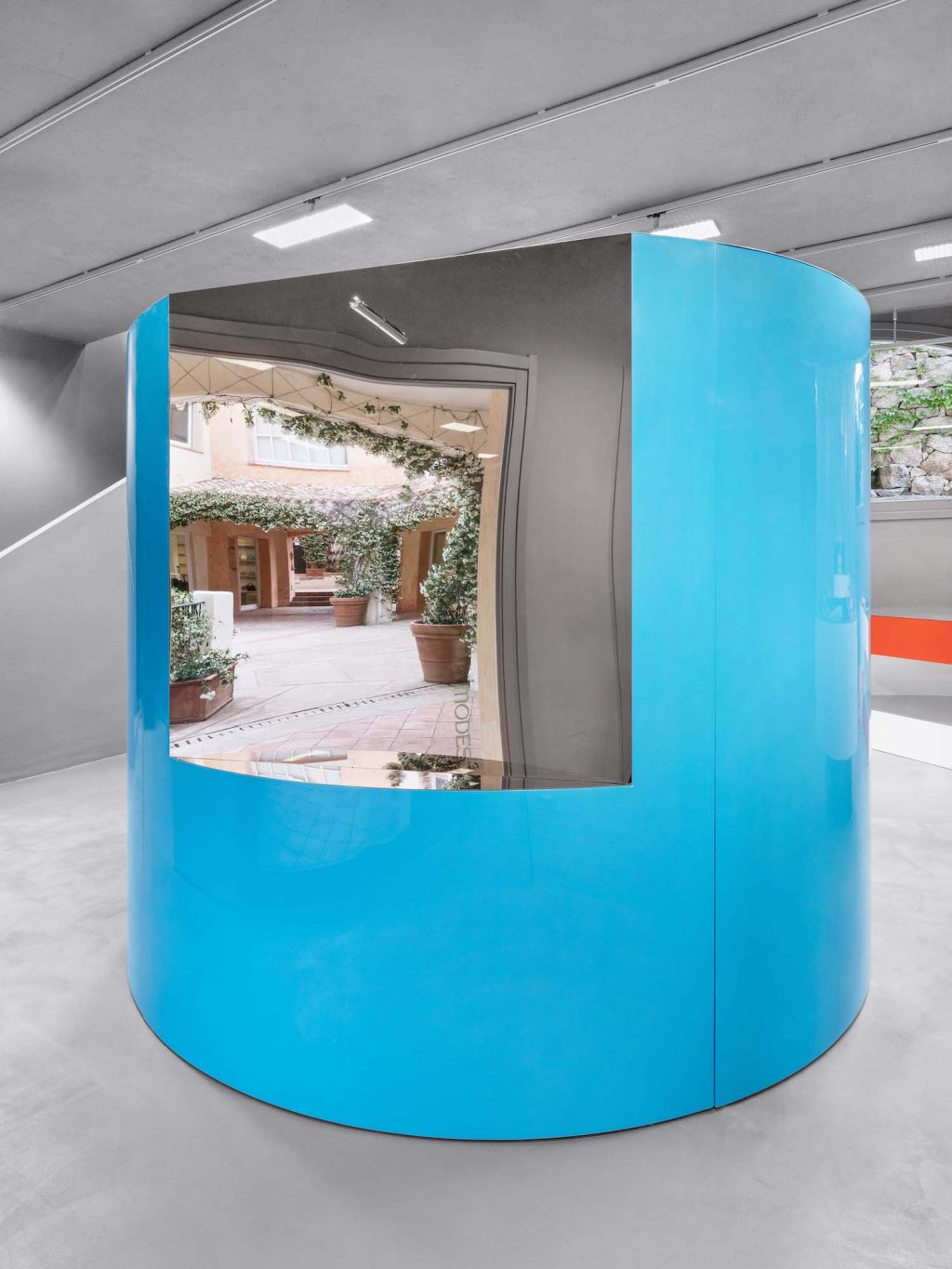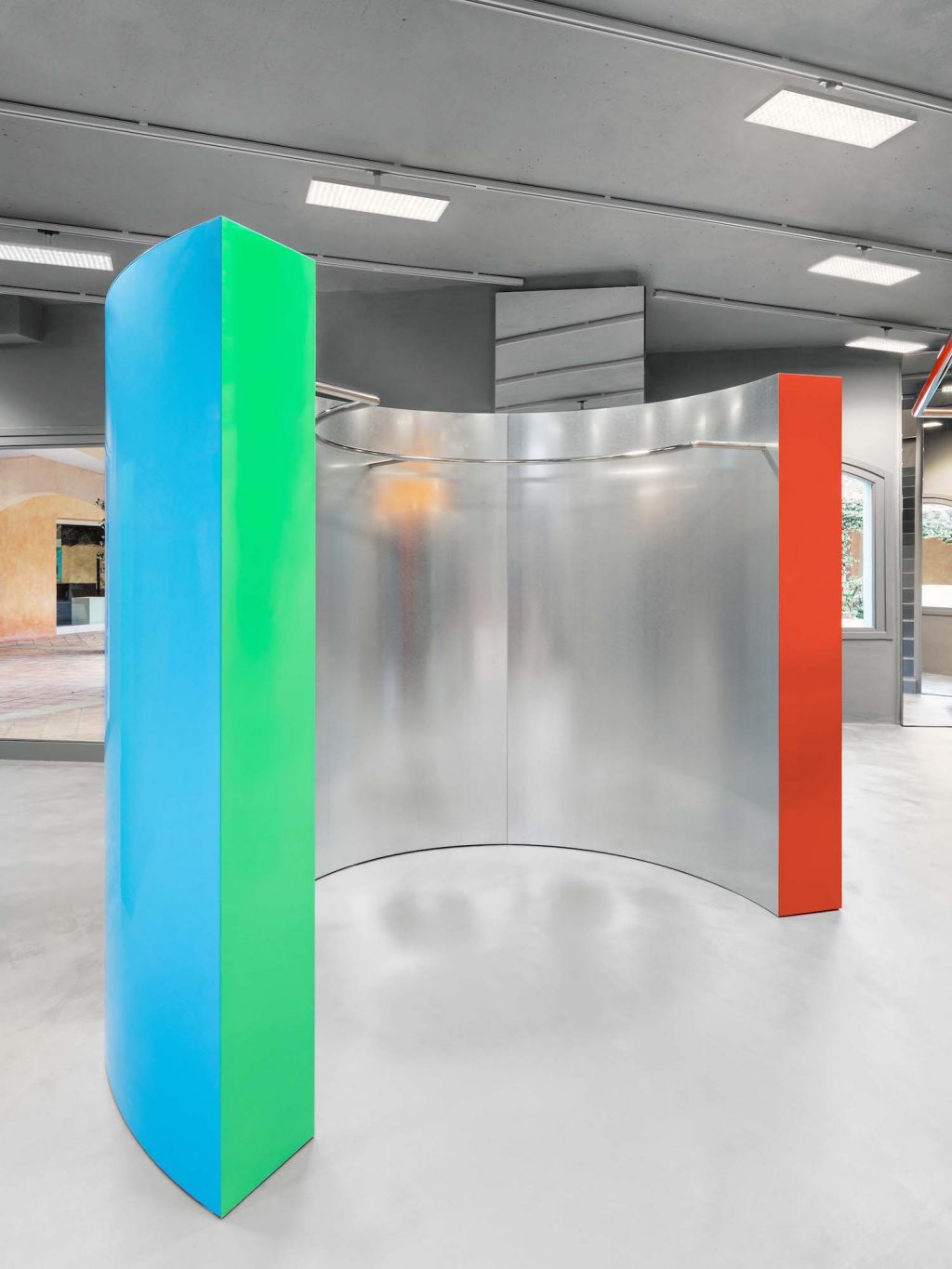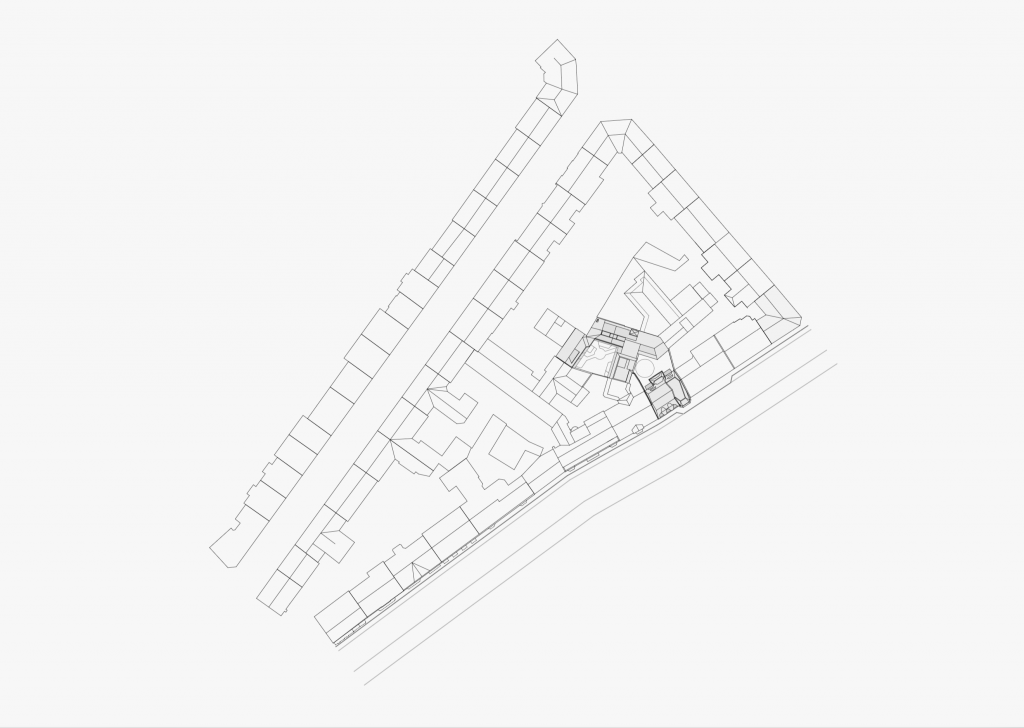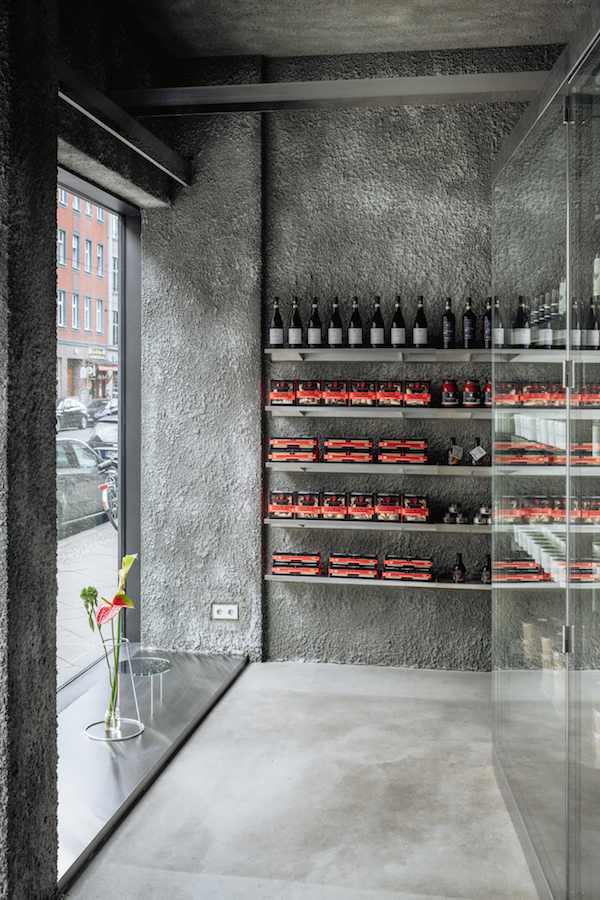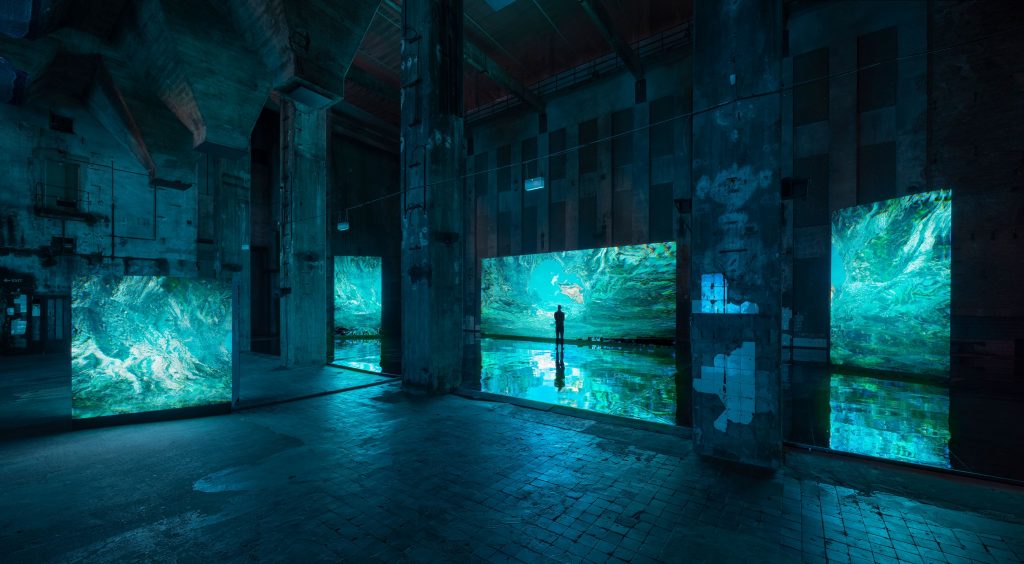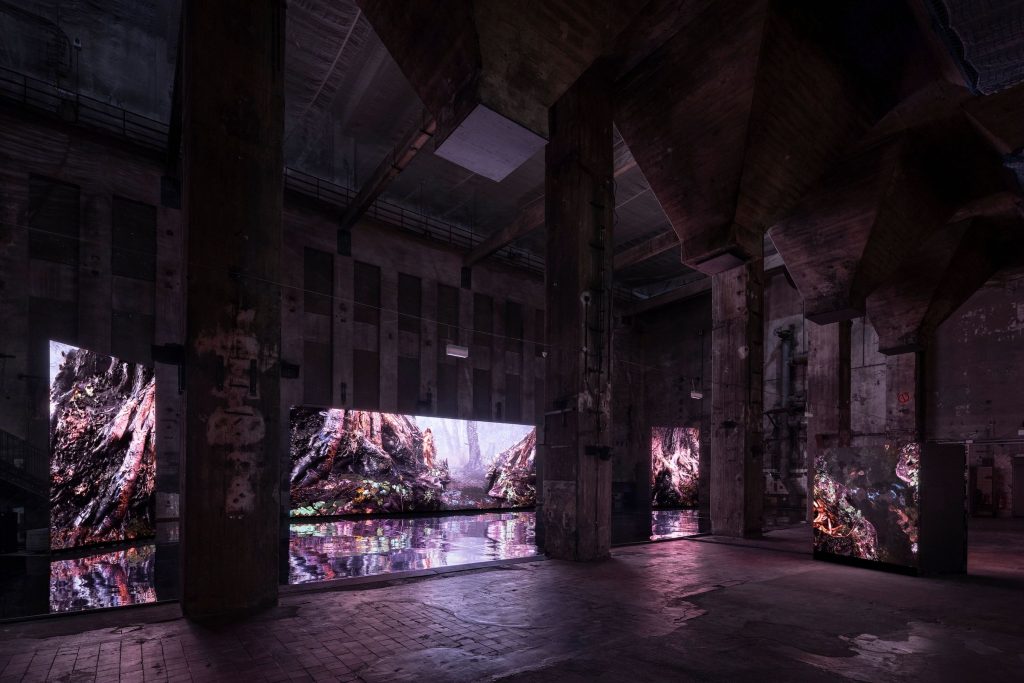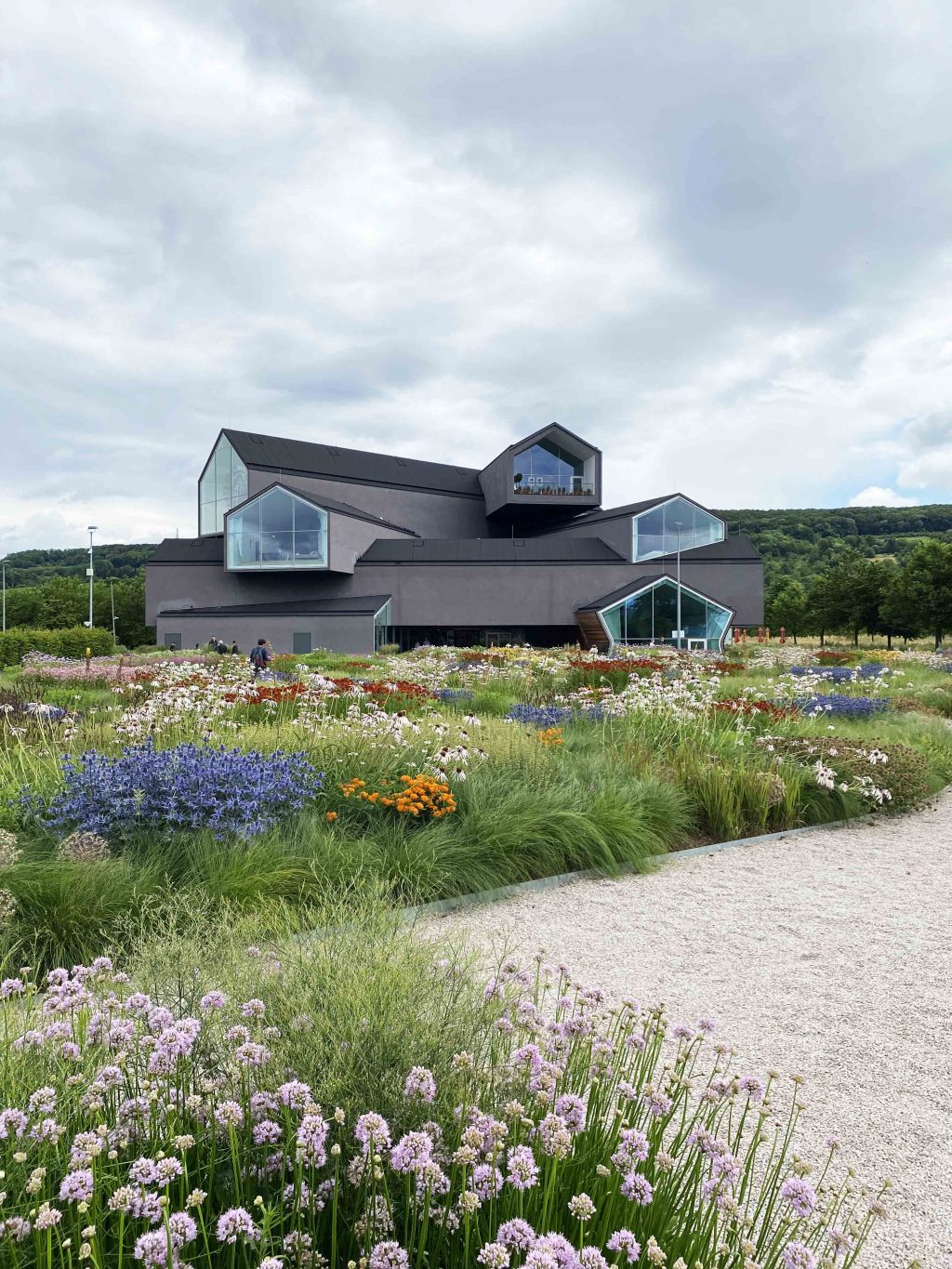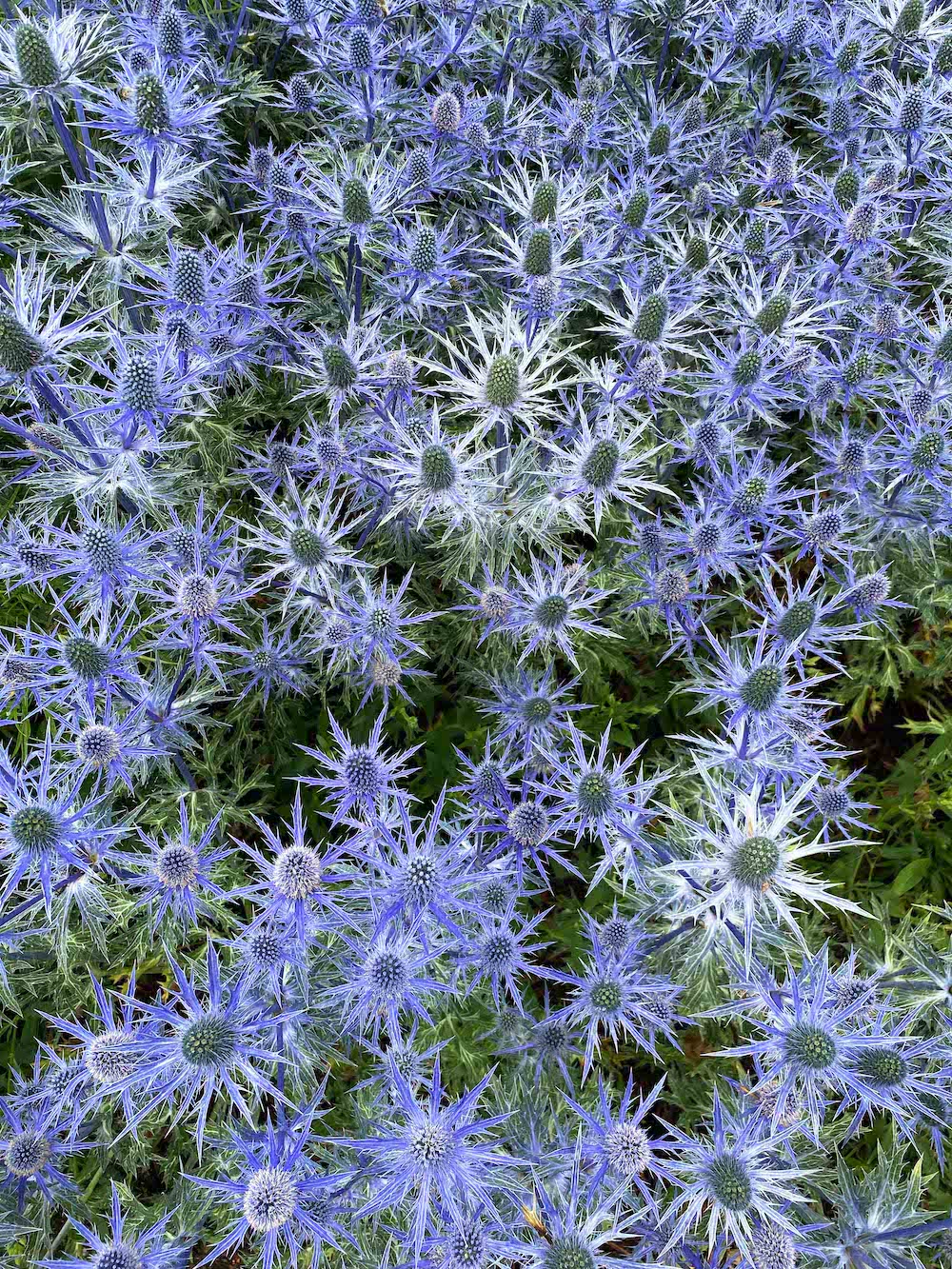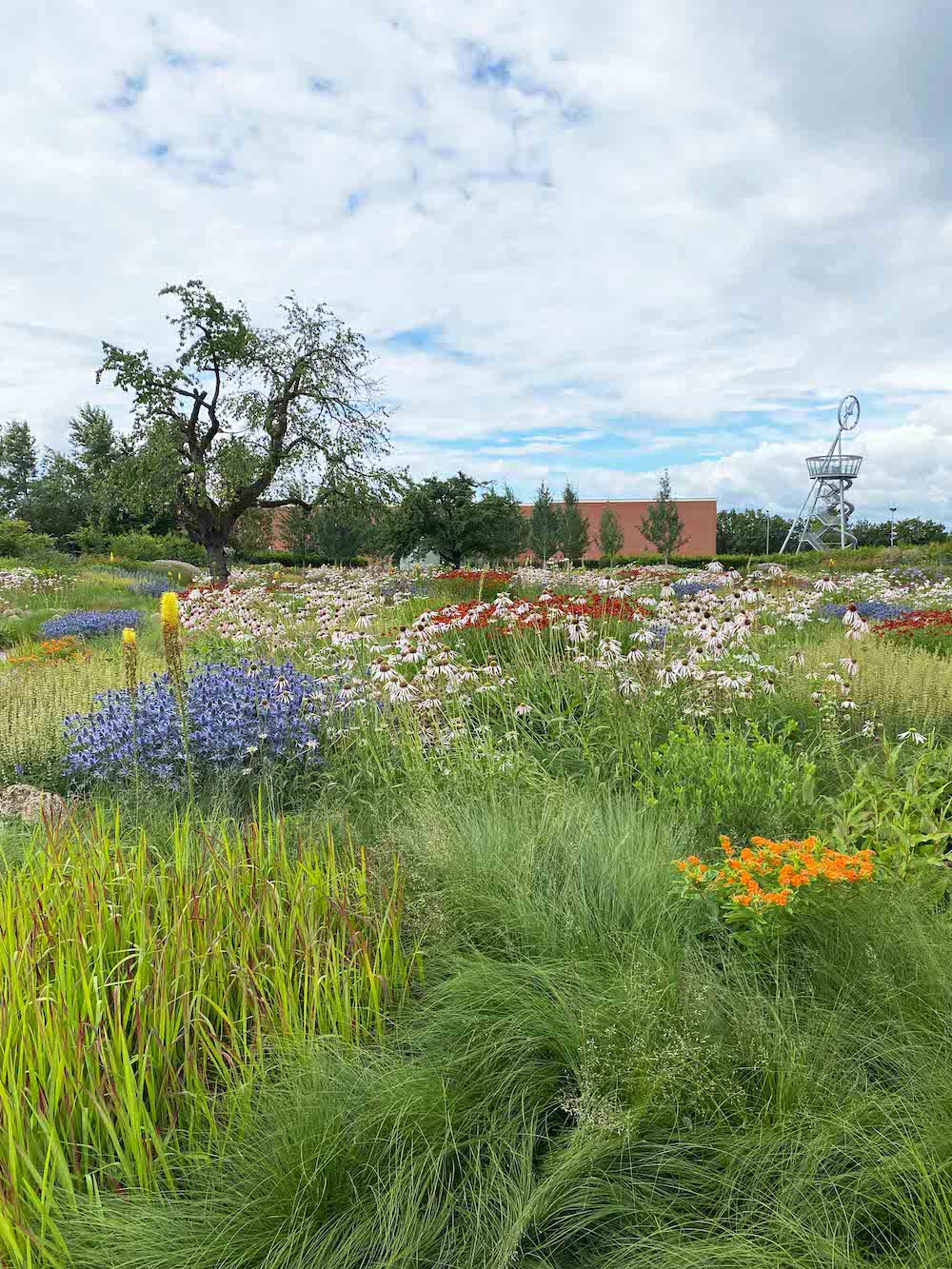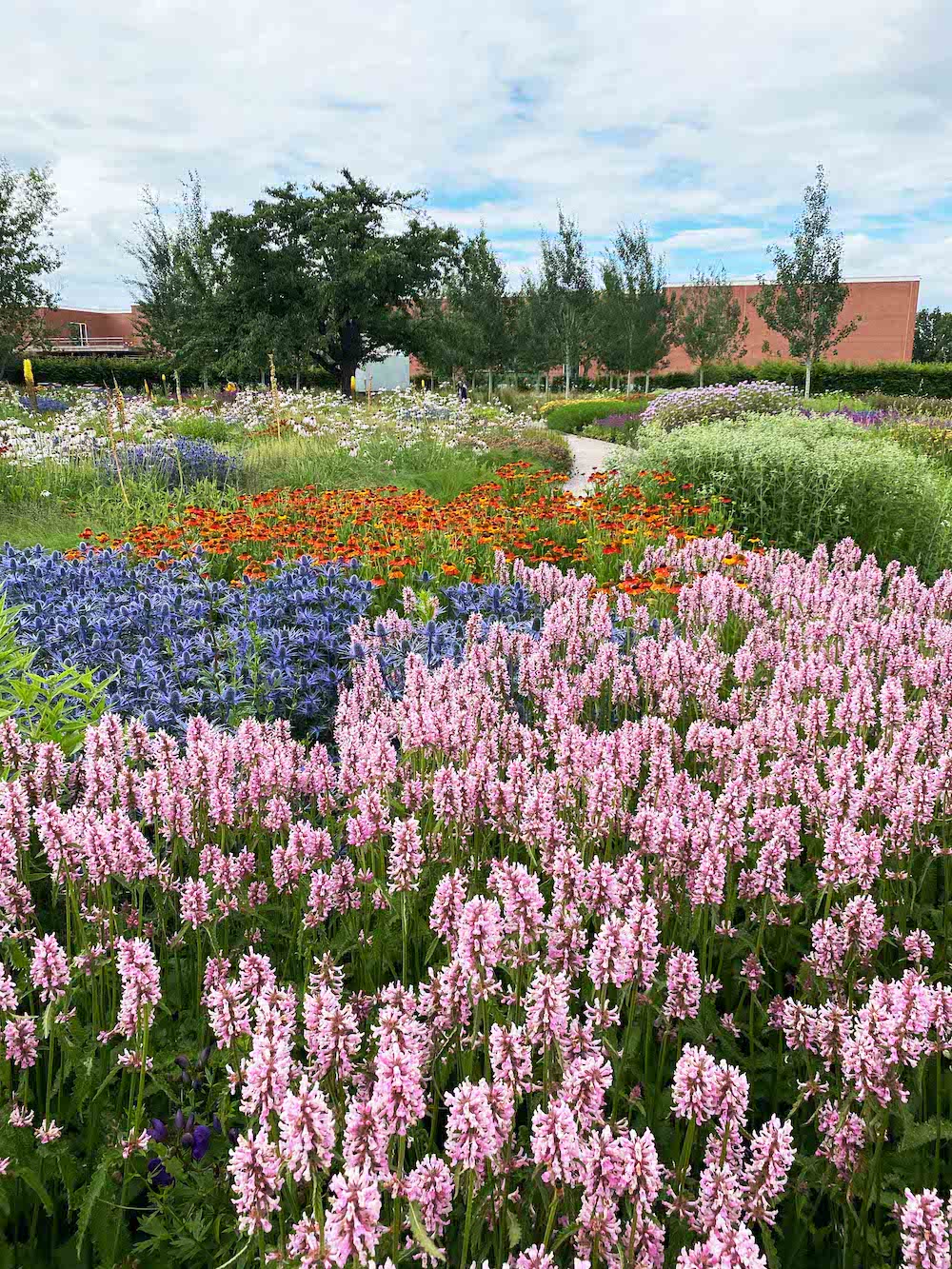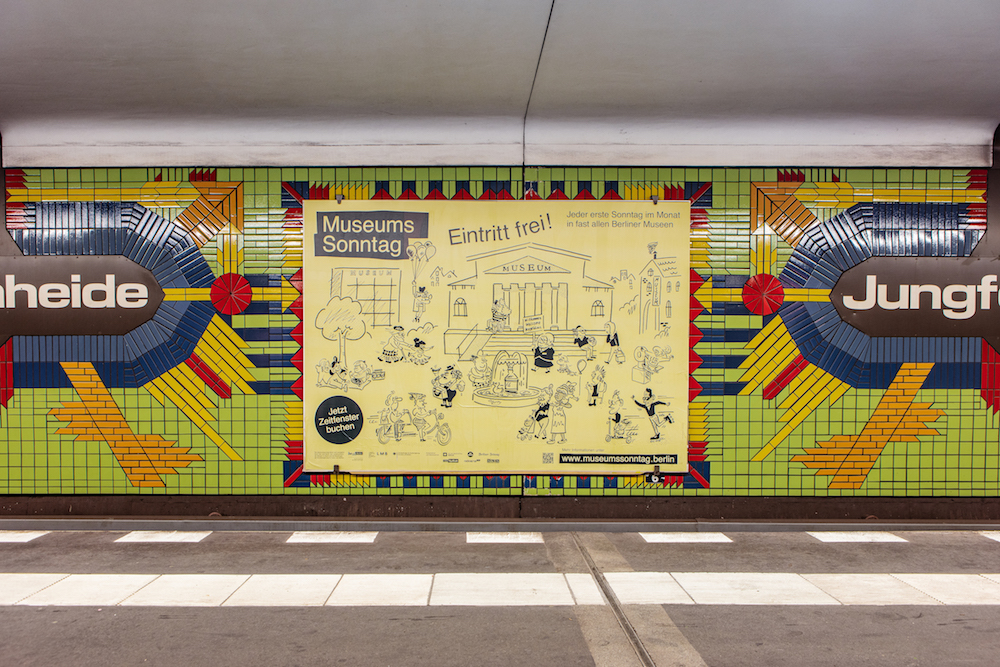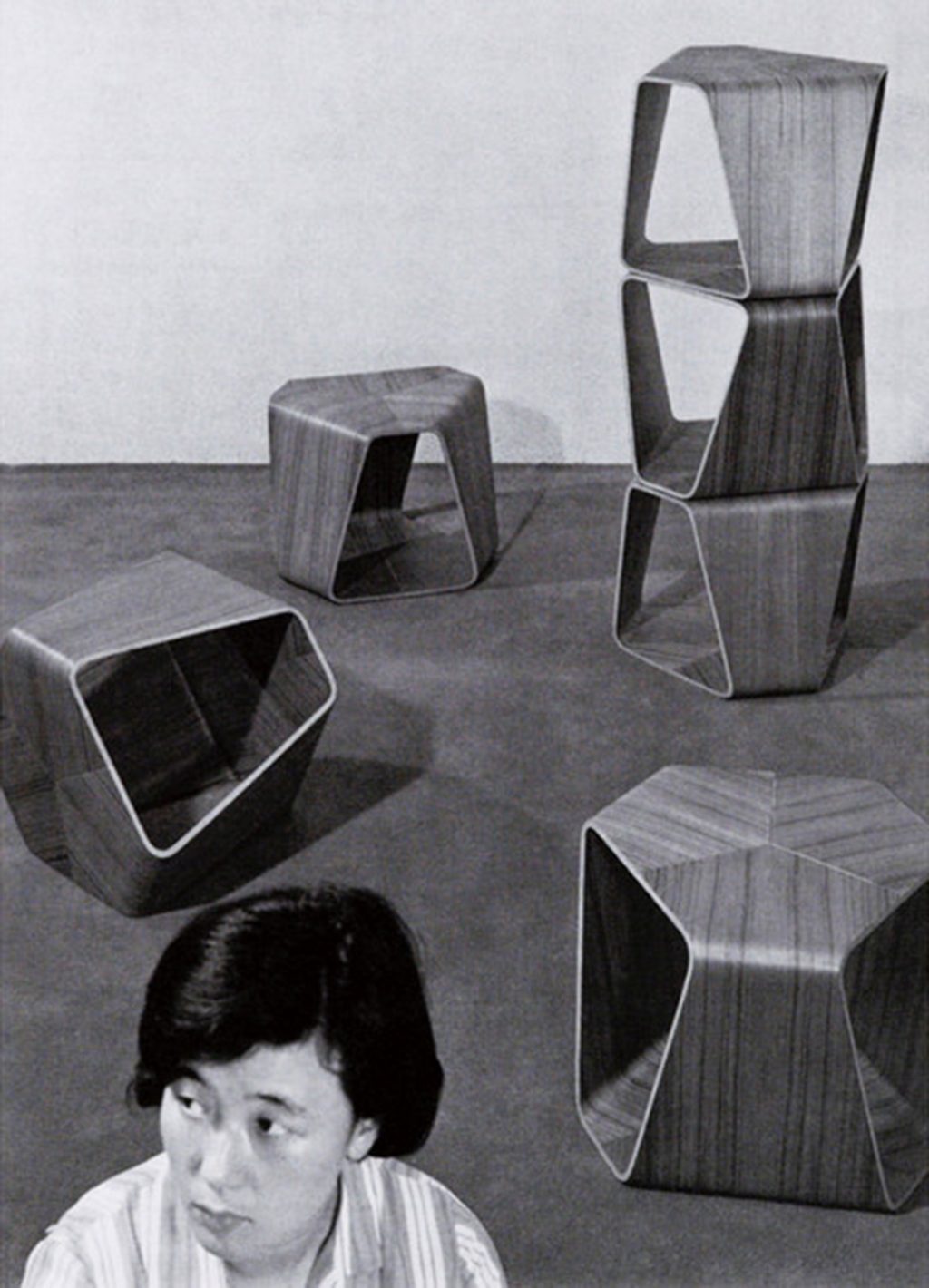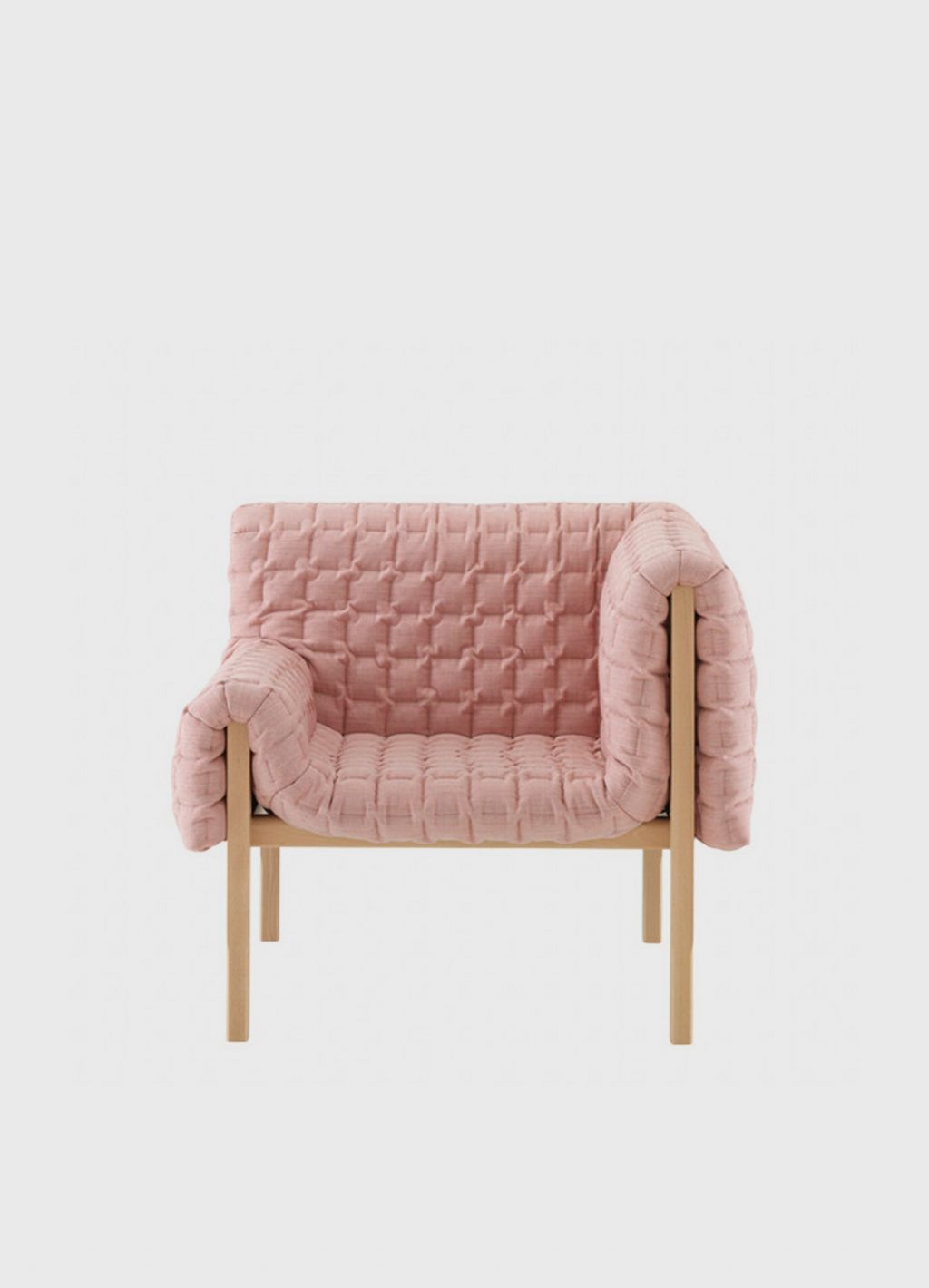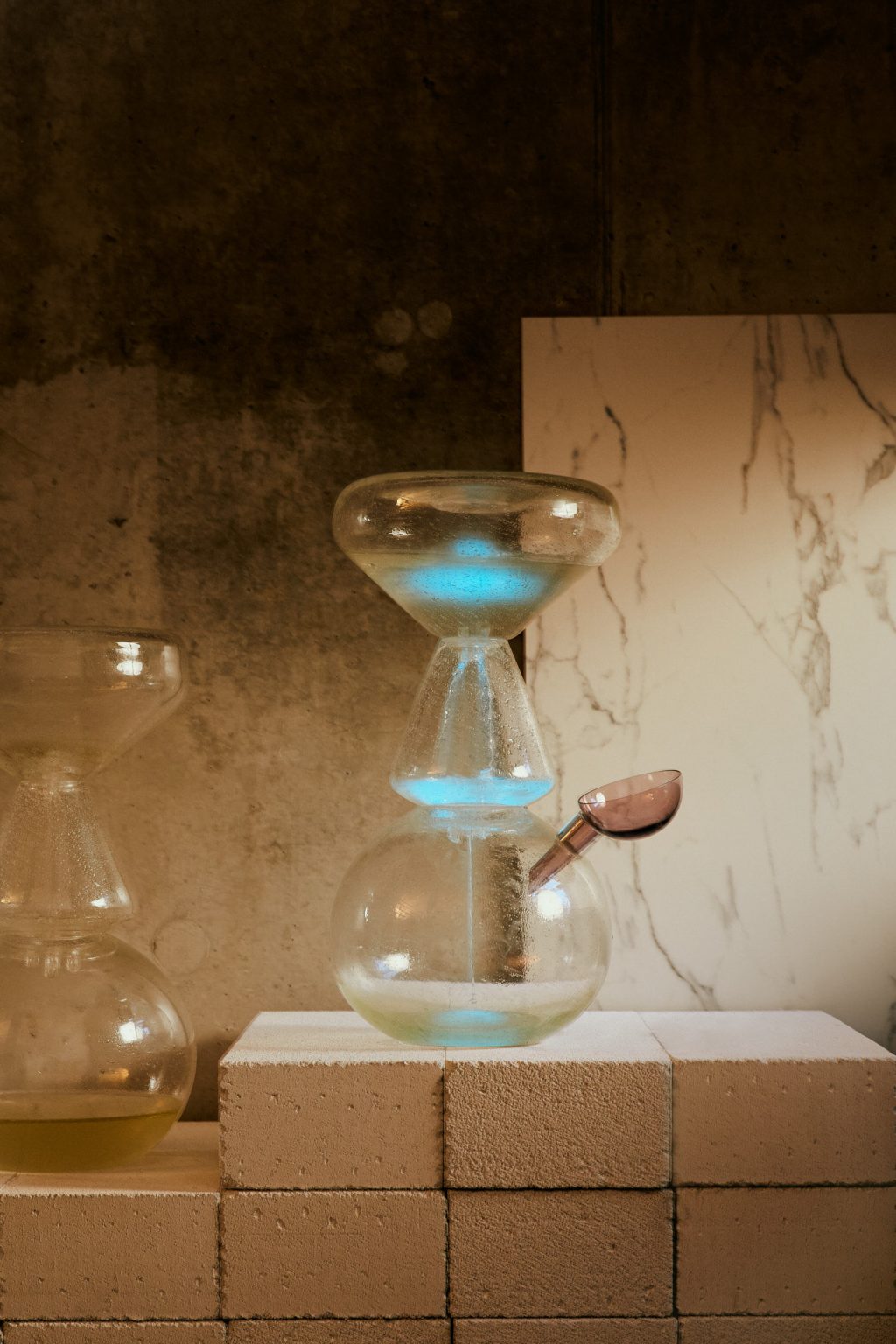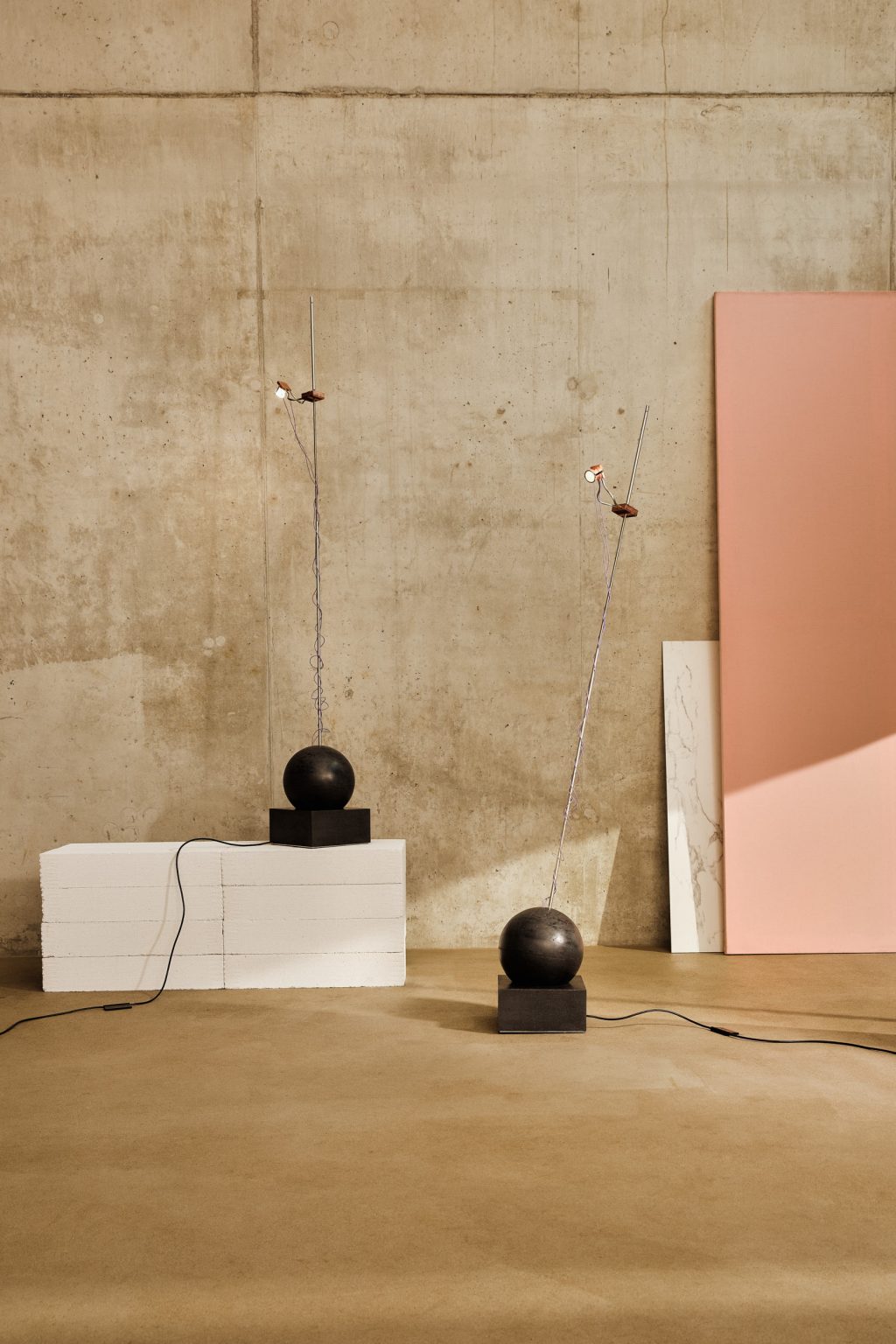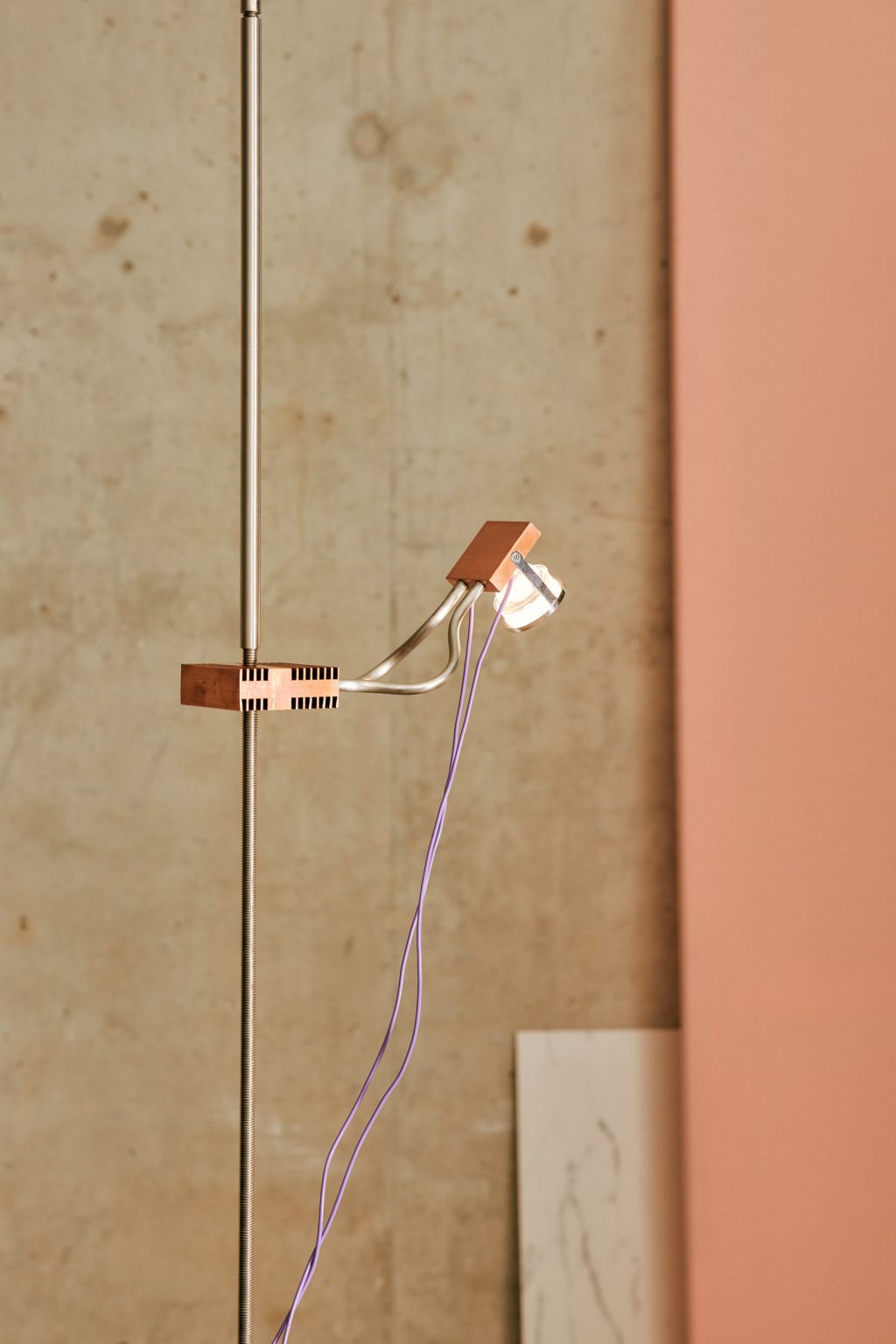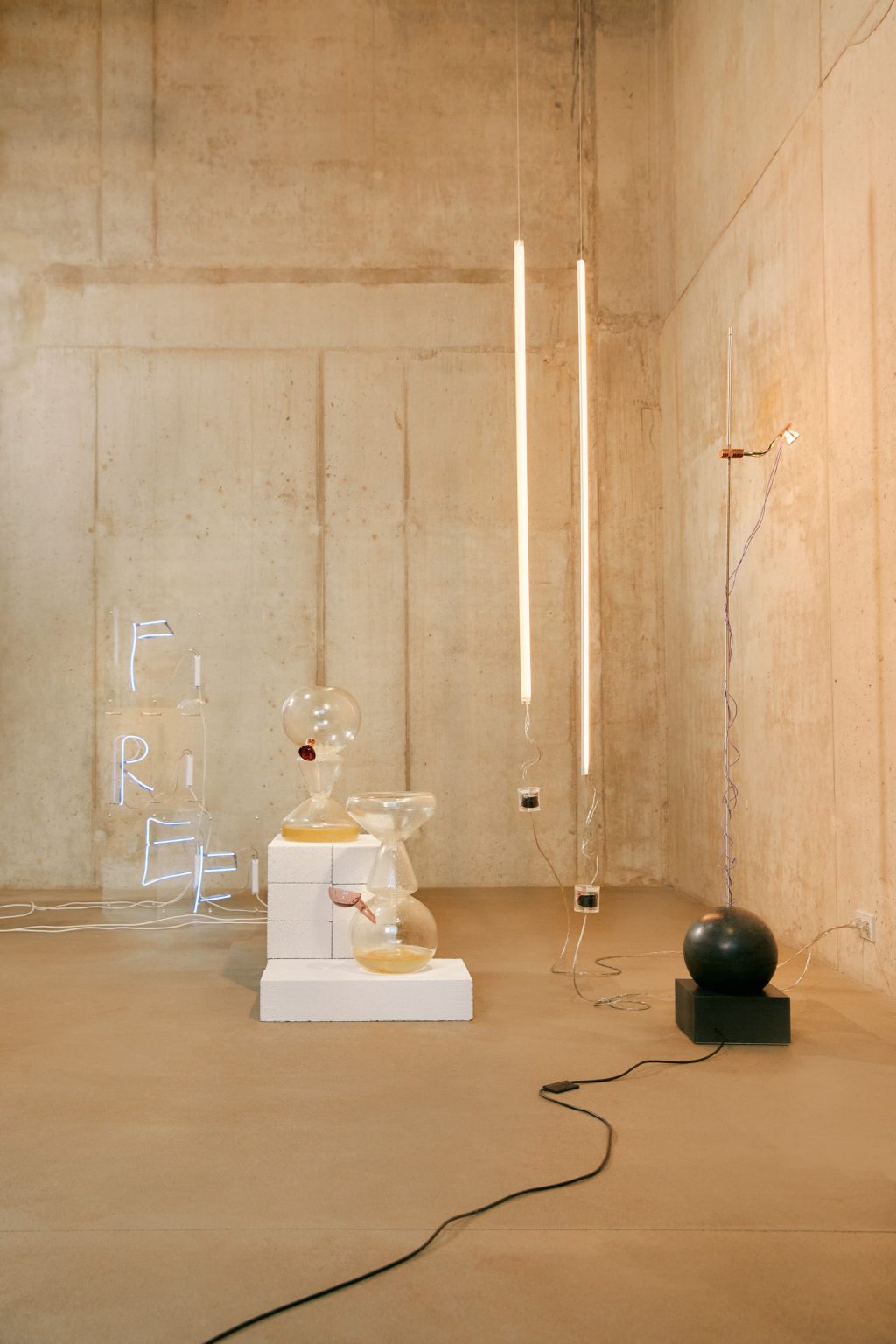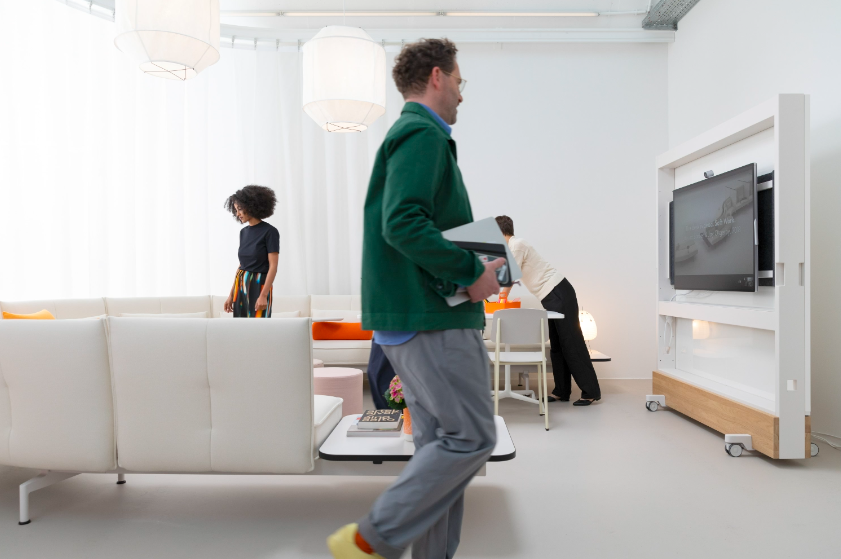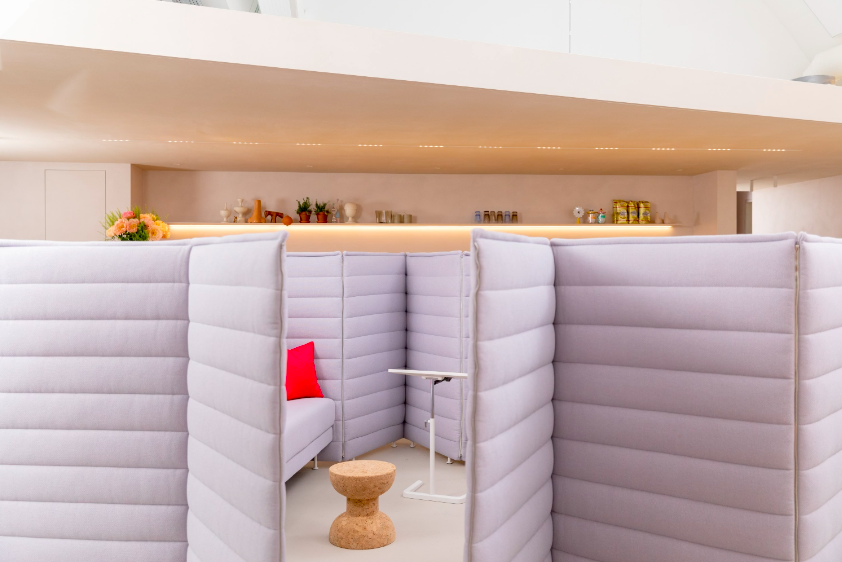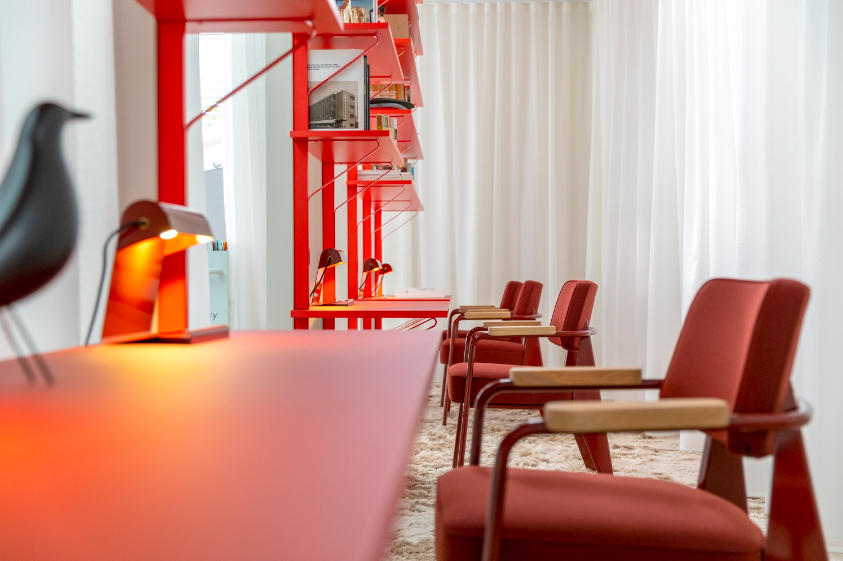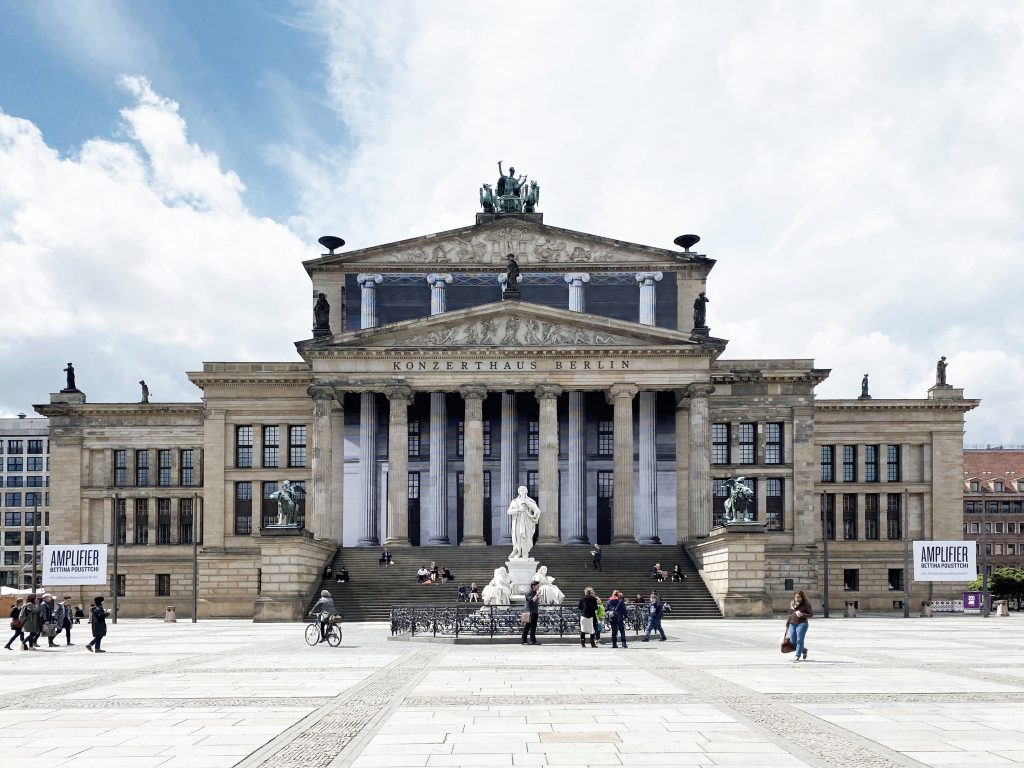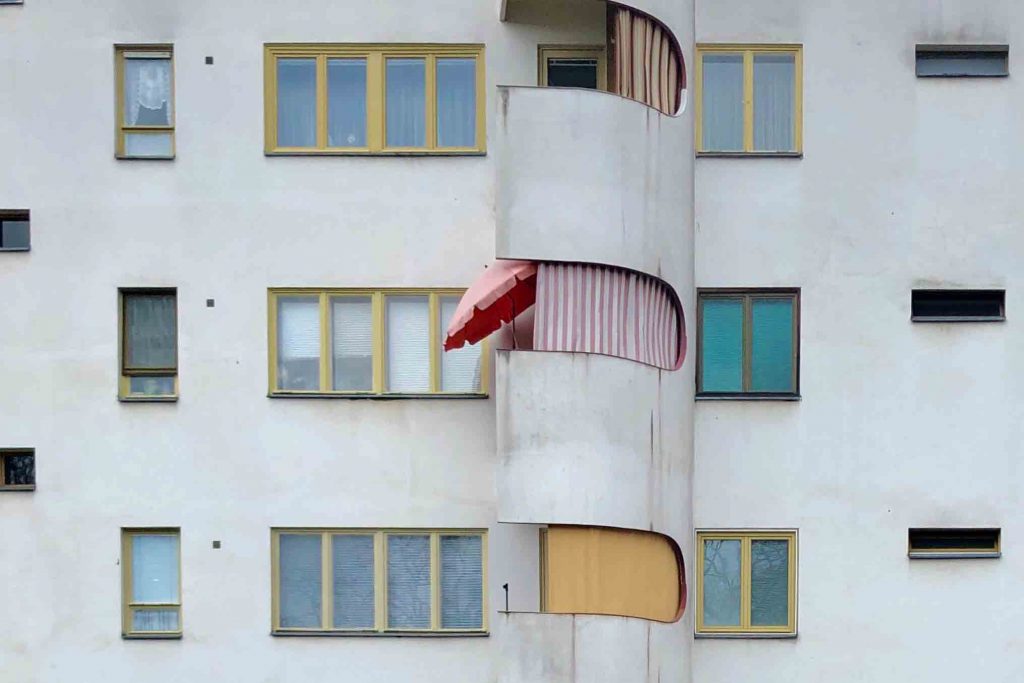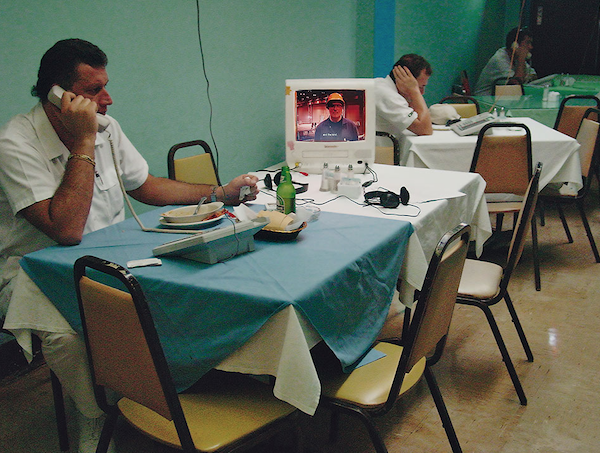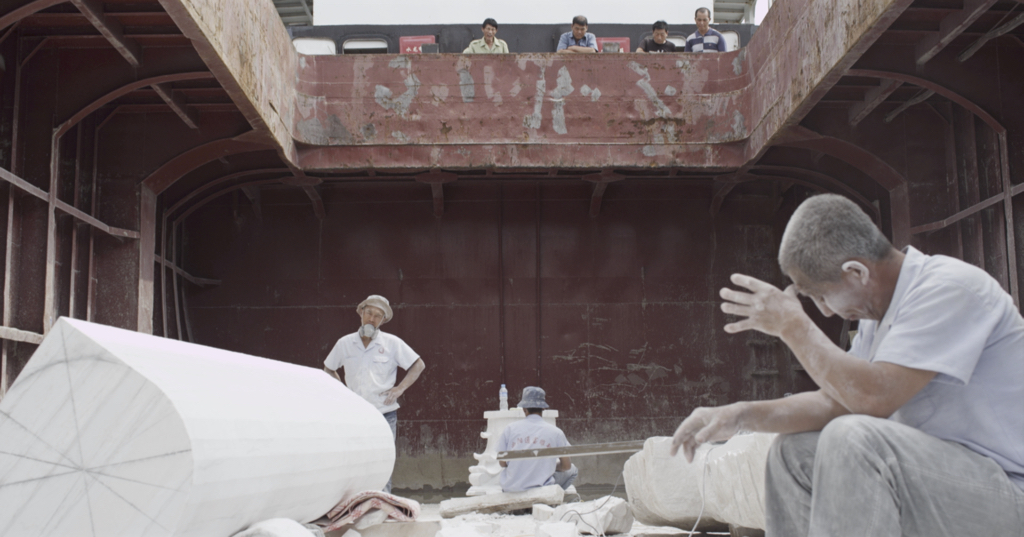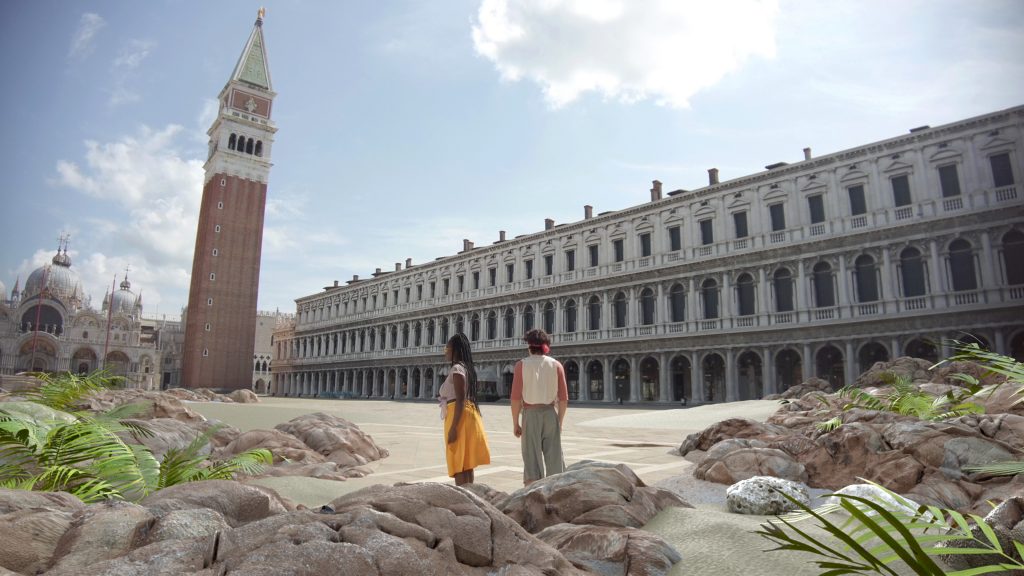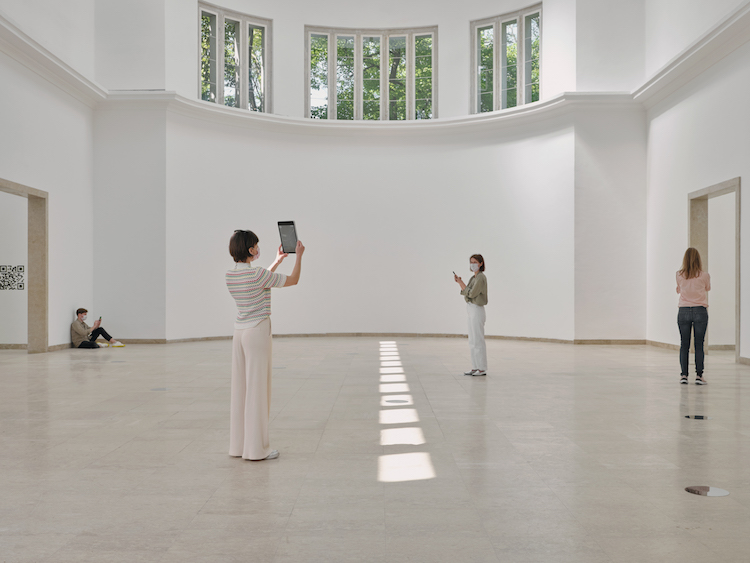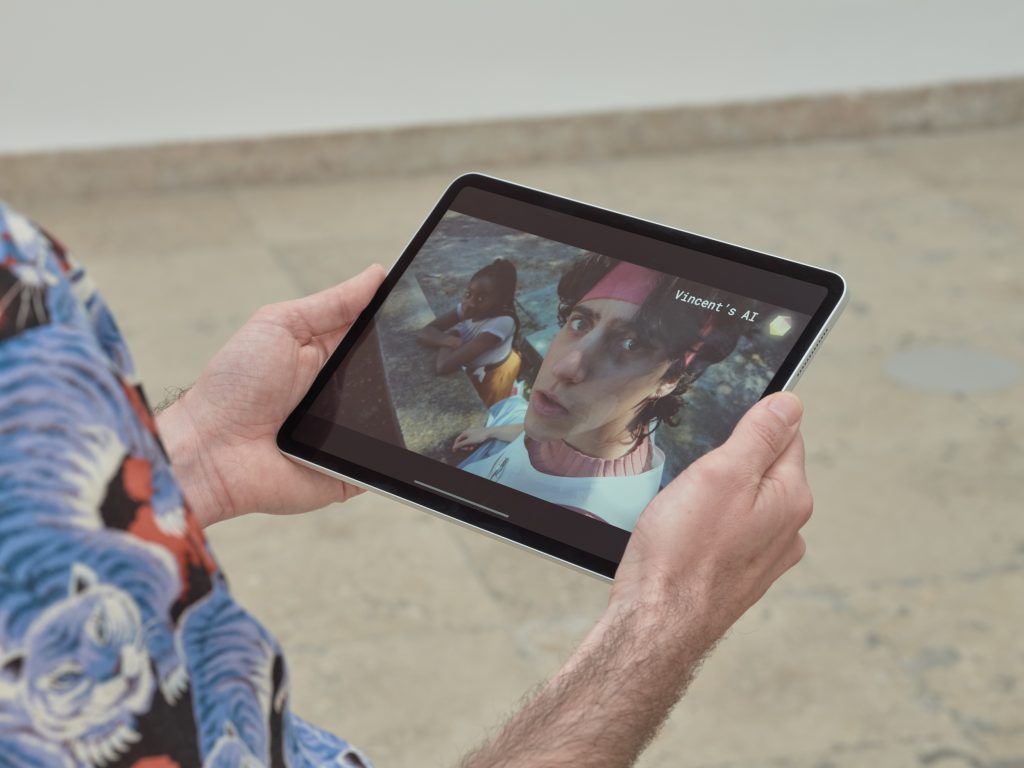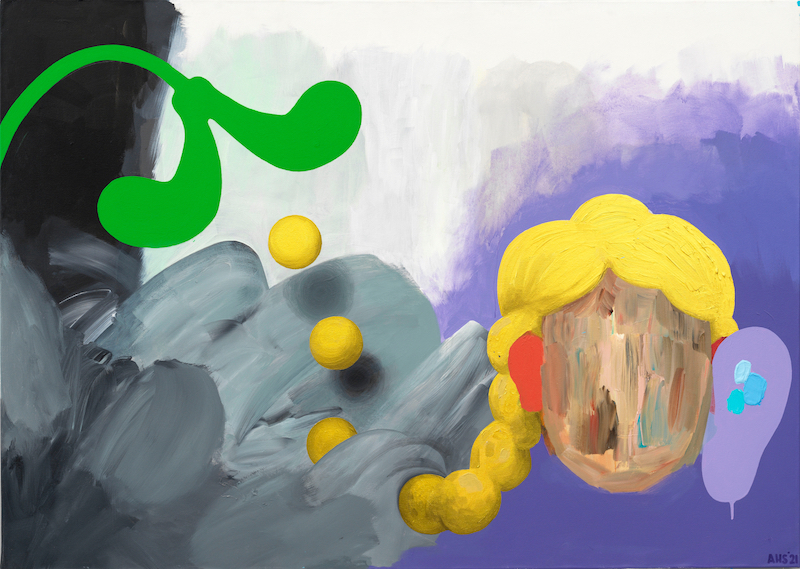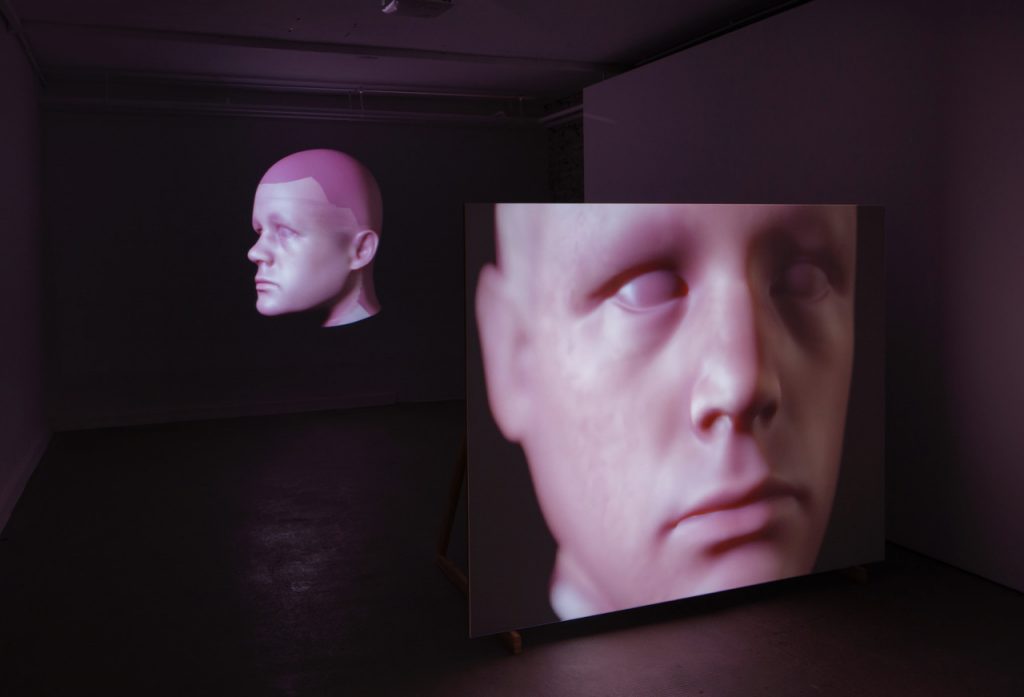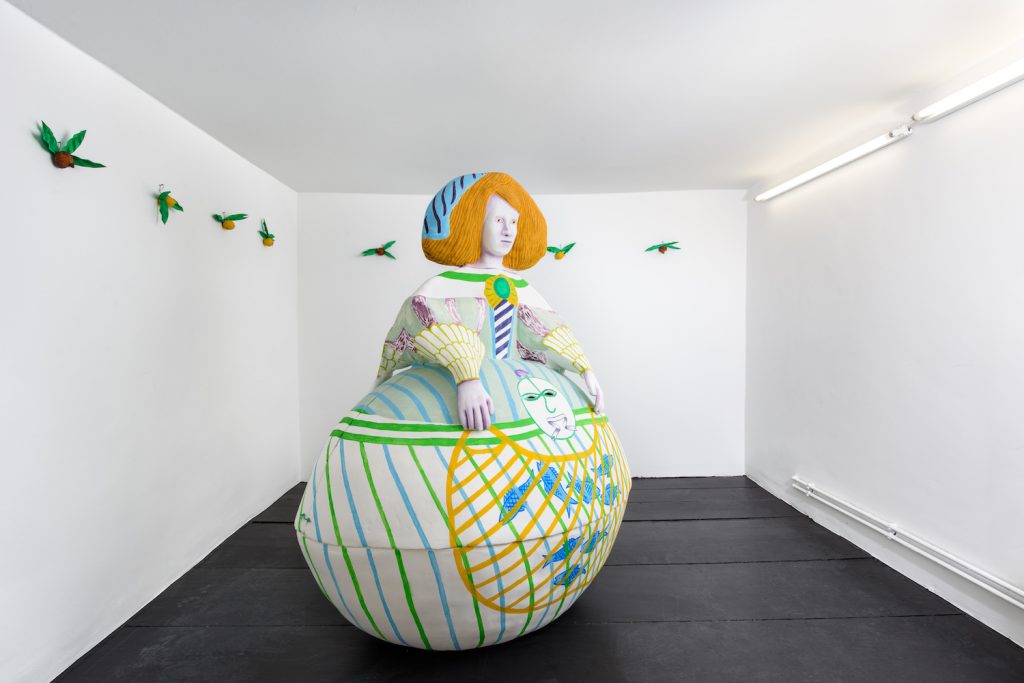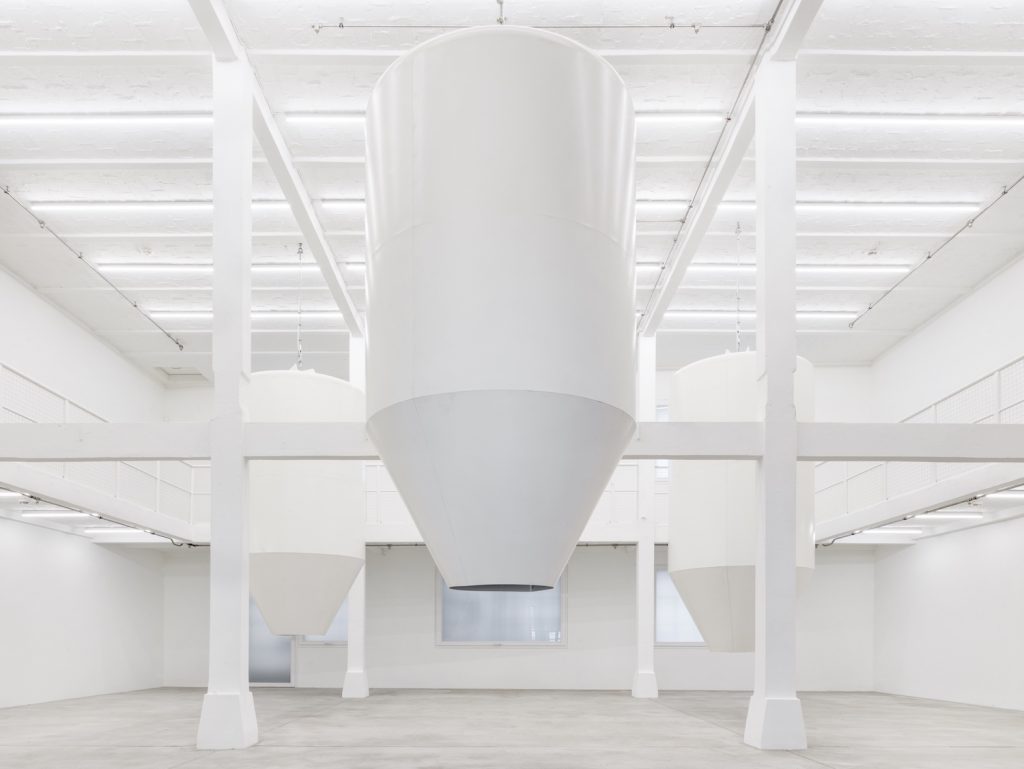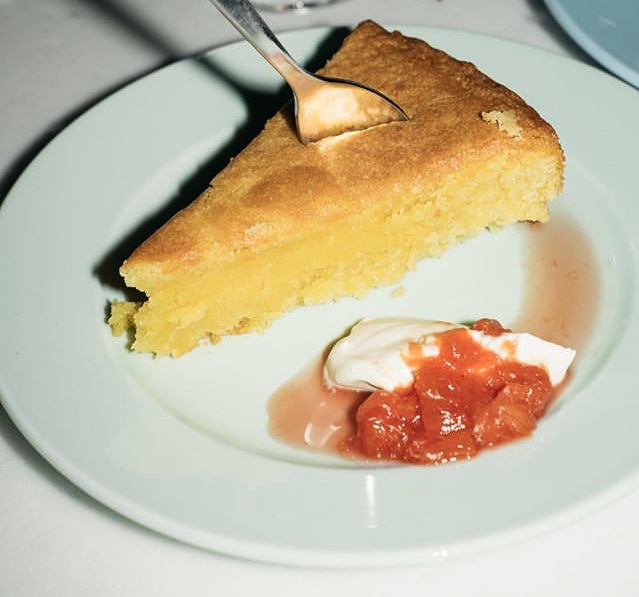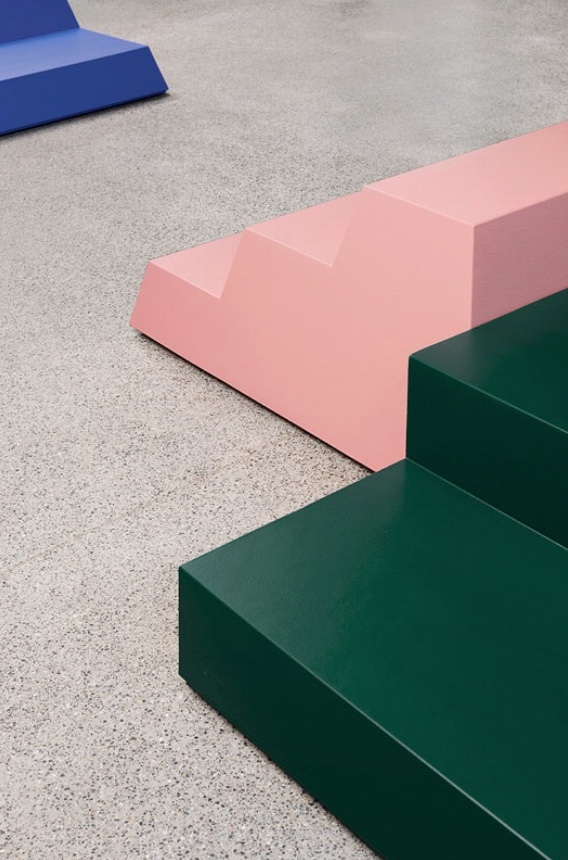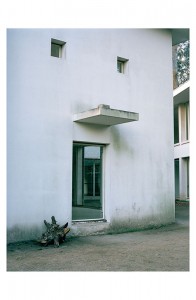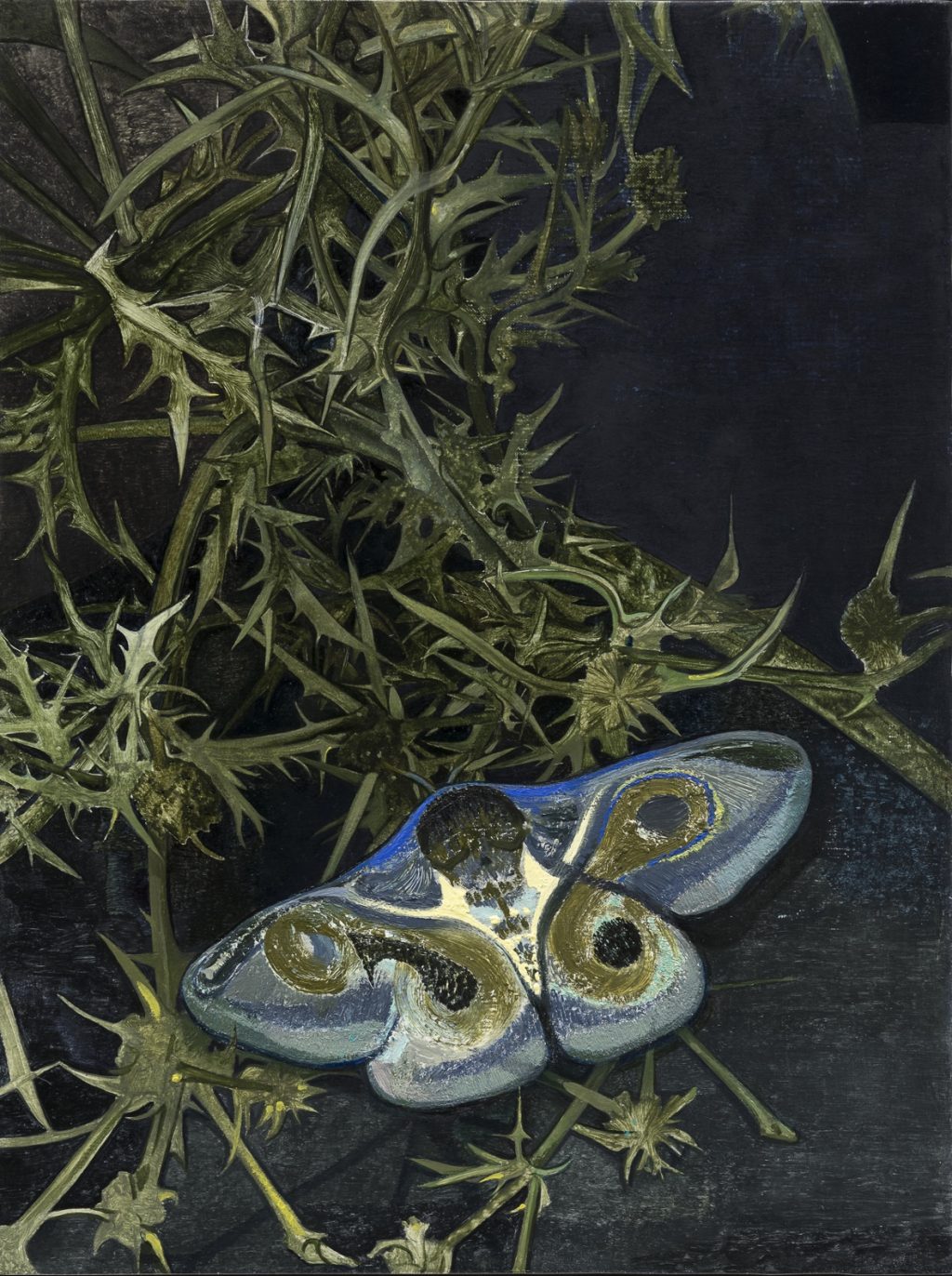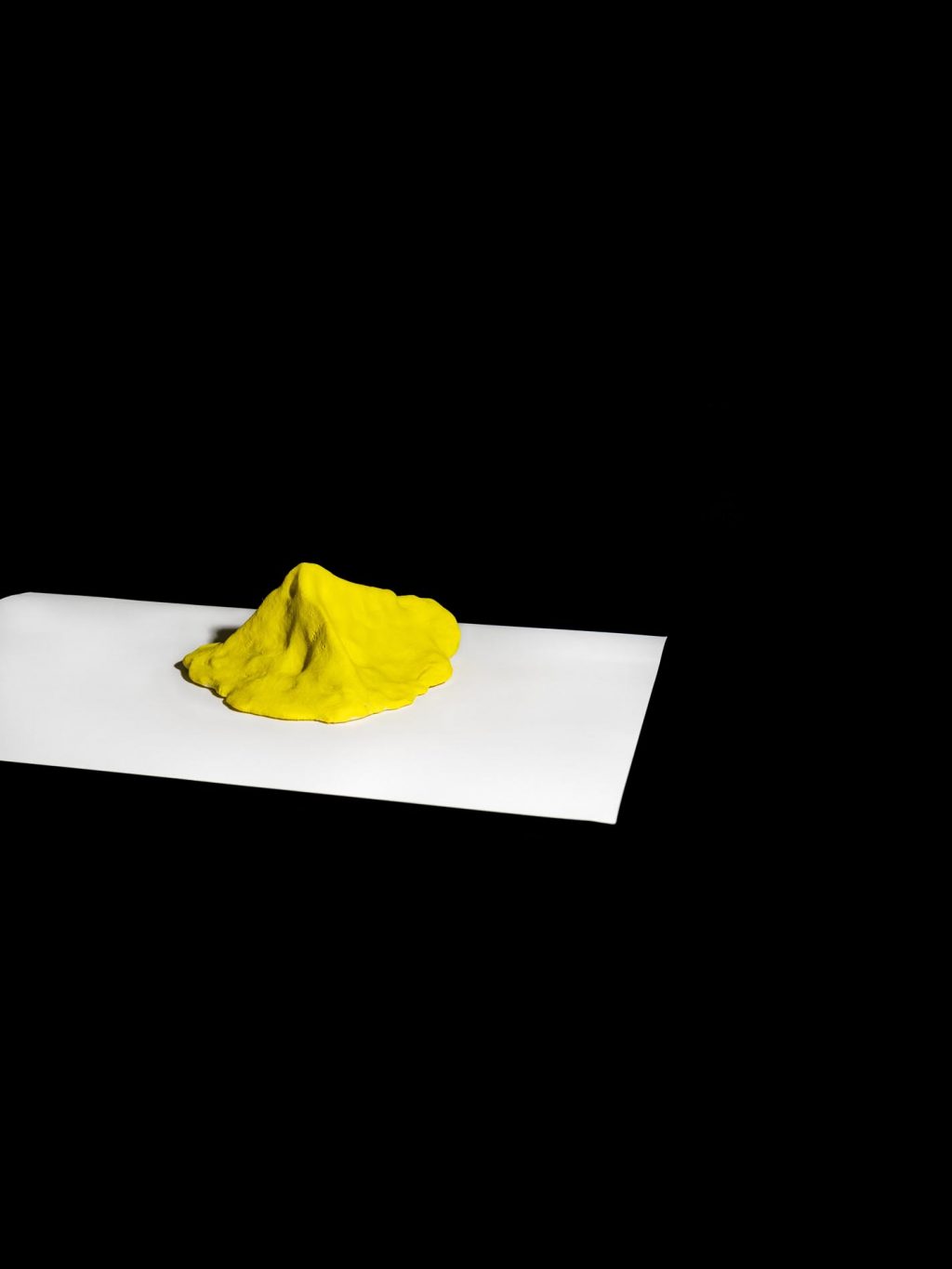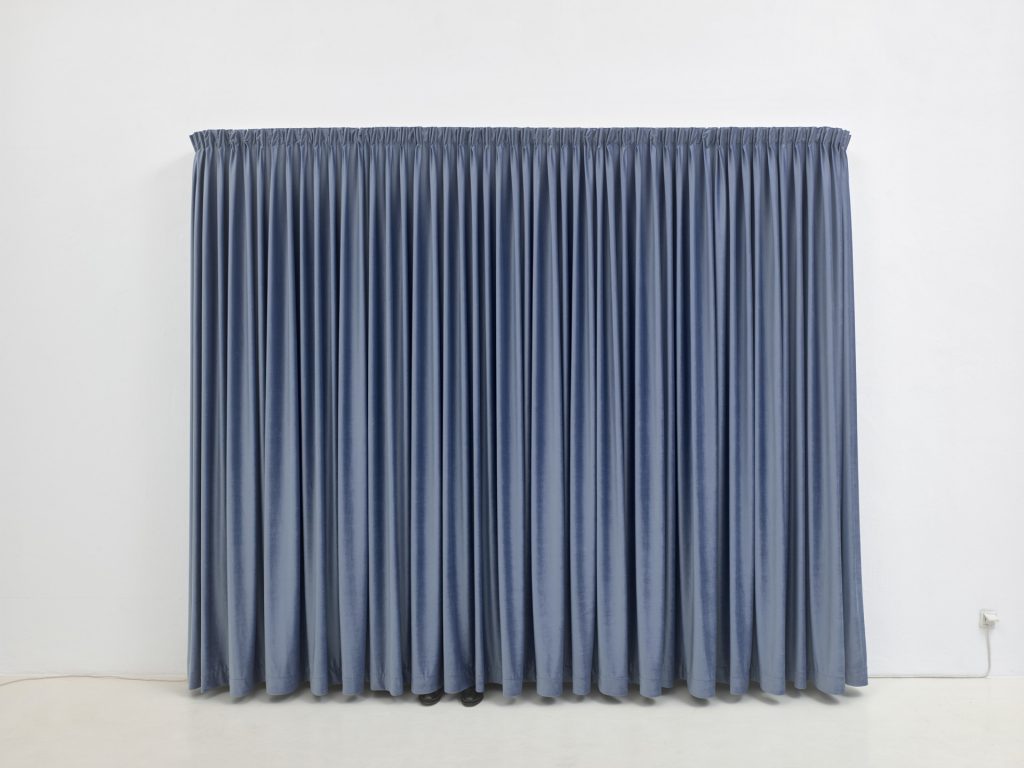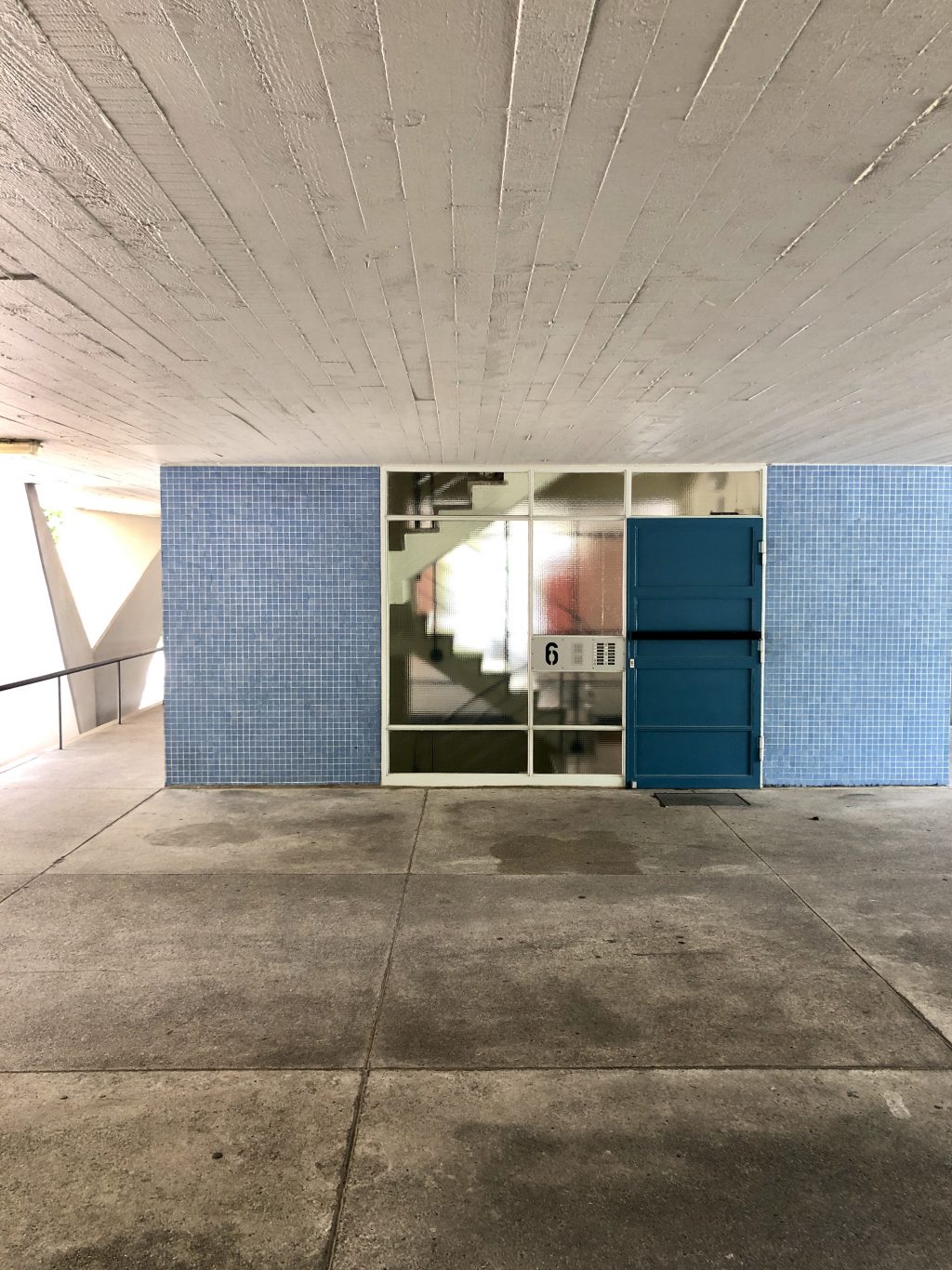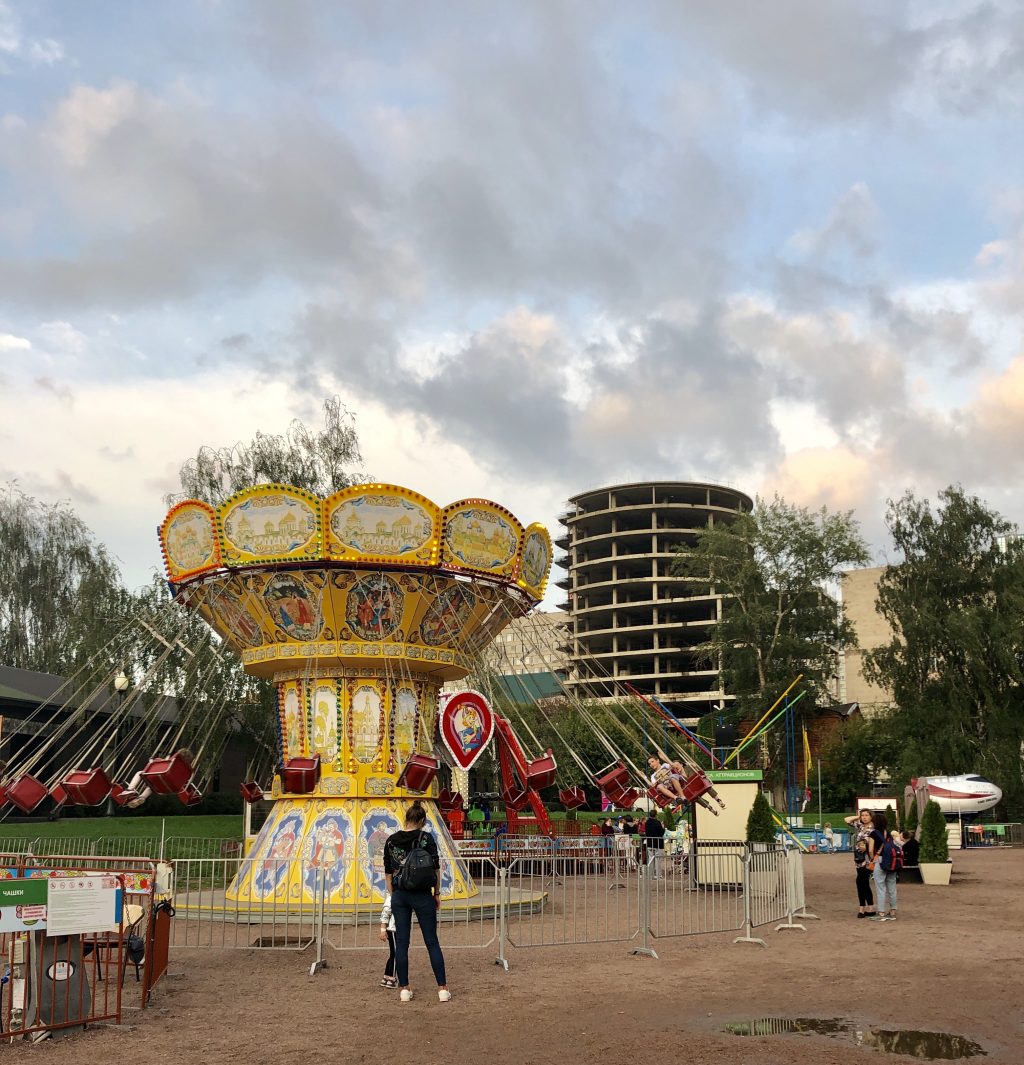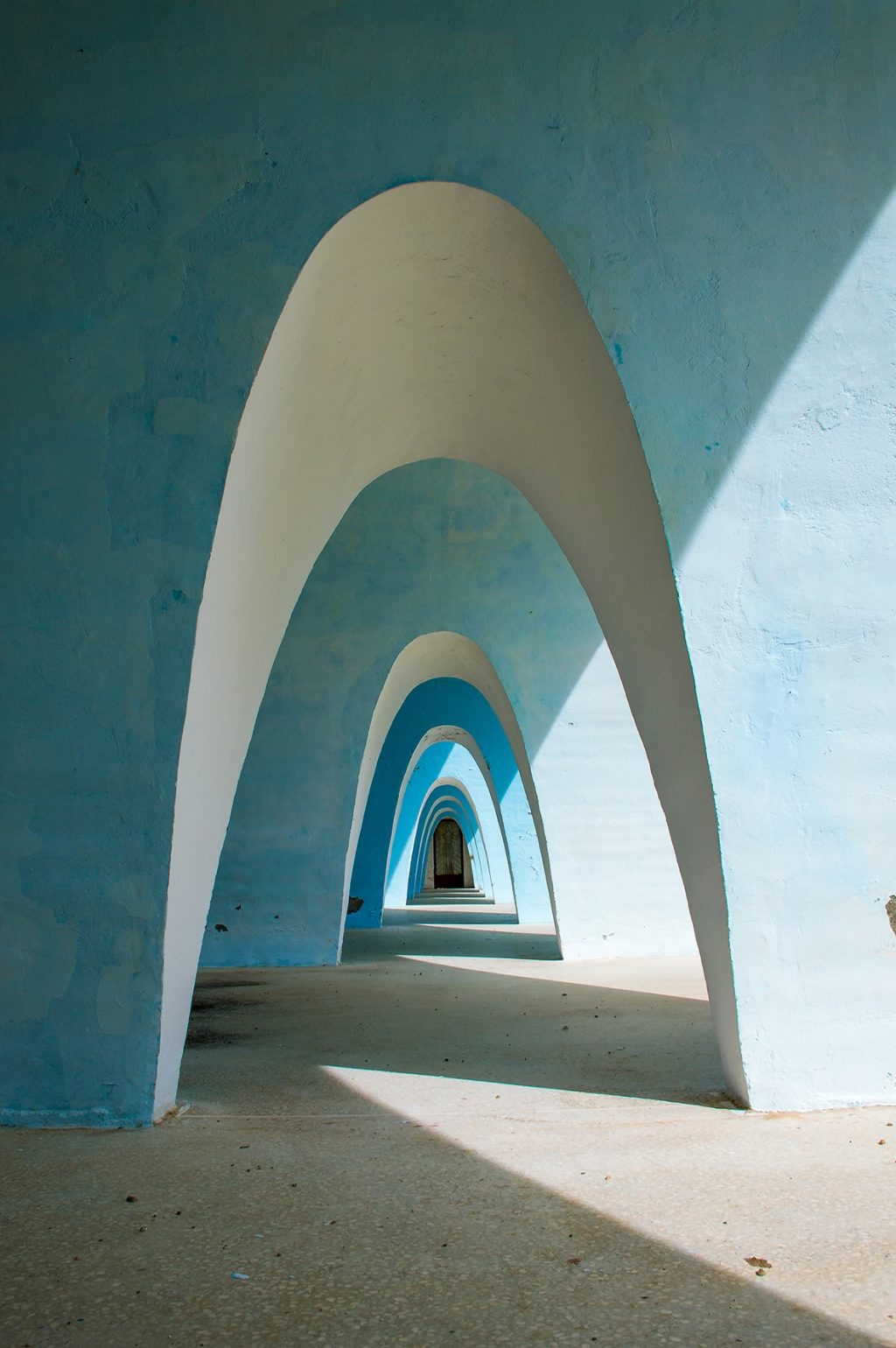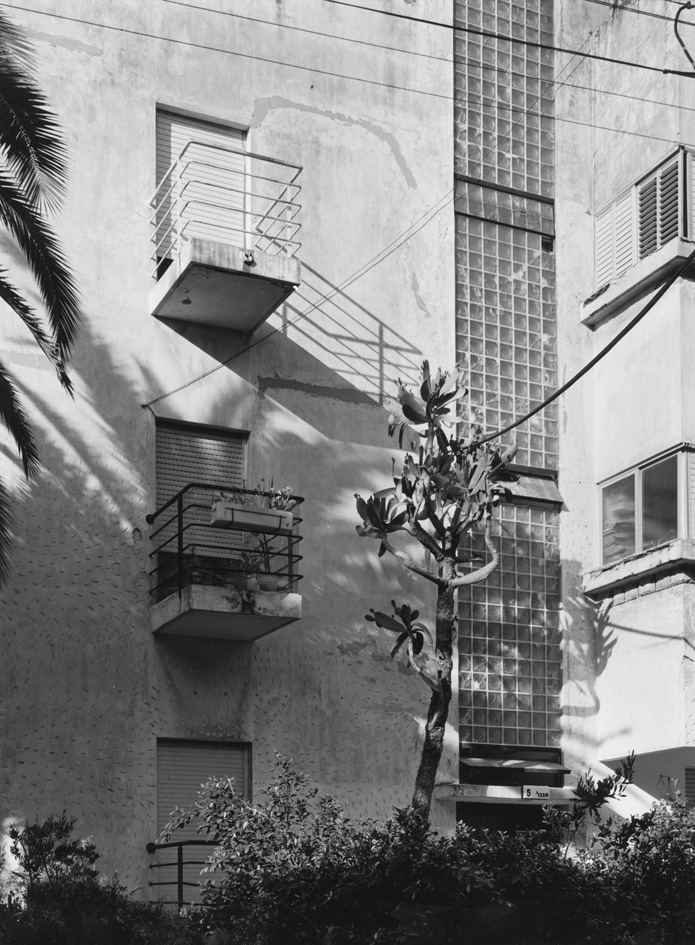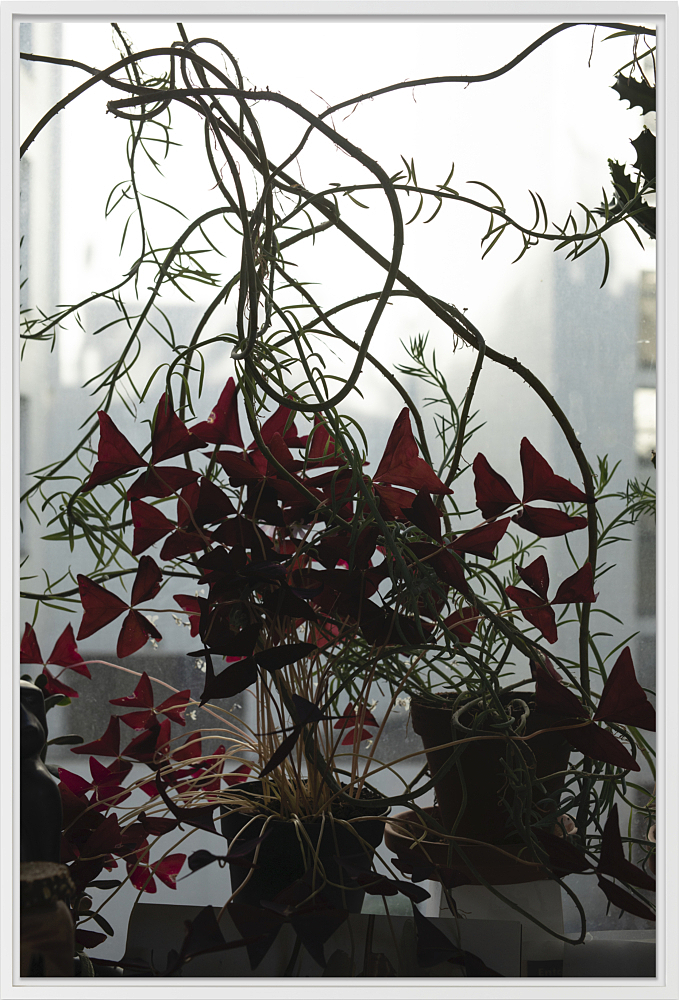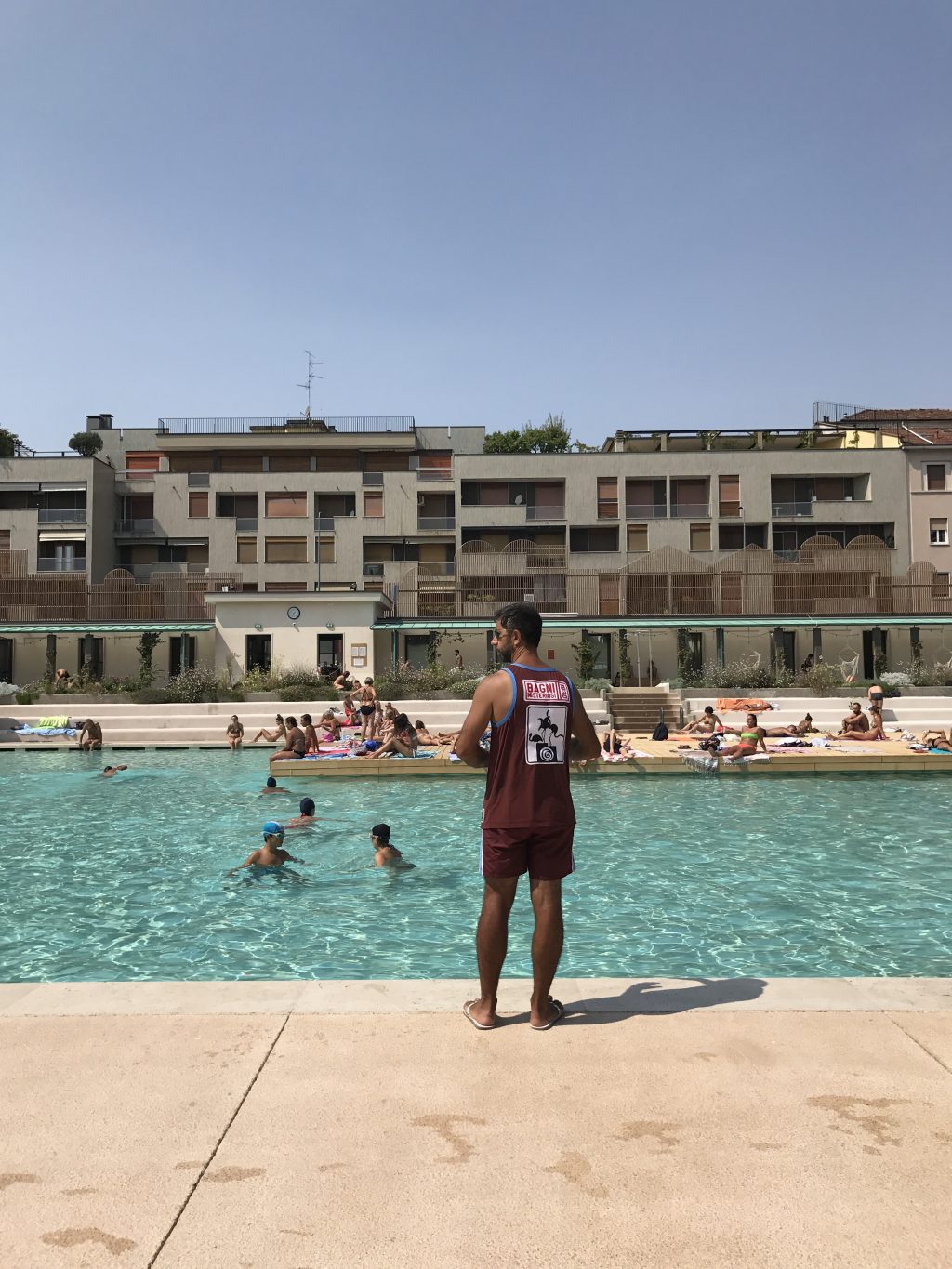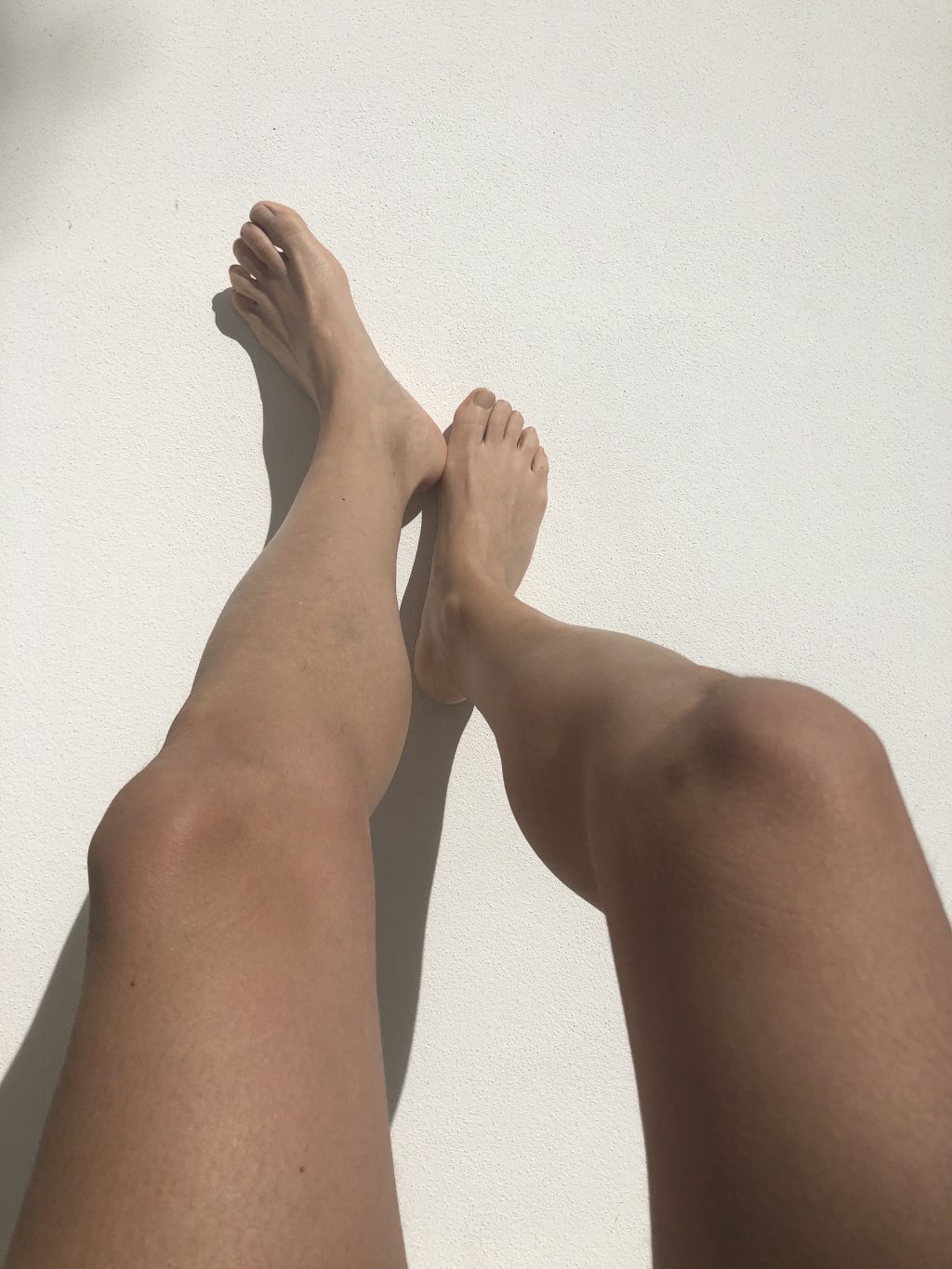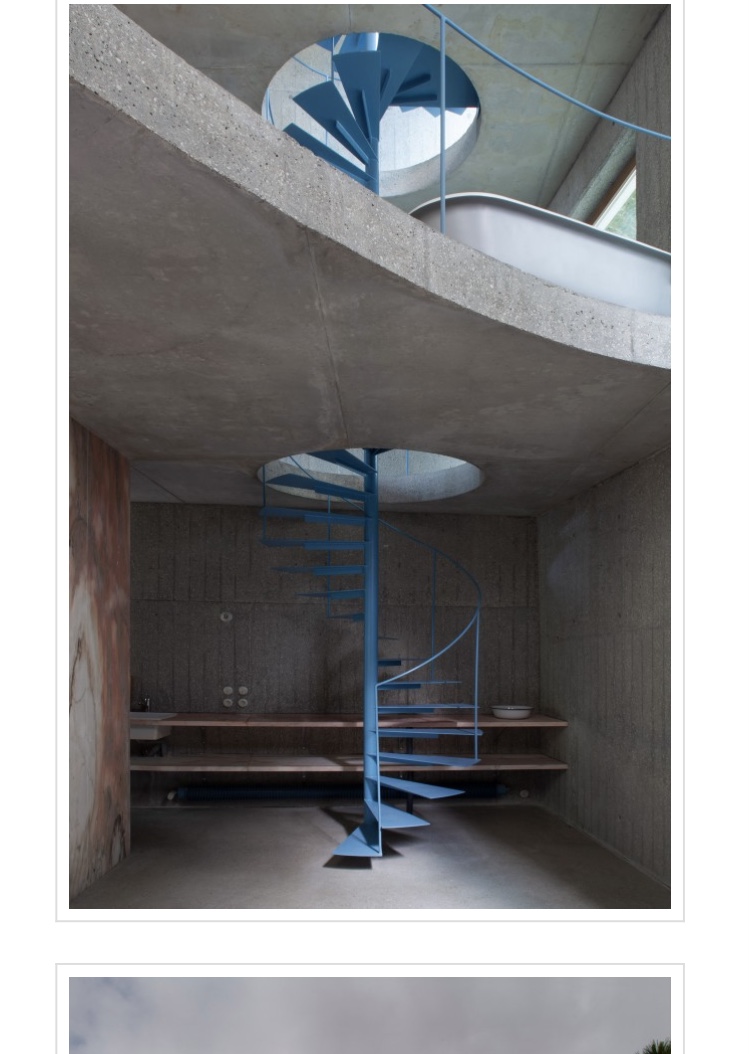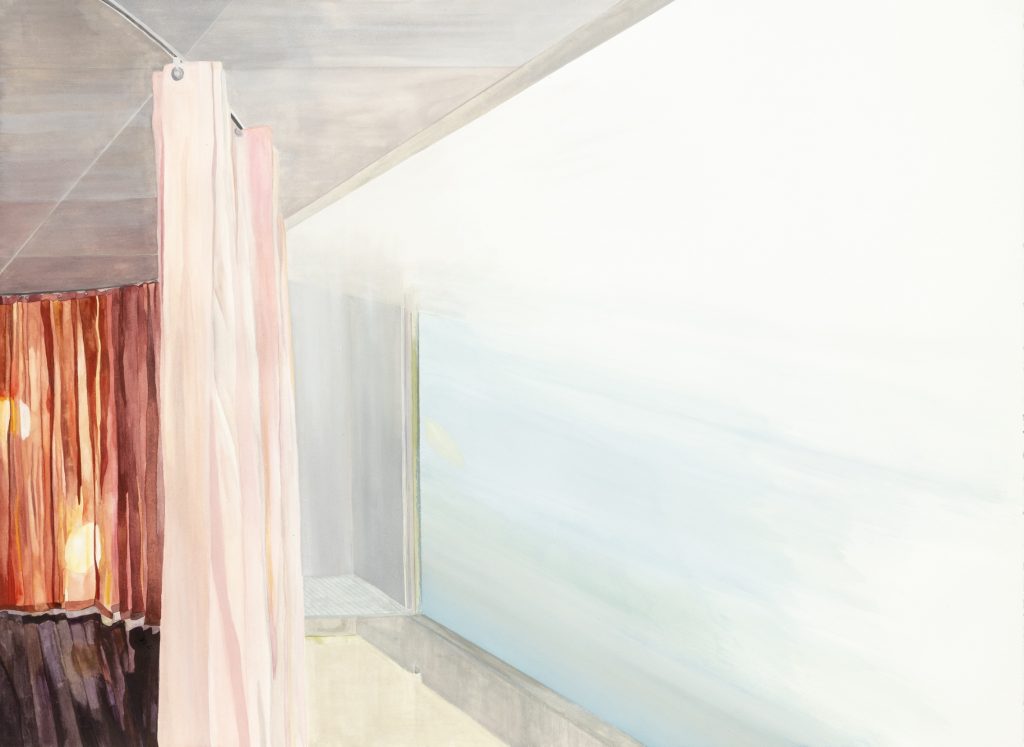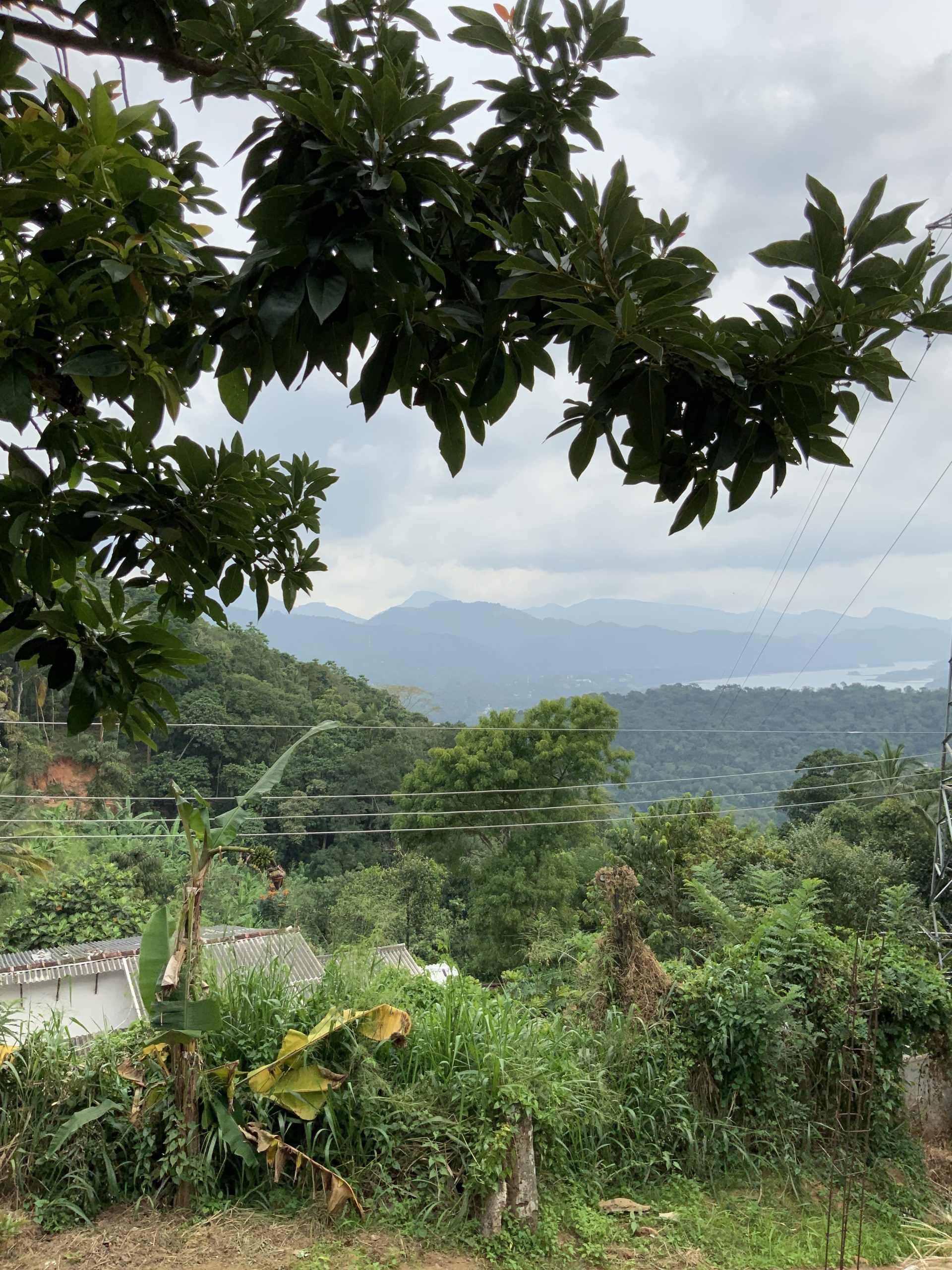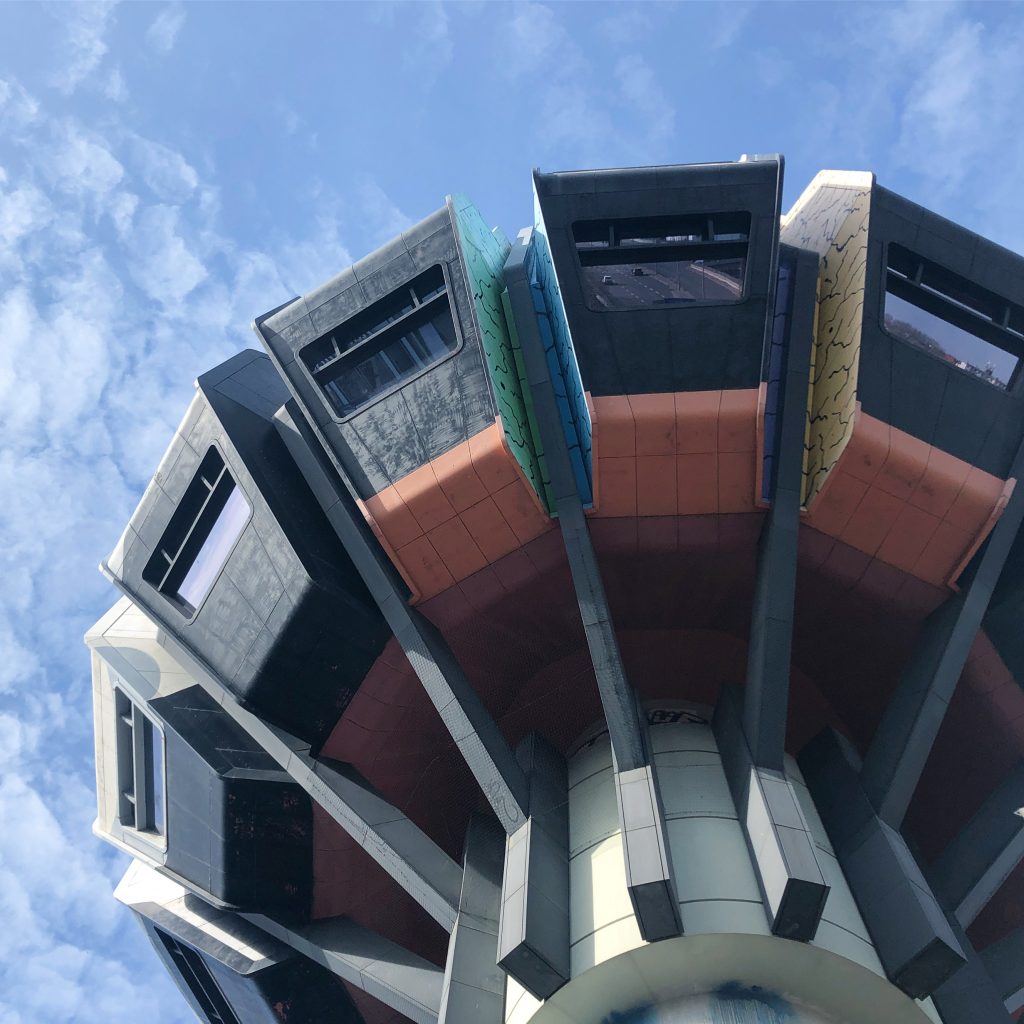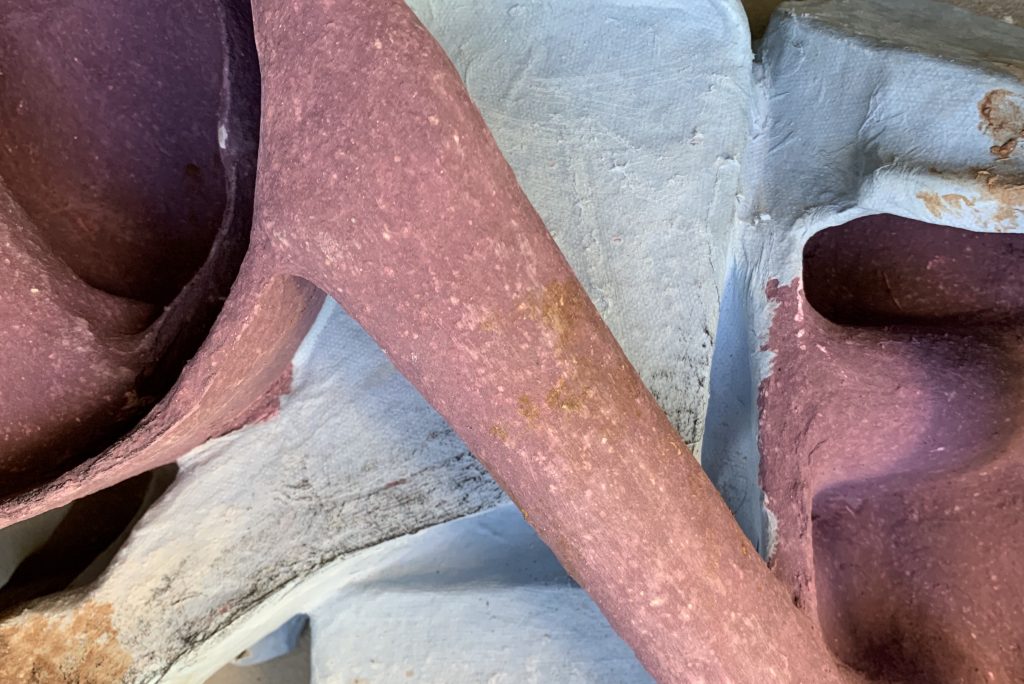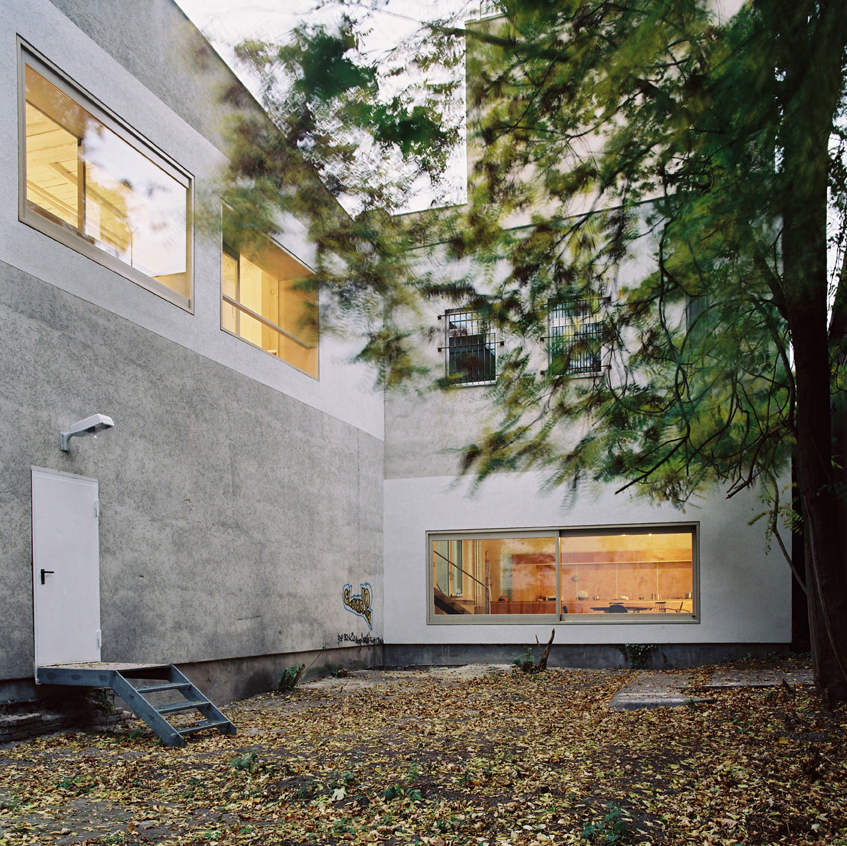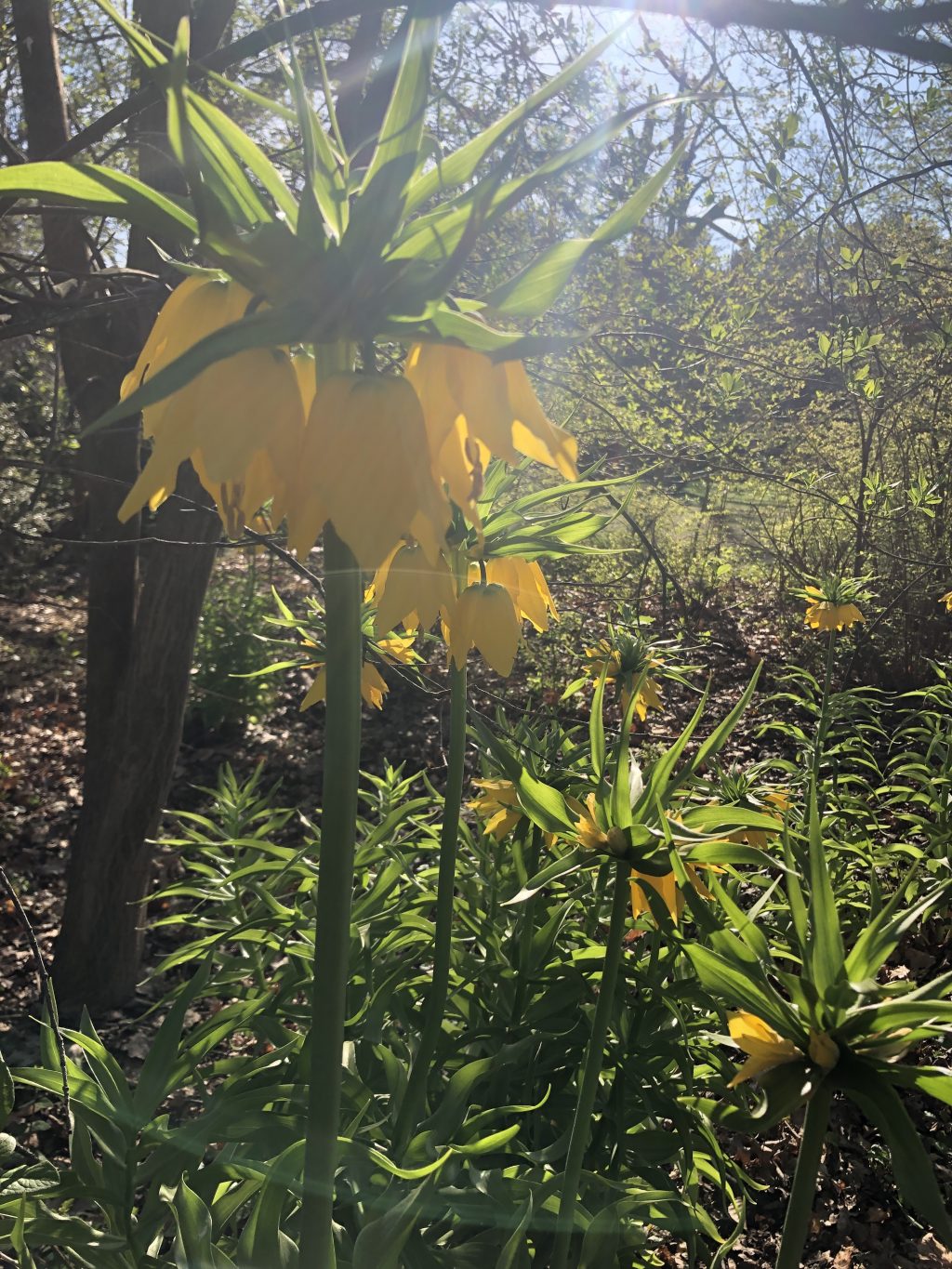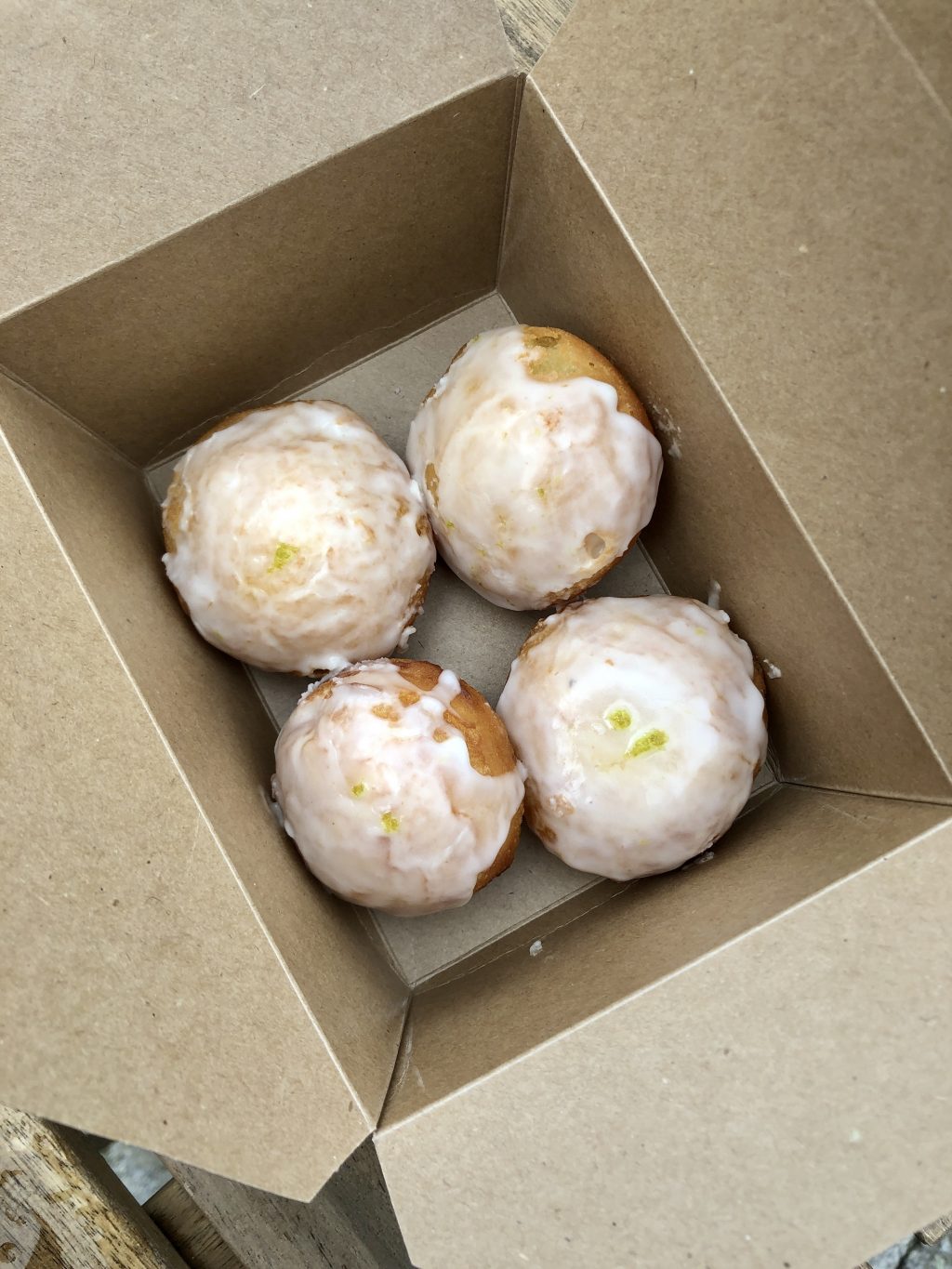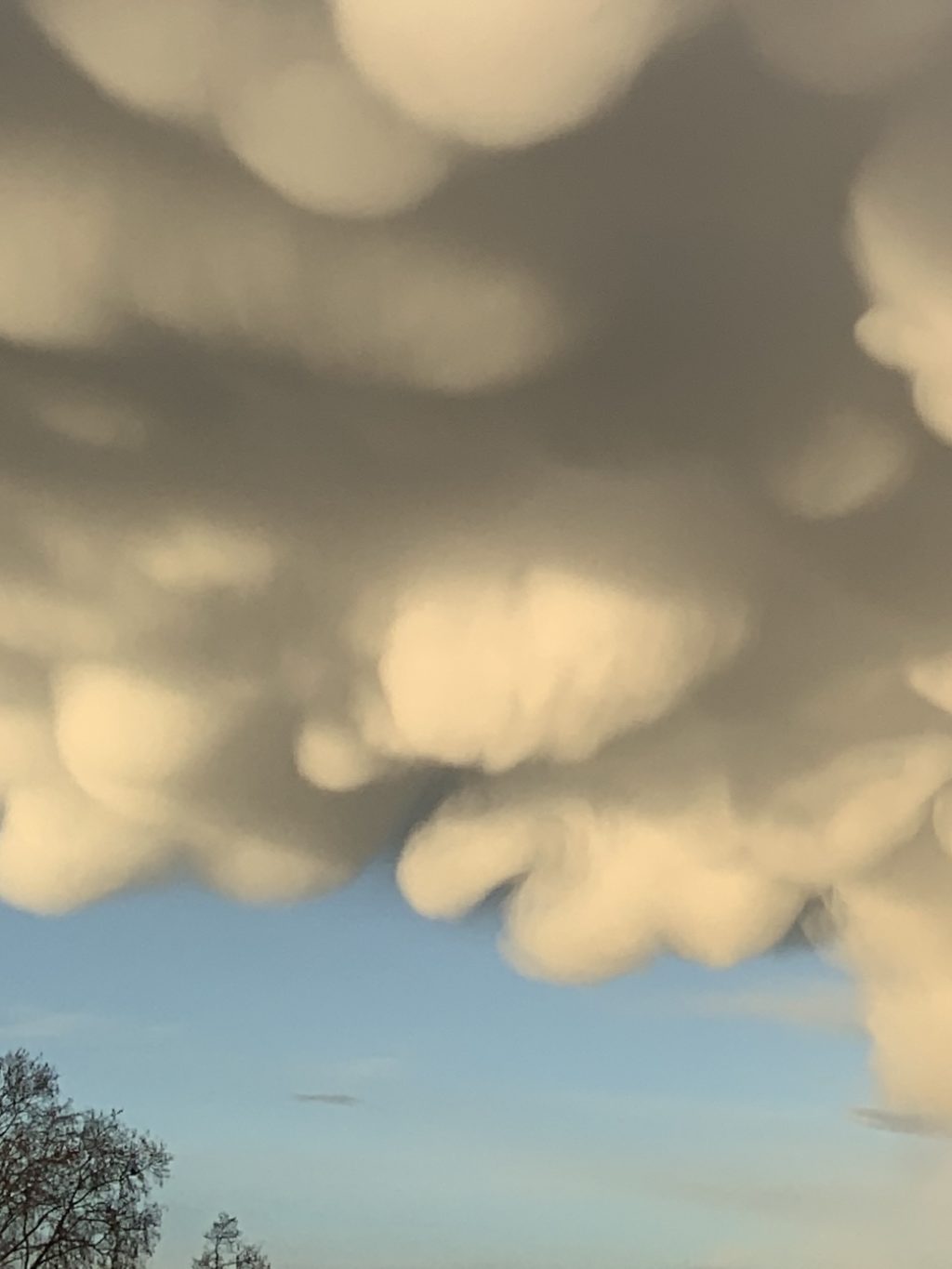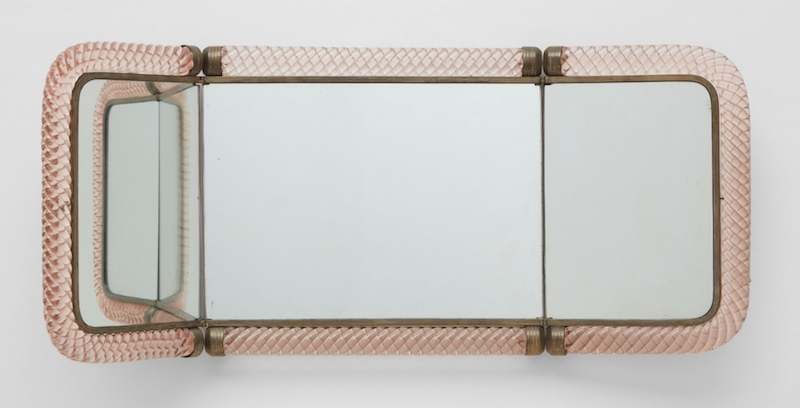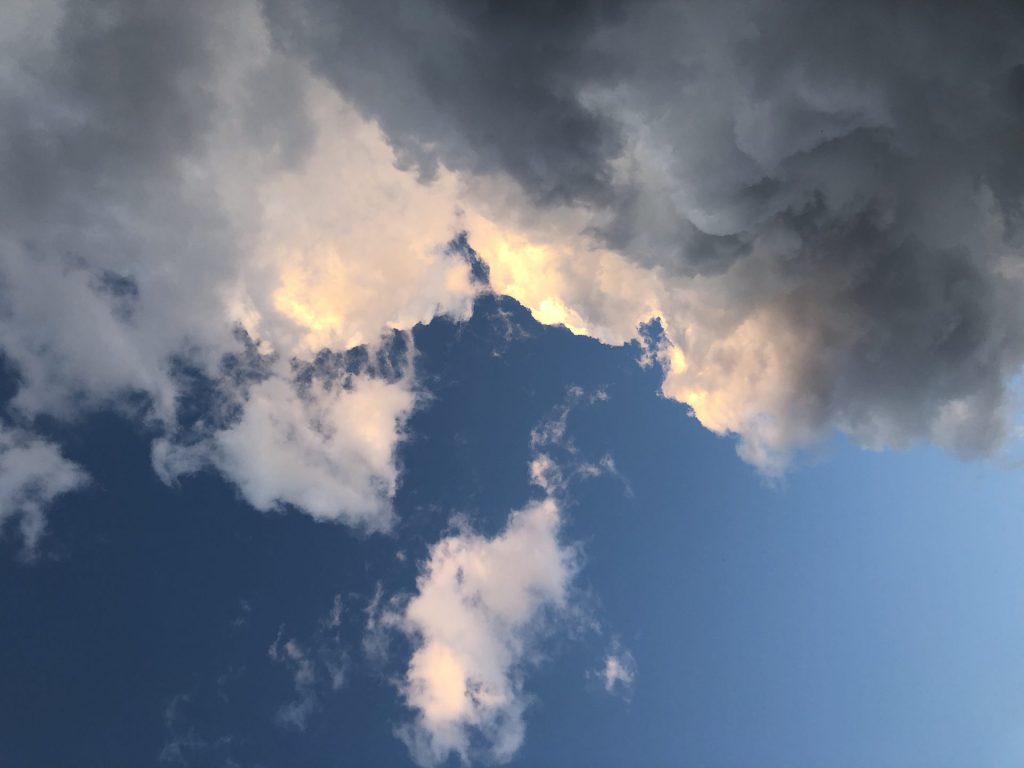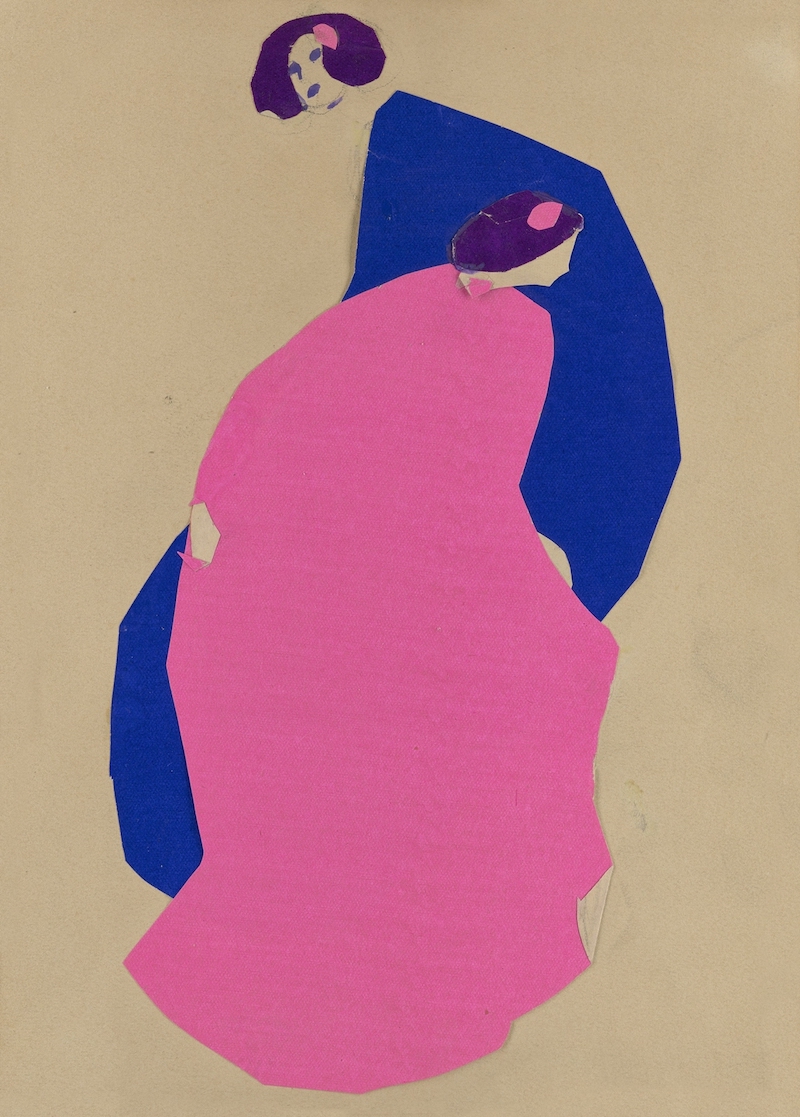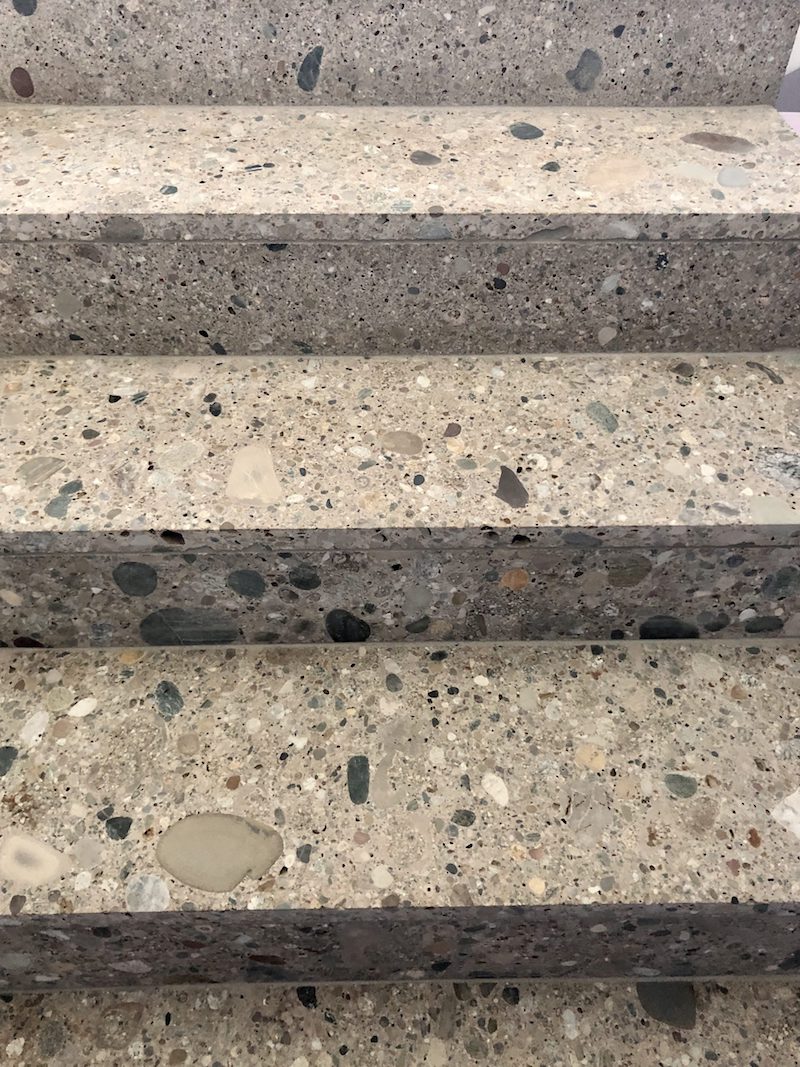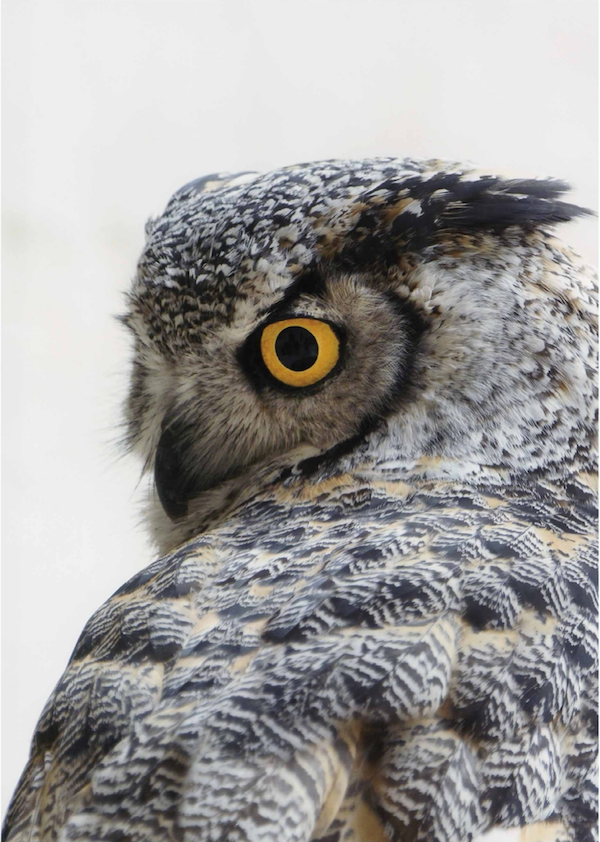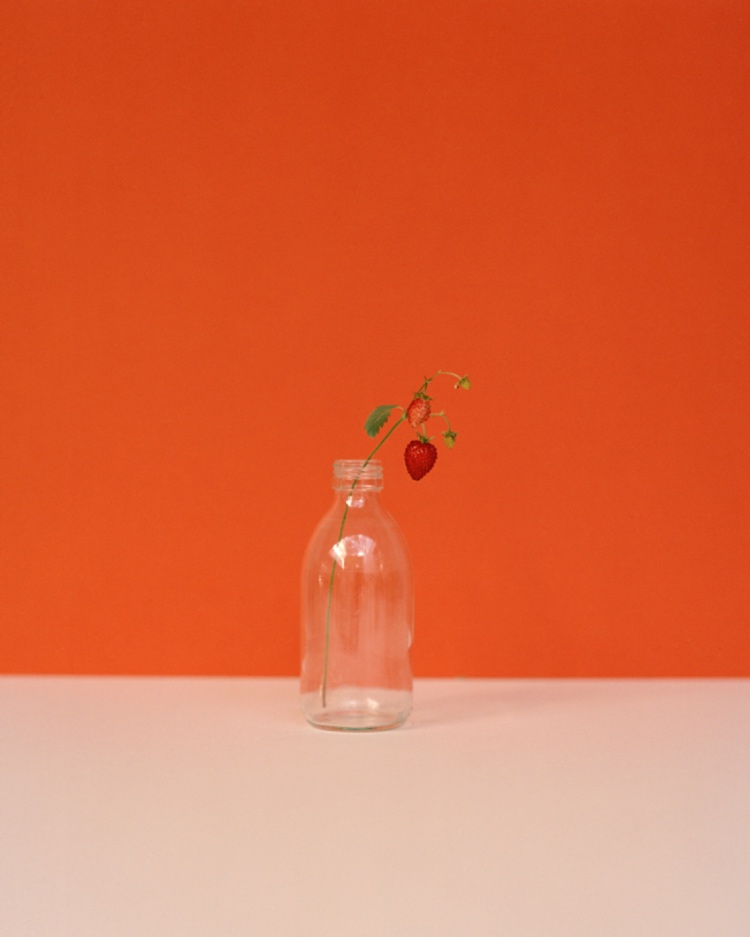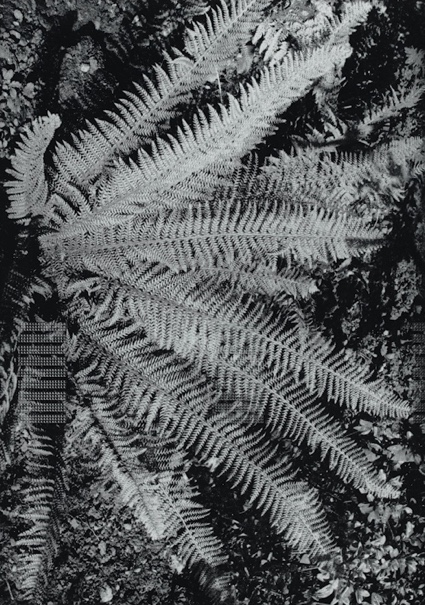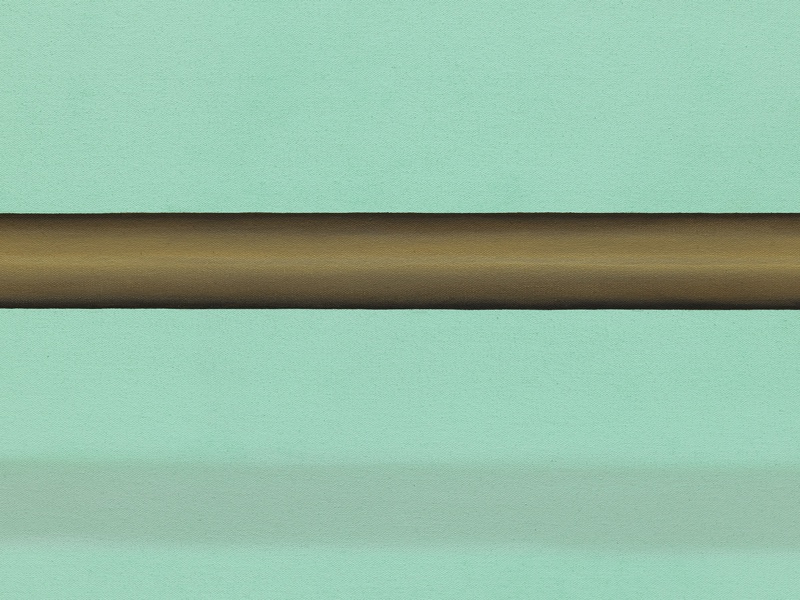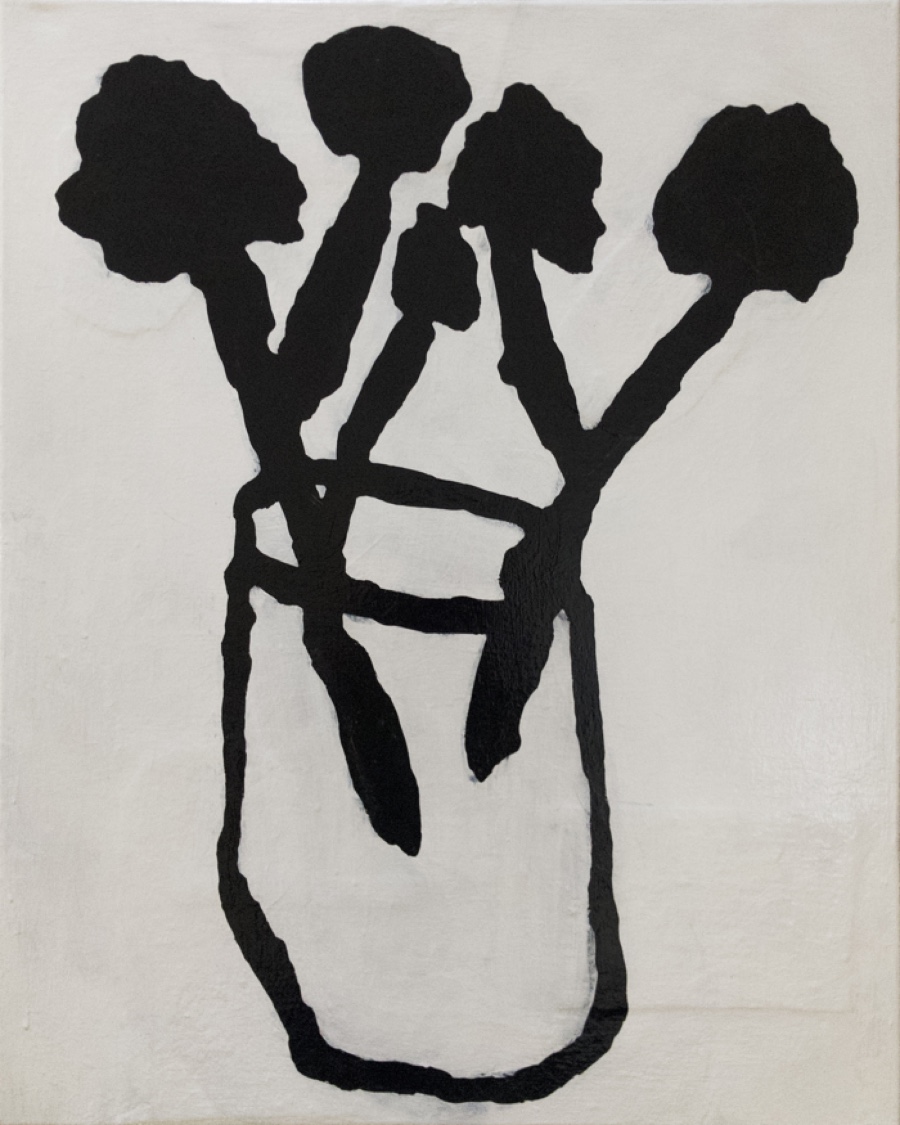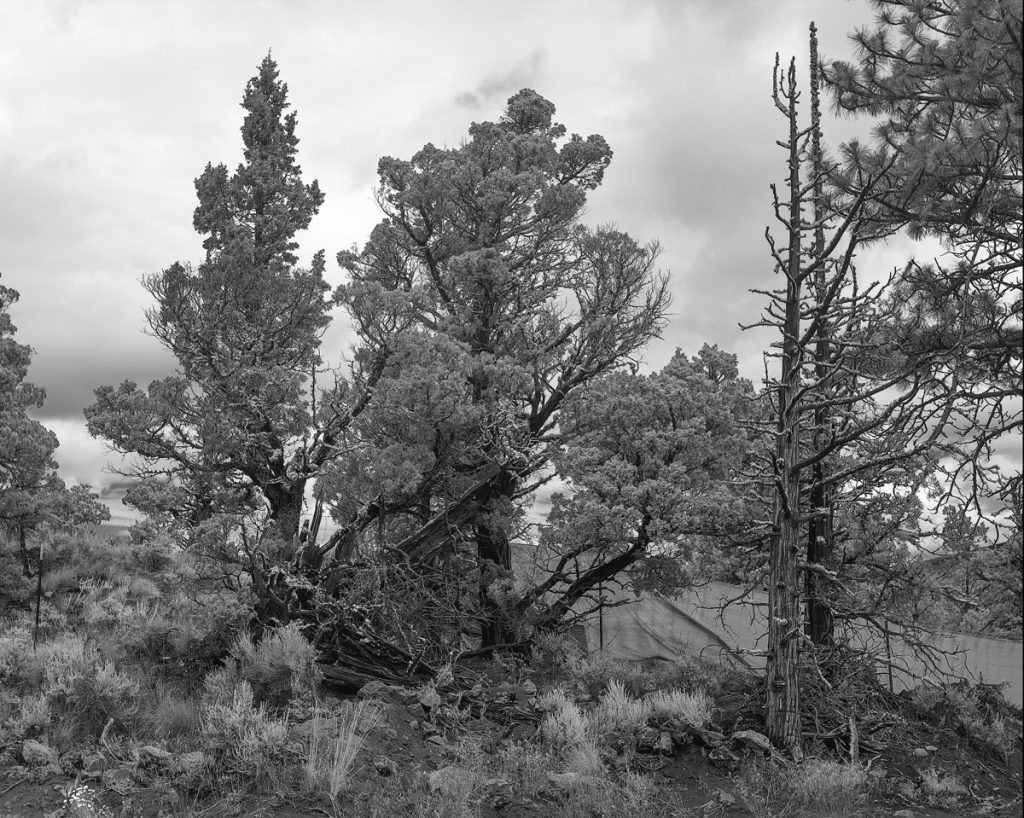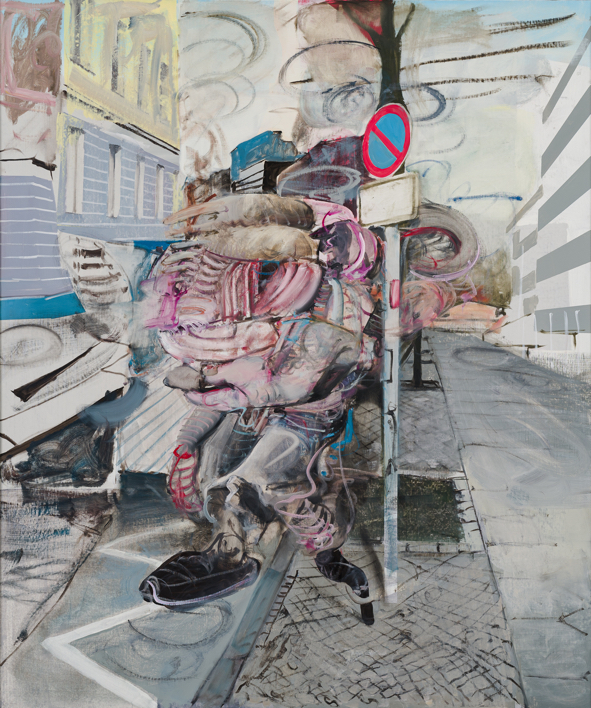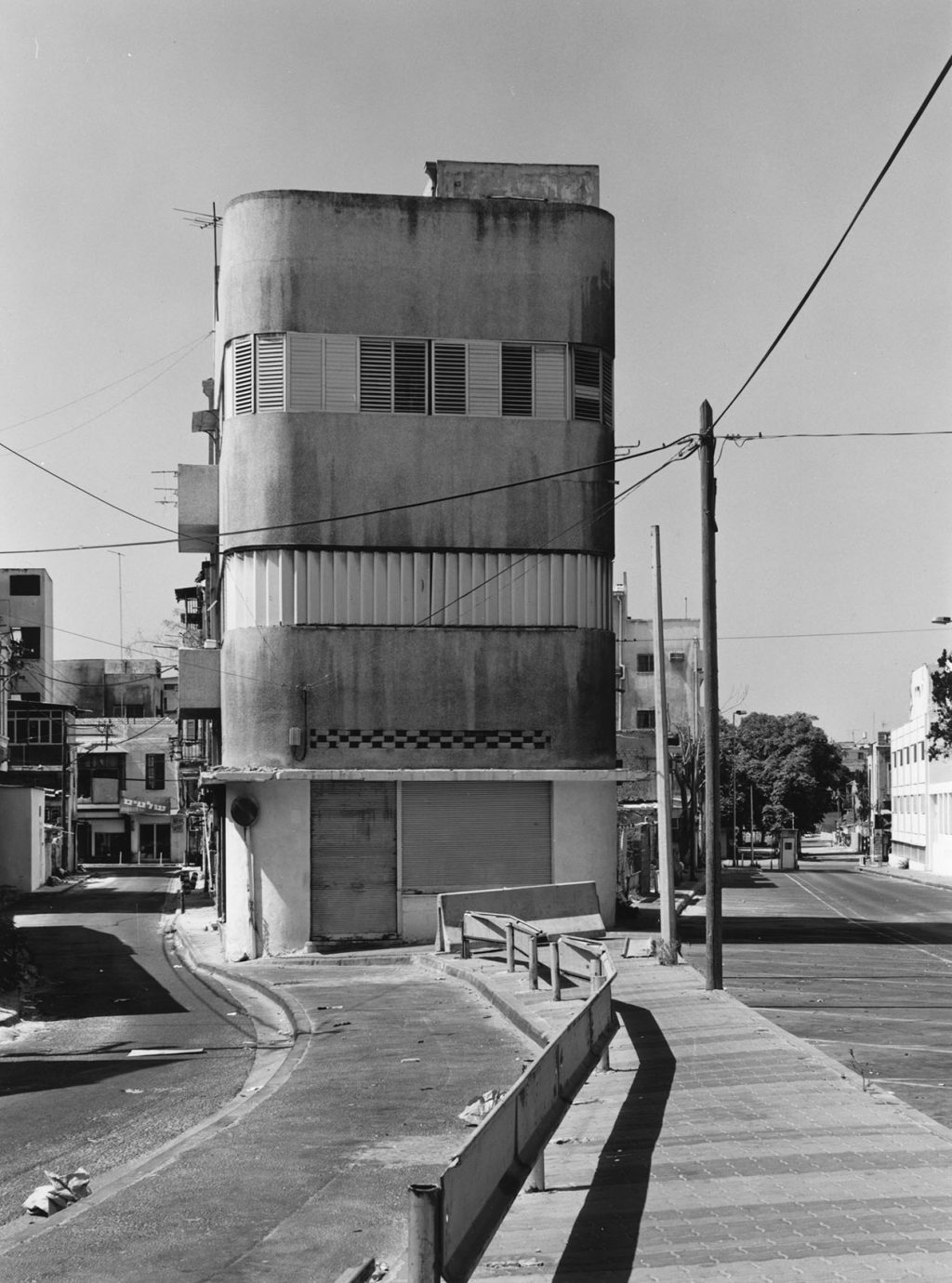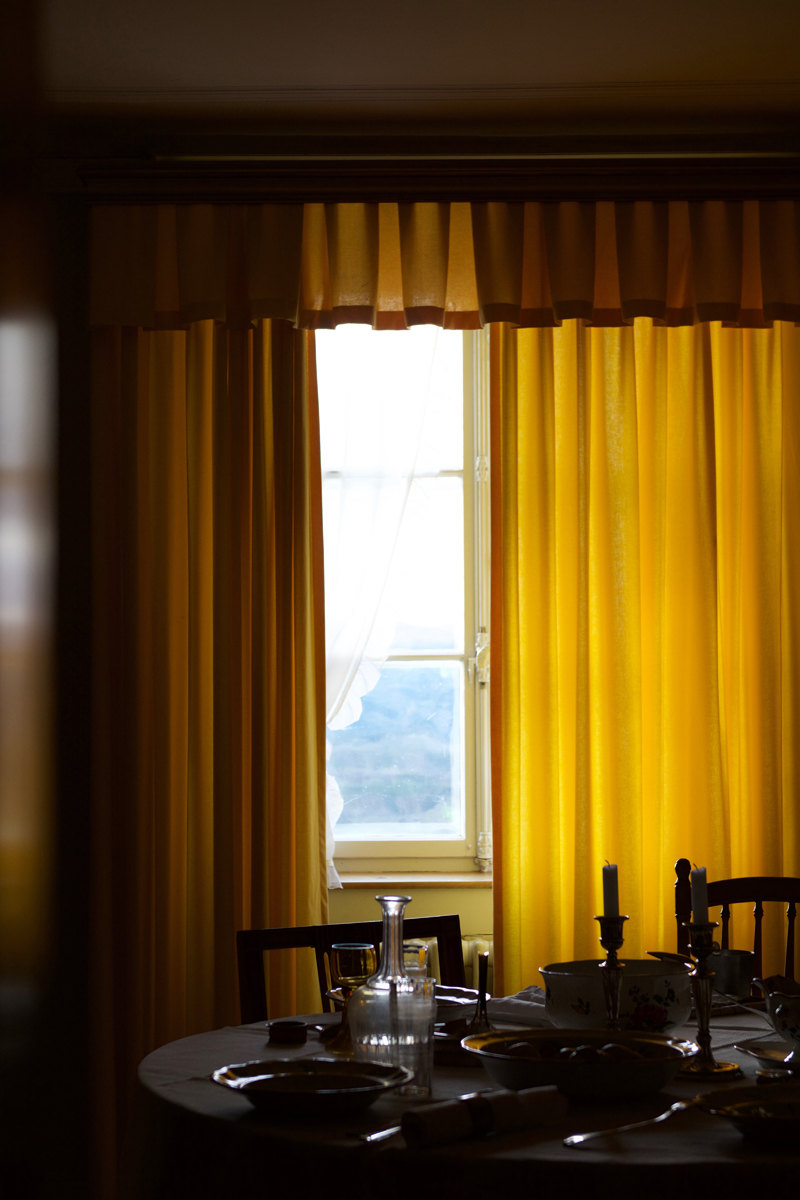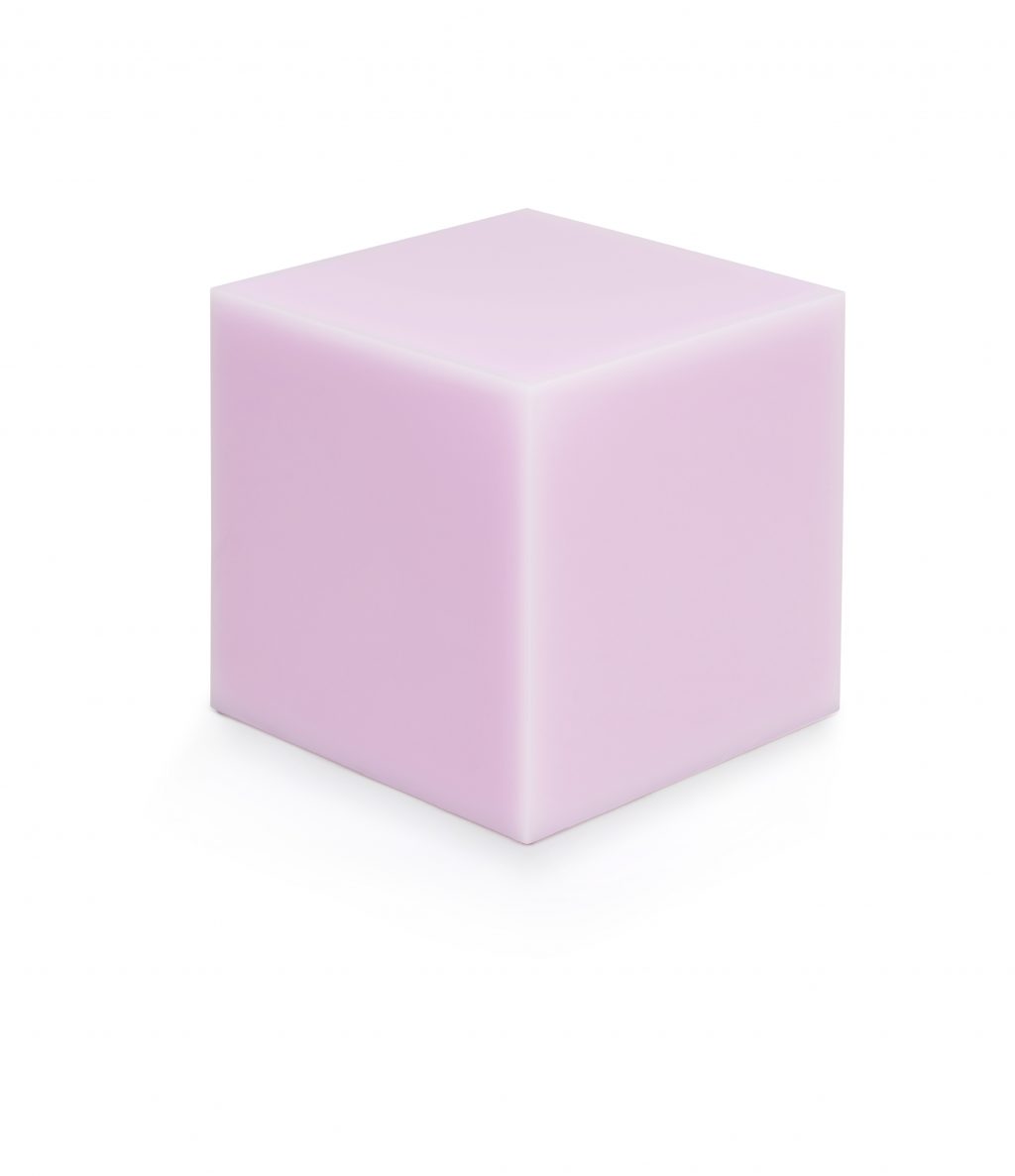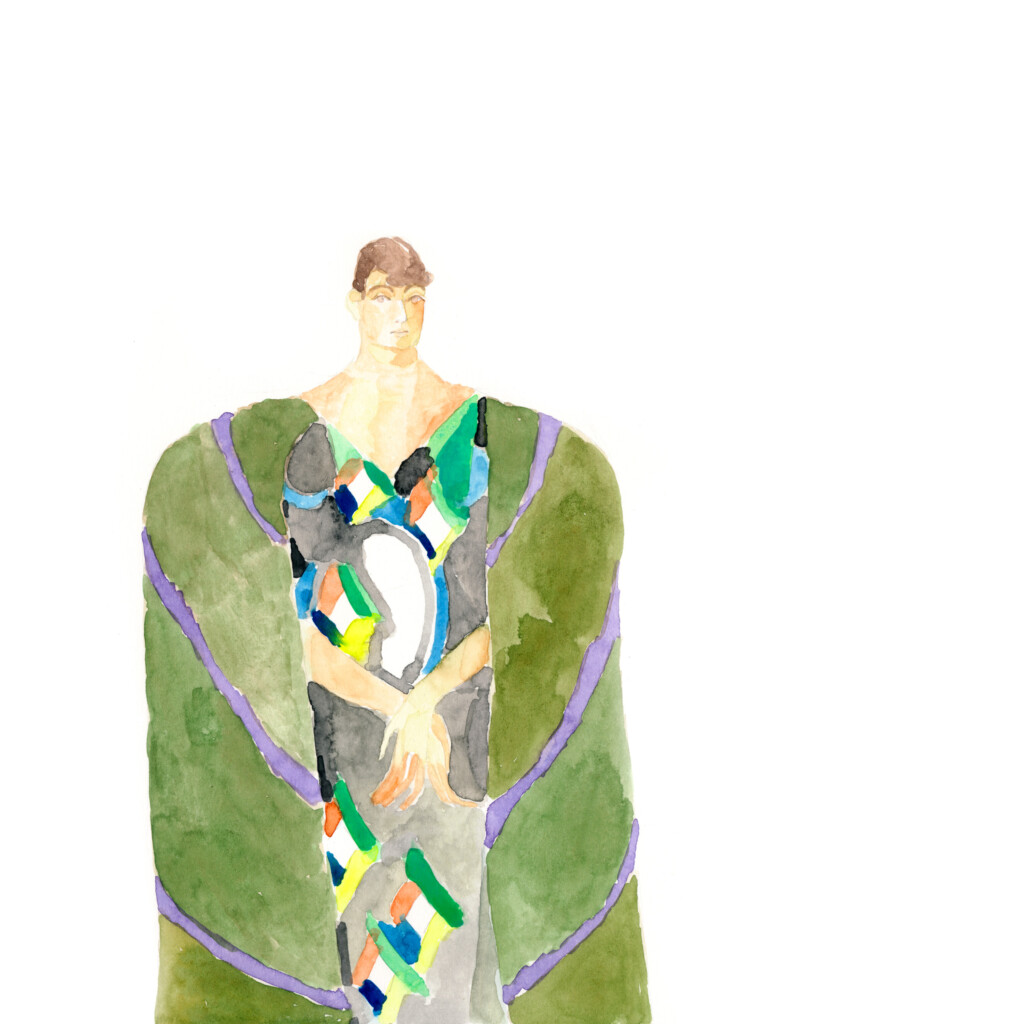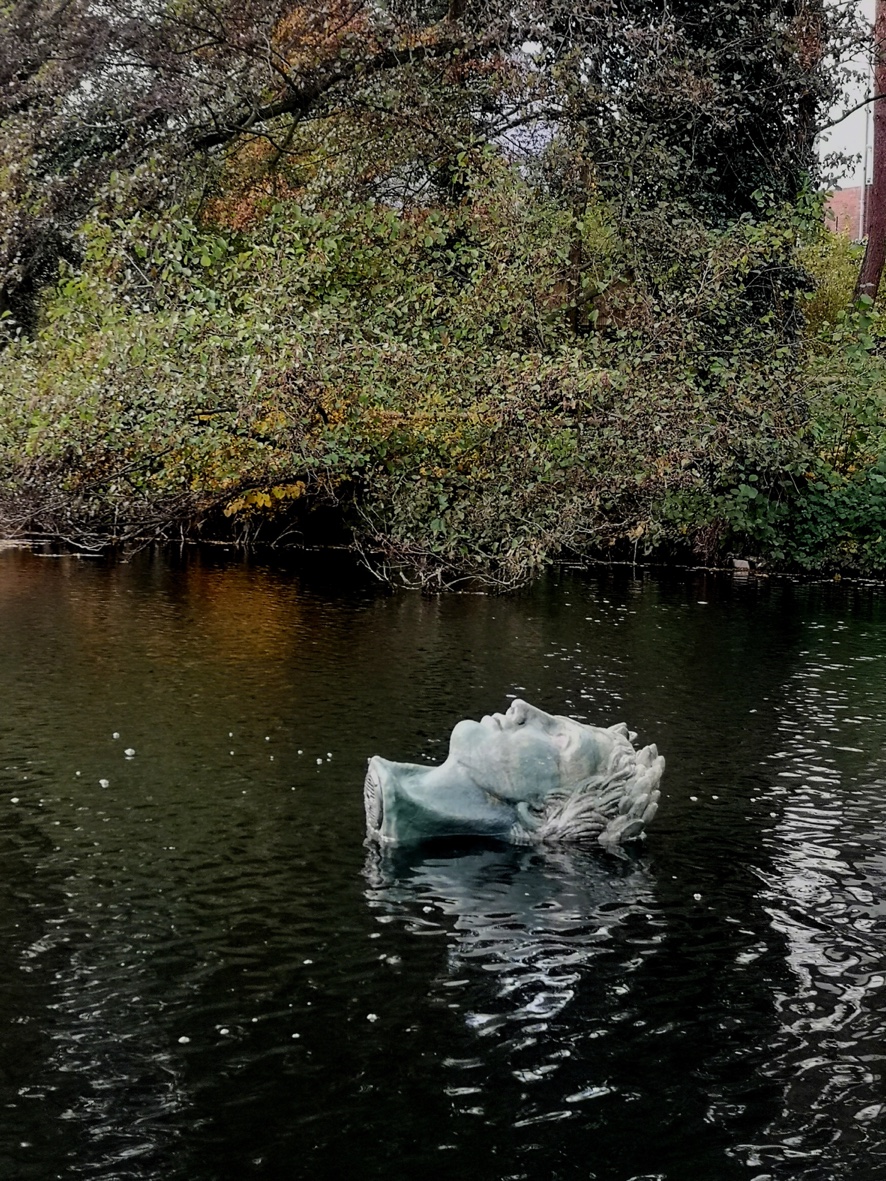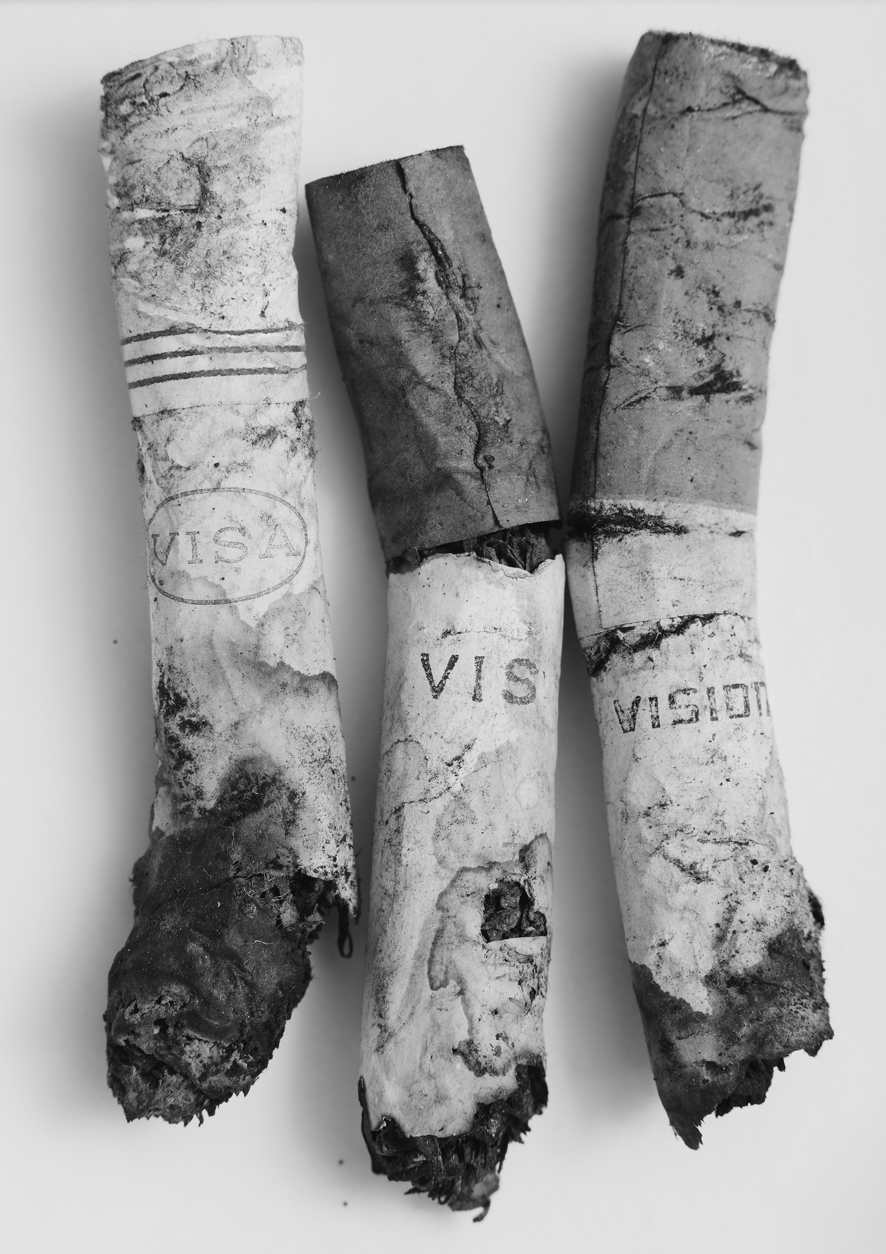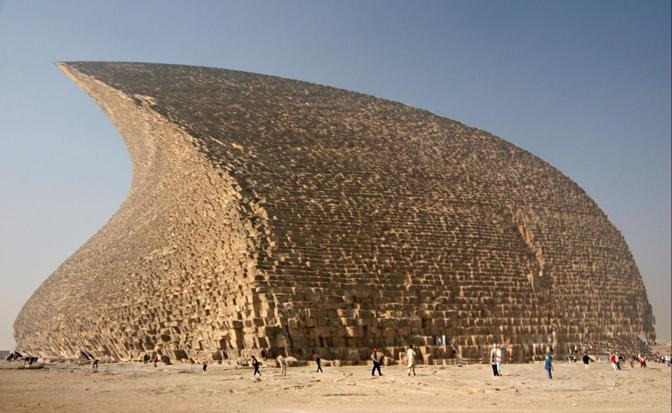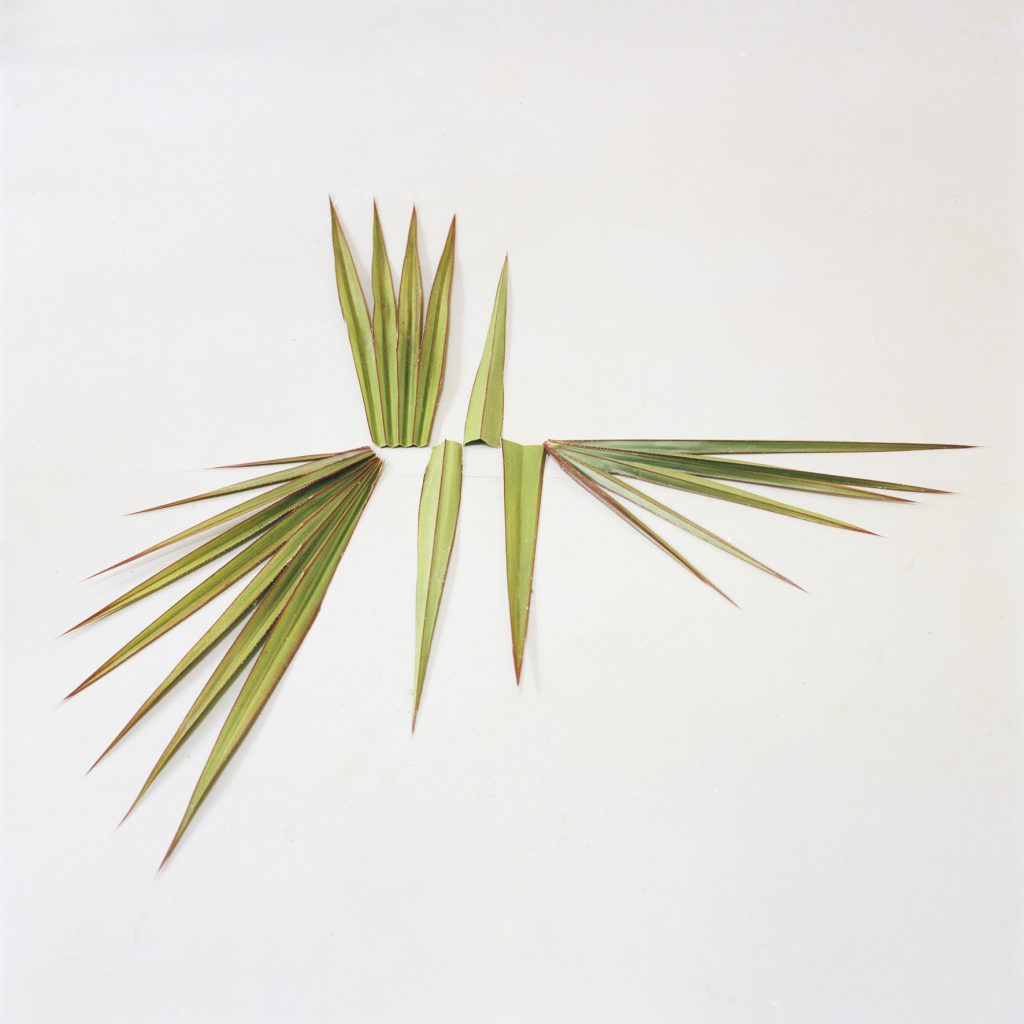Gallery Weekend Berlin has launched a new format: beginning with Gallery Weekend *Discoveries, the autumn edition will present annually a new thematic exhibition series. In 2021, the participating galleries were invited to focus on emerging and underrepresented positions and on artists who have not yet held exhibitions in the galleries before. Whether in solo shows or group exhibitions, the eager visitor could indeed make some great discoveries during that weekend: Emma Jääskeläinen’s huge but humorous sculptures at PSM, Igor Hosnedl’s slick surrealist paintings at EIGEN + ART and Daniel Hölzl’s site-specific installation in front of Dittrich&Schlechtriem have been highlights of the exhibition series.
A DOME FULL OF ART
The fourth edition of “The New Infinity” by Berliner Festspiele transforms the dome of the Zeiss-Großplanetarium into an immersive experience of contemporary art: a combination of audiovisual shows, full-dome world premieres and adaptations of classic avant-garde films come together in a programme that excites art lovers as much as film enthusiasts.
GONZALEZ HAASE AAS FOR MODES PORTO CERVO
By playing with Sardinia’s lively backdrop of colourful construction and lush vegetation, the architecture duo of Gonzalez Haase AAS created a unique space for the first Modes store in Porto Cervo. In contrast to the island’s hot temperatures, the architects chose to recreate Nordic weather-like progressions by implementing neutral grey shapes and surfaces to cover all floors, walls, and ceilings, complete with curtains made of metallic fibre that add both movement and light reflection to the composition. Across the three floors that make up the space, large display blocks, each unique in their shape and size, were crafted with a palette of one or two colours. Reminiscent of bright “buoys”, their silver surfaces offer an additional neutral background for presenting the retailer’s exclusive garments. Uniform lighting, suspended near the ceiling, contradicts what would be expected in such a climate, calling to reference the cool light of Northern regions.
Charming Ambiguity
Facing Munich’s Isar River, the Erhardt10 ensemble, created in collaboration between architect Thomas Kröger and Euroboden, aspires to not only fit in but enrich its prominent site. The medley of apartment typologies, courtyards and terraces are a homage to the diversity of the lively neighbourhood. A playful layering of traditional and contemporary references lends the facade depth and ambiguity: Erhardt10 appears simultaneously familiar and strikingly new.
A Culinary Vacation in Mitte’s Largest Fridge
For years, the owners of FRESKO have dreamt of bringing the best in Italian products to Berlin in a space that felt like Berlin, designed by Berlin. Italian cuisine shines with simplicity afforded by the high-quality ingredients that go into it. Consequently, the concept driving the new delicatessen is simple – rather than ten different types of pasta, olives, or oil, you will find just one of each – namely, the best that Italy has to offer. The design concept, developed by Sam Chermayeff and Arno Brandlhuber, highlights a nearly room-sized walk-in refrigerator, allowing passersby a sneak peek into the fine jars that await inside.
Swamplands on screen
Halle am Berghain is transformed into a vast virtual swamp in Jakob Kudsk Steensen’s Berl-Berl. The immersive installation, created as part of the LAS programme, dives into Berlin’s history as a wetland and the mythologies behind it. In cooperation with the Naturkunde Museum Berlin, the artist spent several months documenting the remaining wetlands around Brandenburg and used cutting-edge gaming and VR tools to generate a 3D digital world.
Wild With Purpose
For once, the latest project on the Vitra Campus in Weil am Rhein is not a building: in front of the VitraHaus, a perennial garden designed by Piet Oudolf invites guests to wander around and lose themselves in nature. Oudolf’s projects are known for their wild and untamed appearance, which (ironically) could not exist without meticulous planning. Throughout his projects, the Dutch designer strives to achieve a balanced composition: a community of plants – as he calls it – with distinct strengths and weaknesses, various flowering periods and life cycles. A garden that, in the end, can be enjoyed all year long.
Museum Sundays are for Everyone
Spot On the Vitra Schaudepot
Today, museums are fittingly encouraged to reevaluate the focus of their work, given it is also their collections that shape relevance, status, and success of artists and designers. With the new collection presentation at the Vitra Schaudepot, the museum is exploring the role of women in furniture design while also questioning the museum’s own practice. “Spot On: Women Designers in the Collection” seeks to strengthen awareness of female designers’ works and to give them an equal voice in public discourse. Featured designers are Inga Sempé, Reiko Tanabe, Matali Crasset, and Gunjan Gupta among others.
All That is Light
Alessia Pegorin and Antonia Insunza are As A Ceremony. Both architects by trade, they design interiors, luminaires, and light itself. Practicing extensive research and considering the users’ well-being as much as the potential impact on the environment, the designers implement their holistic approach into all their projects. Unique objects and interiors, reflecting on design conventions and the meaning of light within urban life, are one of the results.
Revitalising Work Spaces: Hospitality Meets the Office
Although now is not the first time that we need to reinvent our work environment, we might find ourselves asking what it is we expect and need from our offices today. Vitra’s answer is the Club Office. Usually, clubs are formed by like-minded people who get together to collaborate, exchange knowledge, and create. The Club Office shares the same spirit: it is a place of social belonging and identification, inviting people (back) to the heart of the organisation and once again bringing them together. By combining office elements with a hospitable atmosphere, the club fosters moments of serendipity and helps shape collective knowledge, while still offering flexible workspaces and meeting areas.
An Amplifier of Public Space
Amplifier, a site specific work by Bettina Pousttchi, draws on Karl Friedrich Schinkel’s 19th century architecture of the Berlin Concert Hall. A frontal view of the portico reveals five photographically printed columns between the six familiar Ionic columns. Unlike the historic ones, Bettina Pousttchi’s columns extend beyond the first pediment, leading directly to the portico’s higher second pediment. By altering the familiar dimensions, the installation changes the real perception of the building, creating a new experience of its own.
Cinema dates in Siemensstadt with Hans Scharoun
How can motion picture best present a discourse on labour? Set against the architectural backdrop of Berlin’s reform settlement Siemensstadt, the online film series, KINO SIEMENSSTADT – The complex of Labour, explores this very question through a ten-week online series. Together with the accompanying exhibition Anette Rose, Techno Textiles at Scharaun Project Space for Art and Architecture invites artists to reflect on the subject of ‘work’ through film and video set in the local context of Siemensstadt as a working-class neighbourhood.
2038, ENTERING A NEW SERENITY
The German contribution to the 17th Architecture Biennale tunes in from the year 2038 to tell the story of a world, in which everything, though imperfect, has been made better in a profound way. Based on the collective knowledge from international experts across the fields of architecture, art, ecology, economy, philosophy, politics, science and technology, 2038 illustrates, through a series of films, an emergence from crises into a world of radical democracy and viable solutions for co-existence.
HYBRID GALLERY WEEKEND
On the occasion of the 17th Gallery Weekend, 49 Berlin galleries presented high-calibre exhibitions, featuring both established and up and coming artists to a local and international public. Despite all odds, the presentation was accessible both on-site and online through an all-encompassing digital format, which allowed Gallery Weekend exhibitions to be fully explored remotely for the very first time. Bureau N was involved in the realisation of the online double including a web journal, commissioned features with galleries and art-world persona, Instagram TV exhibition previews and the moderation of live tours across all participating galleries.

